Wolseley Motors
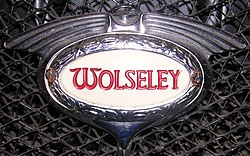 |
|
| Industry | Automotive |
|---|---|
| Fate | Merged |
| Successor | British Motor Corporation |
| Founded | 1901 |
| Defunct | 1975 |
| Headquarters | Birmingham, England |
|
Key people
|
Thomas and Albert Vickers Herbert Austin J D Siddeley A J McCormack W R Morris |
| Product type | Automotive marque |
|---|---|
| Owner | SAIC Motor |
| Discontinued | 1987 |
| Previous owners | Vickers, Sons and Maxim(1901–1927) W R Morris (1927–1935) Morris Motors Limited (1935–1952) BMC (1952–1967) British Leyland (1967–1986) Rover Group (1986–1988) BAe (1988–1994) BMW (1994–2000) MG Rover (2000–2005) NAC (2005–2007) |
Wolseley Motors Limited owned a British motor vehicle manufacturer founded in early 1901 by the Vickers armaments combine in conjunction with Herbert Austin. It initially made a full range topped by large luxury cars and dominated the market in the Edwardian era. The Vickers brothers died and without their guidance Wolseley expanded rapidly after the war, manufacturing 12,000 cars in 1921, and remained the biggest motor manufacturer in Britain.
Over-expansion led to receivership in 1927 when it was bought from Vickers Limited by William Morris as a personal investment and years later moved into his Morris Motors empire just before the Second World War. After that its products were “badge-engineered” Morris cars. Wolseley went with its sister businesses into BMC, BMH and British Leyland, where its name lapsed in 1975.
Founding 1901
|
Sir Hiram Maxim |
|
 Colonial tourer 1912
Colonial tourer 1912
The Wolseley Tool and Motor Car Company Limited
Hiram Maxim, inventor of the machine gun that bears his name and by then a member of the combine Vickers Sons & Maxim, had consulted Herbert Austin at Wolseley in the late 1890s a number of times in relation to the design of flying machines, which he was developing and constructing. Maxim made use of a number of suggestions made by Austin in Maxim’s activities at his works in Crayford, Kent. Once the sheep-shearing company had decided they would not pursue their automobile interest an approach was made and agreement quickly reached.
The Wolseley Tool and Motor Car Company of Adderley Park Birmingham was incorporated in March 1901 with a capital of £40,000 by Vickers, Sons and Maxim to manufacture motor cars and machine tools. The managing director was Herbert Austin. The cars and the Wolseley name came from Austin’s exploratory venture for The Wolseley Sheep Shearing Machine Company Limited, run since the early 1890s by the now 33-year-old Austin. Wolseley’s board had decided not to enter the business and Maxim and the Vickers brothers picked it up. After his five-year contract with The Wolseley Tool and Motor Car Company ended Austin founded The Austin Motor Company Limited.
Austin’s Wolseley cars
Austin had been searching for other products for WSSMC because sale of sheep-shearing machinery was a highly seasonal trade. About 1895–96 he became interested in engines and automobiles. During the winter of 1895–96, working in his own time at nights and weekends, he made his own version of a design by Léon Bollée that he had seen in Paris. Later he found that another British group had bought the rights and he had to come up with a design of his own, having persuaded the directors of WSSMC to invest in the necessary machinery.
In 1897 Austin’s second Wolseley car,
the Wolseley Autocar No. 1 was revealed. It was a three-wheeled design (one front, two rear) featuring independent rear suspension, mid-engine and back to back seating for two adults. It was not successful and although advertised for sale, none were sold.

The third Wolseley car, the four-wheeled Wolseley “Voiturette” followed in 1899. A further four-wheeled car was made in 1900.
The 1901 Wolseley Gasoline Carriage featured a steering wheel instead of a tiller. The first Wolseley cars sold to the public were based on the “Voiturette”, but production did not get underway until 1901, by which time the board of WSSMC had lost interest in the nascent motor industry.
Thomas and Albert Vickers, directors of Vickers and Maxim Britain’s largest armaments manufacturer had much earlier decided to enter the industry at the right moment and impressed by Austin’s achievements at WSSMC they took on his enterprise. When Austin’s five-year contract officially ended in 1906 they had made more than 1,500 cars, Wolseley was the largest British motor manufacturer and Austin’s reputation was made.
The company had been formed in March 1901. By 1 May 1901 Austin had issued his first catalogue. There were to be two models, 5 hp and 10 hp. They were both available with either a Tonneau or a Phaeton body with either pneumatic or solid tyres. For an additional outlay of thirty shillings (£1.50) the 10 hp model would be fitted with a sprag to prevent it running backwards. “We recommend pneumatic tyres for all cars required to run over twenty miles an hour. Austin then provided a paragraph as to why his horizontal engines were better lubricated (than vertical engines) and that 750 rpm, the speed of his Wolseley engines, avoided the short life of competing engines that ran between 1,000 and 2,000 rpm.”
The association with Vickers not only helped in general design but in the speed of production and provision of special steels
- The Wolseley range from 1901 to 1905.
Engines were horizontal which kept the centre of gravity low. Cylinders were cast individually and arranged either singly, in a pair or in two pairs which were horizontally opposed. The crankshaft lay across the car allowing a simple belt or chain-drive to the rear axle:
1902 The 5hp MC-Wolseley
1904 Wolseley 6hp Light Car, 5 hp, 6 hp from 1904
1903 Wolseley 7,5hp tonneau AC-Wols
1904 Wolseley 8 hp tonneau, 7½ hp, 8 hp from 1904
1902 Wolseley 10 hp tonneau WTC
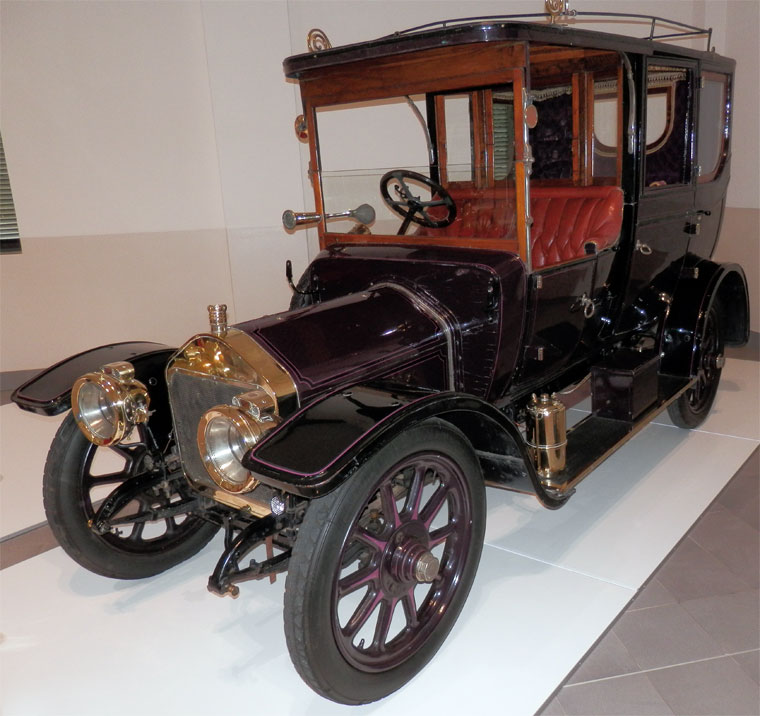 1910 Wolseley 12hp-16 Town Car. 2,226 cc, 10 hp, 12 hp from 1904
1910 Wolseley 12hp-16 Town Car. 2,226 cc, 10 hp, 12 hp from 1904
1912 Wolseley 16-20hp Landaulette
from 1904 16 hp
1903 Wolseley 20hp tonneau 6seats reliable hill-climbing
1904 Wolseley 2 cyl 20hp shooting brake London to Brighton
20 hp, 24 hp from 1904
in 1904 Queen Alexandra bought a 5.2-litre 24 hp landaulette with coil ignition, a four-speed gearbox and chain drive.
Siddeley
Austin’s resolute refusal to countenance new vertical engines for his Wolseleys, whatever his directors might wish, led to Austin handing in his resignation the year before his contract ended. Curiously in his new Austin enterprise all the engines proved vertical but there he had to suffer a new financial master. Vickers replaced Austin by promoting Wolseley’s London sales manager, John Davenport Siddeley to general manager. As Austin was aware Vickers had earlier built, in association with Siddeley, Siddeley’s vertical-engined cars at their Crayford Kent factory. The new Siddeley cars began to overtake Wolseley’s sales of “old-fashioned” horizontal-engined cars. In early 1905 they hired Siddeley for their London sales manager and purchased the goodwill and patent rights of his Siddeley car.
Siddeley, on his appointment to Austin’s former position, promptly replaced Austin’s horizontal engines with the now conventional upright engines. With him he brought his associate Lionel de Rothschild as a member of the Wolseley board. Together they gave the business a new lease of life. At the November 1905 Olympia Motor Show, the first at the former National Agricultural Hall, two small 6 hp and 8 hp cars were still exhibited with horizontal engines but there were also Siddeley’s new 15, 18 and 32 hp cars with vertical engines. This switch to vertical engines brought Wolseley a great deal of publicity and their products soon lost their old-fashioned image.
However a tendency then arose for journalists to follow the company’s full-page display advertising and drop the first word in Wolseley Siddeley — “Siddeley Autocars made by (in smaller typeface) the Wolseley Tool . . .” Certainly it was true the new engines were named Siddeley engines. Meanwhile, under Siddeley Wolseley maintained the sales lead left to him by Austin but, now run from London not (Austin’s base) Birmingham, the whole business failed to cover overheads. A board member, Walter Chetwynd, was set to find a solution. It was decided the business operated from too many different locations. First the board closed the Crayford Kent works, moving the whole operation back to Birmingham and dropping production of commercial vehicles and taxicabs – a large number of which, 500+, were made during Siddeley’s time including an early 10 hp taxicab made in 1908 sold to a Mr W R Morris of Holywell St. Oxford who ran a garage there and hire car business as well as making bicycles. Then the London head office followed. After some heated discussions Siddeley resigned in the spring of 1909 and Rothschild went too. Ernest Hopwood was appointed managing director in August 1909. Siddeley was to go on to manage the Deasy Motor Company and a notable commercial career.
Wolseley Italy or Wolsit
Wolsit Officine Legnanesi Autmobili was incorporated in 1907 by Macchi Brothers and the Bank of Legnano to build Wolseley cars under licence in Legnano, about 18 kilometres north-west of central Milan. A similar enterprise, Fial, had started there a year earlier but failed in 1908. Wolsit automobile production ended in 1909, the business continued but made luxury bicycles. Emilio Bozzi made the Ciclomotore Wolsit from 1910 to 1914. A team of Wolsit cars competed in motoring events in 1907.
- The Wolseley range in 1909:
12/16 hp
16/20 hp
20/24 hp
24/30 hp
30/34 hp
40 hp
40/50 hp
60 hp
After 1911 the name on the cars was again just Wolseley.
Chetwynd’s recommendations soon lead to a revival in profits and a rapid expansion of Wolseley’s business. The Adderley Park factory was greatly extended in 1912. These extensions were opened in 1914 but there was not sufficient space for the new Stellite model which was instead produced and marketed by another Vickers subsidiary, Electric and Ordnance Accessories Company Limited.
Machine tools, buses, rail engines etc
Wolseley was not then as specialised in its operations as members of the motor industry were to become. For other members of the Vickers group they were general engineers and they also handled engineering enquiries directed on to them by other group members. Wolseley built double-decker buses for the Birmingham Corporation. They also built many specials such as electric lighting sets and motor boat engines – catalogued sizes were from 12 hp to 250 hp with up to twelve cylinders and complete with gearboxes. Fire engines too and special War Office vehicles being a subsidiary of a major armaments firm. As befits a company with tool in its name they built machine tools including turret lathes and horizontal borers though chiefly for their own use or for group members. Very large engines were made to power railcars, those made for the Delaware and Hudson railroad powered a petrol-electric system.
Marine and aero-engines
 HMA No. 1 Mayfly at her mooring, Barrow-in-Furness September 1911
HMA No. 1 Mayfly at her mooring, Barrow-in-Furness September 1911
While at first Wolseley supplied engines for launches, made for them by Teddington Launch Works, they moved on to small river craft and light coasting boats. The demand for engines for larger vessels grew. It was not uncommon for orders to be booked for 70-foot (21 m) yachts, racing launches and ferry boats to carry fifty or more passengers. These were manufactured by S E Saunders Limited at Cowes, Isle of Wight. Special engines were made for lifeboats. In 1906 horizontal engines of sixteen cylinders were designed and constructed for British submarines. They were designed to run at a low speed. High efficiency V8 engines were made for hydroplanes as well as straight eights to run on petrol or paraffin. Weight was very important and these engines were of advanced design. The airship Mayfly was fitted with Wolseley engines.
A Ferdinand de Baeder (1865–1944), Belgian holder of Aviator’s certificate No. 107, won Prix des Pilots, Prix des Arts et Metiers, Coupe Archdeacon, Prix Capitaine Berger at Châlons-en-Champagne in his Wolseley-engined Voisin biplane on 30 December 1909. By the summer of 1910 Wolseley were able to supply the following specially designed water-cooled aero-engines:
30 hp 4-cylinder, bore and stroke: 3¾ x 5½ inches, displacement 5.85 litres
60 hp V8-cylinder, bore and stroke: 3¾ x 5½ inches, displacement 11.7 litres.
They were soon followed by a 120 hp version
Caterpillar tracked tractors were designed and supplied to Robert Falcon Scott for his ill-fated second expedition to the Antarctic. Orders were also received for use by the Deutsche Antarktische Expedition.
In 1914 Russian lawyer Count Peter Schilowsky was supplied with a two-wheeled gyroscopically balanced car for use on narrow tracks in wartime.
Commercial vehicles
From 1912 lorries and other commercial vehicles were supplied. Until the outbreak of war in 1914 Wolseley offered six types of commercial vehicle from 12 cwt delivery van to a five-ton lorry with a 40 hp engine.
Wolseley Motors Limited 1914
By 1913 Wolseley was Britain’s largest car manufacturer selling 3,000 cars. The company was renamed Wolseley Motors Limited in 1914.
It also began operations in Montreal and Toronto as Wolseley Motors Limited. This became British and American Motors after the First World War. In January 1914 the chairman, Sir Vincent Caillard, told shareholders they owned probably the largest motor-car producing company in the country and that its factory floor space now exceeded 17 acres.
First World War
Entering wartime as Britain’s largest car manufacturer Wolseley initially contracted to provide cars for staff officers and ambulances. Government soon indicated their plant might be better used for supplies more urgently needed. Postwar the chairman, Sir Vincent Caillard, was able to report Wolseley had provided, quantities are approximate:
3,600 motorcars and lorries including the equivalent in spare parts
4,900 aeronautical engines including the equivalent in spare parts
760 aeroplanes
600 sets aeroplane spare wings and tailplanes
6,000 airscrews of various types
Director firing gear for 27 battleships, 56 cruisers and 160 flotilla leaders and destroyers
1,200 naval gun mountings and sights
10 transmission mechanisms for rigid airships
2,650,000 18-pounder shells
300,000 Stokes’s bombs
Aero engines produced in wartime included:
Renault eight and twelve-cylinder Vee-type
“Maybach” six-cylinder water-cooled 180 hp developed from a Maybach Zeppelin engine
The Dragonfly nine-cylinder air-cooled radial
Boucier fourteen-cylinder air-cooled radial
Hispano designed V8 known as the Viper. By 1918 sixty of these engine were being produced each week
Airship engines for the British Admiralty
The Scottish Horse Mounted Brigade‘s Field Ambulance developed an operating car, designed by Colonel H. Wade in 1914, which enclosed an operating table, sterilisers, full kit of instruments and surgical equipment, wire netting, rope, axes and electric lighting in a Wolseley car chassis. This operating car was employed during the Gallipoli Campaign at Suvla, in the Libyan Desert (during the Senussi Campaign) and at Kantara in Egypt, before being attached to the Desert Mounted Corps Operating Unit in 1917. Subsequently, taking part in the Southern Palestine Offensive, which culminated in the Capture of Jerusalem.
In 1918, Wolseley began a joint venture in Tokyo, with Ishikawajiama Ship Building and Engineering. The first Japanese-built Wolseley car rolled off the line in 1922. After World War II the Japan venture was reorganized, renaming itself Isuzu Motors in 1949.
Postwar expansion and collapse
Thomas Vickers died in 1915, and Albert Vickers in 1919, both having reached their eighties. During the war, Wolseley’s manufacturing capacity had rapidly developed and expanded. Immediately postwar, the Vickers directors decided to manufacture cars in large quantities at relatively cheap prices. Demand was good. They would borrow money, purchase the whole Ward End site and further expand Wolseley’s works. Vickers also decided to consolidate their motor car interests in one company. Wolseley accordingly purchased from within the Vickers group: Electric and Ordnance Accessories Company Limited, the Motor-Car (Stellite Car) Ordnance Department and the Timken Bearing Department and announced Wolseley’s future car programme would be:
- 1. 10 hp four-cylinder two or three-seater touring car based on the Wolseley designed Stellite car
- 2. 15 hp four-cylinder four-seater touring car
- 3. 20 hp six-cylinder chassis to be fitted with a variety of the best types of carriage work
Examples of all these models were exhibited at the Olympia Show in November 1919. The design of the 10 hp and 15 hp engines closely followed their wartime Hispano aero engine using an overhead camshaft. The public considered the 15 hp was too innovative and a new “14 hp” car using the same engine was hastily created to fill the gap.
Wolseley duly took over the Ward End, Birmingham munitions factory from Vickers in 1919 and purchased a site for a new showroom and offices in London’s Piccadilly by the Ritz Hotel. Over £250,000 was spent on the magnificent new building, Wolseley House. This was more than double their profits for 1919, when rewarding government contracts were still running. Those contracts ended. The government then brought in a special tax on “excess wartime profits”. There was a moulders’ strike from December 1919 to April 1920, but in spite of that it was decided to continue the manufacture of other parts. Then a short, sharp general trade slump peaked in July 1920 and almost every order Wolseley had on its books was cancelled. In 1920 Wolseley had reported a loss of £83,000. The following years showed even greater losses. Next, in October 1922, W R Morris startled the whole motor industry by a substantial reduction in the price of his cars. In 1924, Wolseley’s annual loss would reach £364,000.
Ernest Hopwood had been appointed Managing Director in August 1909 following Siddeley’s departure. He had resigned late in 1919 due to ill-health. A J McCormack who had been joint MD with Hopwood since 1911 resigned in November 1923 and was replaced by a committee of management. Then, at the end of October 1926, it was disclosed the company was bankrupt “to the tune of £2 million” and Sir Gilbert Garnsey and T W Horton had been appointed joint receivers and managers. It was described as “one of the most spectacular failures in the early history of the motor industry”.
Morris
W R Morris
 Hornet 1¼-litre open 2-seater 1931
Hornet 1¼-litre open 2-seater 1931
When Wolseley was auctioned by the receivers in February 1927 it was purchased by William Morris, later Viscount Nuffield for £730,000 using his own money. Possibly Morris acted to stop General Motors who subsequently bought Vauxhall.
Other bidders beside General Motors included the Austin Motor Company. Herbert Austin, Wolseley’s founder, was said to have been very distressed that he was unable to buy it. Morris had bought an early taxicab; another Wolseley link with Morris was that his Morris Garages were Wolseley agents in Oxford.
Morris had unsuccessfully tried to produce a 6-cylinder car. He still wanted his range to include a light six-cylinder car. Wolseley’s 2-litre six-cylinder 16–45, their latest development of their postwar Fifteen, “made a deep impression on him”.
Morris incorporated a new company, Wolseley Motors (1927) Limited, he was later permitted to remove the (1927), and consolidated its production at the sprawling Ward End Works in Birmingham. He sold off large unwanted portions of Wolseley’s Adderley Park plant with all his own Soho, Birmingham works and moved Morris Commercial Cars from Soho to the remainder of Adderley Park.
In 1919 Vickers had decided Wolseley should build relatively cheap cars in large quantity – as it turned out – not the right policy. Morris changed this policy before the Wolseley brand might have lost all its luxury reputation. After lengthy deliberation and re-tooling of the works he kept the 2-litre six-cylinder 16–45 Silent Six and introduced a four-cylinder version calling it 12–32. Then an eight-cylinder car was brought to market named 21–60. In September 1928 a six-cylinder 21–60 was announced primarily aimed at the export market and named Wolseley Messenger there. It remained in production until 1935. The Messenger was noted for its robust construction. A very deep section frame reached the full width of the body – incidentally providing the sill between running boards and body. The body itself was all-steel and its prototype was first in UK to have its whole side pressed in one.
Wolseley’s postwar engines were all of the single overhead-camshaft type, the camshaft driven by a vertical shaft from the crankshaft. The eight-cylinder 21–60 held the vertical shaft in the centre of the engine, and both crankshaft and camshaft were divided at their midpoints. Their smallest engine of 847cc was designed and made for Morris’s new Minor at Ward End with the camshaft drive’s shaft the spindle of the dynamo driven by spiral bevel gears. But it was relatively expensive to build and inclined to oil leaks, so its design was modified to a conventional side-valve layout by Morris Engines, which was put into production just for Morris cars in 1932. Meanwhile, Wolseley expanded their original design from four to six cylinders. That six-cylinder single OHC engine announced in September 1930 powered the Wolseley Hornet and several famous MG models. This tiny 6-cylinder SOHC engine eventually was made in three different sizes and its camshaft drive continued to evolve from the dynamo’s spindle to, in the end, an automatically tensioned single roller chain.
Morris Motors Limited
Morris transferred his personal ownership of Wolseley to Morris Motors Limited as of 1 July 1935 and shortly all Wolseley models were badge-engineered Morris designs.
 10 1140 cc saloon 1939
10 1140 cc saloon 1939
(Morris Ten)
 18 2¼-litre 4-door Saloon 1937
18 2¼-litre 4-door Saloon 1937
(Morris Eighteen)
 25 3½-litre saloon 1938
25 3½-litre saloon 1938
(Morris Twenty-Five)
Wolseley joined Morris, MG and later Riley/Autovia in the Morris Organisation later promoted as the Nuffield Organisation
Post WWII
a Morris Fourteen Six in police uniform
After the war Wolseley left Adderley Park, Morris and Wolseley production was consolidated at Cowley. The first post-war Wolseleys, the similar 4/50 and 6/80 models used overhead camshaft Wolseley engines, were otherwise based on the Morris Oxford MO and Morris Six MS but given the traditional Wolseley radiator grille. The Wolseley 6/80 was the flagship of the company and incorporated the best styling and features. The Wolseley engine of the 6/80 was also superior to the Morris delivering a higher BHP. The car was well balanced and demonstrated excellent road holding for its time. The British police used these as their squad cars well into the late sixties.
BMC
Following the merger of Austin and Morris that created the British Motor Corporation (BMC), Wolseleys shared with MG and Riley common bodies and chassis, namely the 4/44 (later 15/50) and 6/90, which were closely related to the MG Magnette ZA/ZB and the Riley Pathfinder/Two-point-Six respectively.
In 1957 the Wolseley 1500 was based on the planned successor to the Morris Minor, sharing a bodyshell with the Riley One-Point-Five. The next year, the Wolseley 15/60 debuted the new mid-sized BMC saloon design penned by Pinin Farina. It was followed by similar vehicles from five marques within the year.
The Wolseley Hornet was based on the Austin and Morris Mini with a booted body style which was shared with Riley as the Elf. The 1500 was replaced with the Wolseley 1100 (BMC ADO16) in 1965, which became the Wolseley 1300 two years later. Finally, a version of the Austin 1800 was launched in 1967 as the Wolseley 18/85.
British Leyland
After the merger of BMC and Leyland to form British Leyland in 1969 the Riley marque, long overlapping with Wolseley, was retired. Wolseley continued in diminished form with the Wolseley Six of 1972, a variant of the Austin 2200, a six-cylinder version of the Austin 1800. It was finally killed off just three years later in favour of the Wolseley variant of the wedge-shaped 18–22 series saloon, which was never even given an individual model name, being badged just “Wolseley”, and sold only for seven months until that range was renamed as the Princess. This change thus spelled the end of the Wolseley marque after 74 years.
As of 2012 the Wolseley marque is owned by SAIC Motor, having been acquired by its subsidiary Nanjing Automobile following the break-up of the MG Rover Group. The Wolseley Sheep Shearing Machinery Company continued trading and is now Wolseley plc.
List of Wolseley vehicles
List of 1920s and 1930s Wolseley vehicles
Four-cylinder
1919–1923 Wolseley Seven
1919–1924 Wolseley Ten
1919–1924 Wolseley Fifteen
1922–1924 Wolseley Fourteen
1924–1928 Wolseley 11/22
1924–1927 Wolseley 16/35
1929–1930 Wolseley 12/32
1934–1935 Wolseley Nine
1935–1936 Wolseley Wasp
1936–1937 Wolseley 10/40
1936–1939 Wolseley 12/48
1939-1939 Wolseley Ten
Six-cylinder
1919–1924 Wolseley Twenty
1922–1924 Wolseley 24/30
1924–1927 Wolseley 24/55
1932 Wolseley Hornet 4-door saloon Wolseley Hornet six
1930–1936 Wolseley Hornet six OHC
1927–1931 Wolseley 16/45
1931–1932 Wolseley Viper (car)
Wolseley-vintage-12-32 1928–1930 Wolseley 12/32
1933–1935 Wolseley County
1933–1935 Wolseley Sixteen
1935–1936 Wolseley Fourteen
1935-1935 Wolseley Eighteen
1936–1938 Wolseley 14/56
1937–1938 Wolseley 18/80
1935–1937 Wolseley Super Six 16HP, 21HP, 25HP
1938–1941 Wolseley 14/60
1938–1941 Wolseley 16/65
1938–1941 Wolseley 18/85 (also produced in 1944, for the military)
1937–1940 Wolseley 16HP, 21HP, 25HP
Eight-cylinder
1928–1931 Wolseley 21/60 Straight Eight Overhead Cam 2700cc (536 produced)
1929–1930 Wolseley 32/80 Straight Eight Overhead Cam 4020cc (chassis only)
List of post-Second World War Wolseley vehicles
Wolseley often used a two-number system of model names. Until 1948, the first number was engine size in units of taxable horsepower as defined by the Royal Automobile Club. Thus, the 14/60 was rated at 14 hp (RAC) for tax purposes but actually produced 60 hp (45 kW). Later, the first number equalled the number of cylinders. After 1956, this number was changed to reflect the engine’s displacement for four-cylinder cars. Therefore, the seminal 15/60 was a 1.5-litre engine capable of producing 60 hp (45 kW). Eventually, the entire naming system was abandoned.
Four-cylinder
 The 1961–69 Wolseley Hornet was based on the Mini.
The 1961–69 Wolseley Hornet was based on the Mini.
1939–1948 Wolseley Ten (Morris Ten)
1937–1948 Wolseley 12/48 (Post war version was the Series III)

1946–1948 Wolseley Eight similar to Morris Eight Series E
1947–1955 Nuffield Oxford Taxi (Morris Commercial design)
1948–1953 4/50 similar to Morris Oxford MO
1952–1956 Wolseley 4/44
1956–1958 Wolseley 15/50
1957–1965 Wolseley 1500 (similar to Riley One-Point-Five, based on Morris Minor)
1958–1961 Wolseley 15/60 (Austin A55 (Mark 2) Cambridge)
1961–1969 Wolseley Hornet (similar to Riley Elf, based on Mini)
1961–1971 Wolseley 16/60 (Austin A60 Cambridge)
1965–1974 Wolseley 1100/1300 (BMC ADO16)
1967–1971 Wolseley 18/85 (BMC ADO17)
Vanden Plas Princess 1100 four-door saloon
1968–???? Wolseley 11/55 (South African variant of BMC ADO16)
Six-cylinder
 1939 Wolseley 14-60 Series III 6-light saloon
1939 Wolseley 14-60 Series III 6-light saloon
1938–1948 Wolseley 14/60 (Post war version was the Series III)
1938–1948 Wolseley 18/85 (Post war version was the Series III)

1938–1948 Wolseley 25 (Post war version was the Series III)
1948–1954 Wolseley 6/80 (Morris Six)
1954–1959 Wolseley 6/90 (Riley Pathfinder/Riley Two-Point-Six)
1959–1961 Wolseley 6/99 (Austin A99 Westminster)
1961–1968 Wolseley 6/110 (Austin A110 Westminster)
1962–1965 Wolseley 24/80 (Australian version of 15/60 and 16/60, but six-cylinder; similar to Austin Freeway)

 1972–1975 Wolseley Six (BMC ADO17)
1972–1975 Wolseley Six (BMC ADO17)
 March–October 1975 Wolseley saloon (18–22 series)Also produced (dates to be confirmed):
March–October 1975 Wolseley saloon (18–22 series)Also produced (dates to be confirmed):

 Wolseley 300 (Danish version of 6/99 and 6/110)
Wolseley 300 (Danish version of 6/99 and 6/110)
Aero engines
Wolseley also produced a number of aircraft engine designs, although there were no major design wins.
Wolseley 1909 50 hp V-8 air-cooled
Wolseley 1909 54 hp V-8 water-cooled 3.74″ x 5.00″
Wolseley 1911 Type B 80 hp V-8
Wolseley 1911 Type C 60 hp V-8
Wolseley Aero Engines Ltd. was a subsidiary formed around 1931 to design aero engines. When Wolseley Motors Limited was transferred to Morris Motors Limited on 1 July 1935 this part of its business was set aside by W. R. Morris (Lord Nuffield) and put in the ownership of a newly incorporated company, Wolseley Aero Engines Ltd, and remained his personal property. By 1942 the name of that company had become Nuffield Mechanizations Limited.
They were developing an advanced Wolseley radial aero engine of about 250 horsepower, but the project was abandoned in September 1936 when W. R. Morris got the fixed price I.T.P. (Intention to Proceed) contract papers (which would have required an army of chartered accountants) and decided to deal only with the War Office and Admiralty, not the Air Ministry (see Airspeed).
Pictures from my collection, collected from the World Wide Web:

Credit: Wellcome Library, London. Wellcome Images
images@wellcome.ac.uk
http://wellcomeimages.org
Wolseley autocars, advertisment, 1913.
British Medical Journal
Published: 4th January 1913
Copyrighted work available under Creative Commons Attribution only licence CC BY 4.0 http://creativecommons.org/licenses/by/4.0/


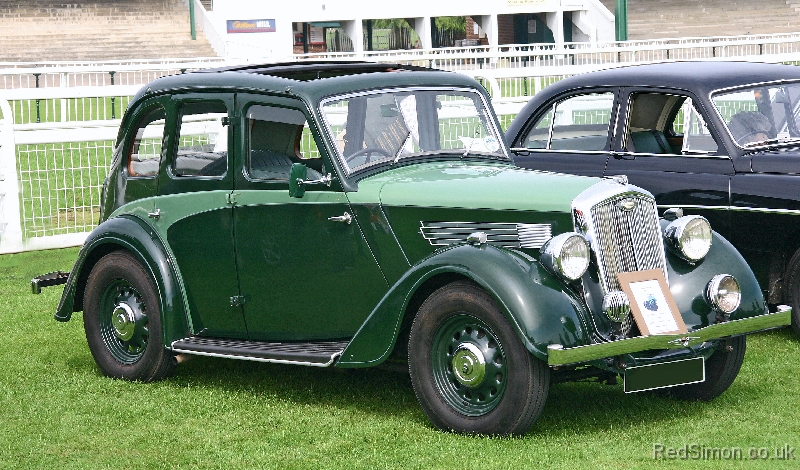




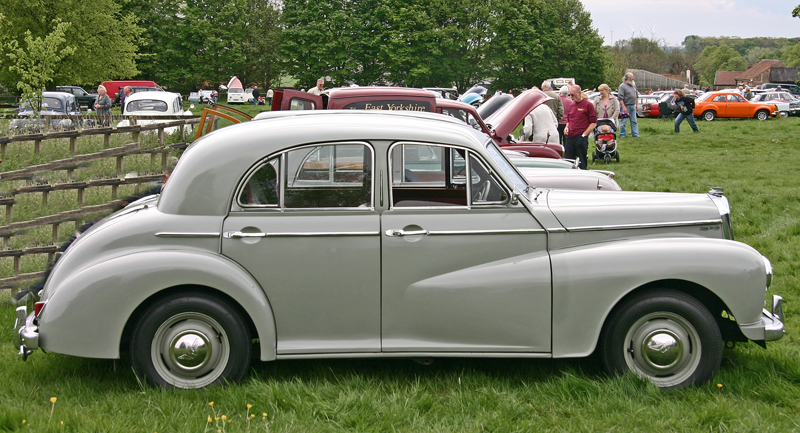






See also
- Arthur John McCormack
- Wolseley Racing
- The Wolseley restaurant in the ground floor showrooms of Wolseley House, 160 Piccadilly, London
- List of aircraft engine manufacturers
- List of car manufacturers of the United Kingdom
Notes
- Jump up^ in 1914 and 1919 respectively
- Jump up^ “The Wolseley Tool and Motor-Car Company Limited has absorbed the Siddeley Autocar Company Limited and has acquired Niagara Westminster for premises for a London office and garage. The two companies have long been associated, the Siddeley cars being made by the Wolseley company. The London Motor Omnibus Company has placed an order for 25 Wolseley omnibuses each with a seating capacity for 34 passengers.” The Times, Monday, 13 Feb 1905; pg. 9; Issue 3762
References
- Jump up^ Vickers Sons And Maxim Limited. The Times, Wednesday, Nov 17, 1897; pg. 4; Issue 35363
- ^ Jump up to:a b c d e f g h i j k l m n o p q r St John C Nixon. Wolseley, a saga of the Motor Industry, G T Foulis & Co, London, 1949
- Jump up^ Baker, John. “Herbert Austin”. Retrieved 20 June 2014.
- Jump up^ “The Wolseley Gasoline Carriage”. The Horseless Age. 8 (27): 562. 2 October 1901. Retrieved 16 July 2011.
- ^ Jump up to:a b c RAC Rating
- ^ Jump up to:a b c Bill Smith, Armstrong Siddeley Motors Dorchester, Veloce, 2006; p.55; ISBN 9781904788362
- Jump up^ “City Notes”. The Times (44569). 30 April 1927. p. 18.
- Jump up^ “Siddeley Autocar”. The Times (38805). 16 November 1908. p. 4.
- ^ Jump up to:a b Baldwin, Nick “The Wolseley”, Shire, Princes Risborough UK, 1995. ISBN 0-7478-0297-1
- Jump up^ Paolo Ferrari (ed.), L’aeronautica italiana: una storia del Novecento, FrancoAngeli Storia, Milan, 2004
- Jump up^ Flight magazine 8 January 1910
- Jump up^ The Rise and Decline of the British Motor Industry By Roy A. Church, Economic History Society, 1994
- ^ Jump up to:a b “Wolseley Motors (Limited). Meeting of Debenture Holders”. The Times (42236). 21 October 1919. p. 23.
- Jump up^ R. M. Downes, The Campaign in Sinai and Palestine 1938, in A. G. Butler’s Gallipoli, Palestine and New Guinea of Official History of the Australian Army Medical Services, 1914–1918 Part II in Volume 1 (Australian War Memorial: Canberra pp. 636–7
- ^ Jump up to:a b “Wolseley Motors”. The Times (44389). 29 September 1926. p. 20.
- Jump up^ James Leasor Wheels to Fortune, Stratus, Cornwall UK 2001. ISBN 0-7551-0047-6
- Jump up^ “Wolseley House Sold. Purchase by Barclays Bank”. The Times(44294). 10 June 1926. p. 16.
- Jump up^ “City Notes”. The Times (44416). 30 October 1926. p. 18.
- Jump up^ Georgano, N. (2000). Beaulieu Encyclopedia of the Automobile. London: HMSO. ISBN 1-57958-293-1.
- Jump up^ “Wolseley And M.G. Companies”. The Times (47090). 14 June 1935. p. 20.
- Jump up^ Timeline 1968, www.ado16.info Retrieved on 26 September 2013
- Lambert, Z.E. and Wyatt, R.J, (1968). Lord Austin – The Man. Altrincham: Sidgwick and Jackson.
- Bird, Anthony, (undated but probably 1966) The Horizontal Engined Wolseleys, 1900–1905. London: Profile Publications Ltd.
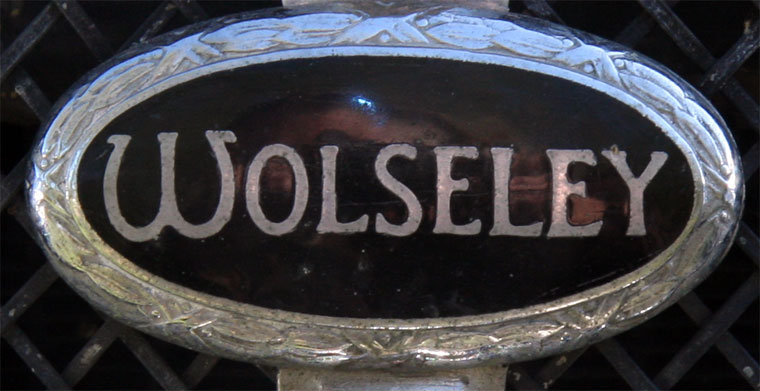









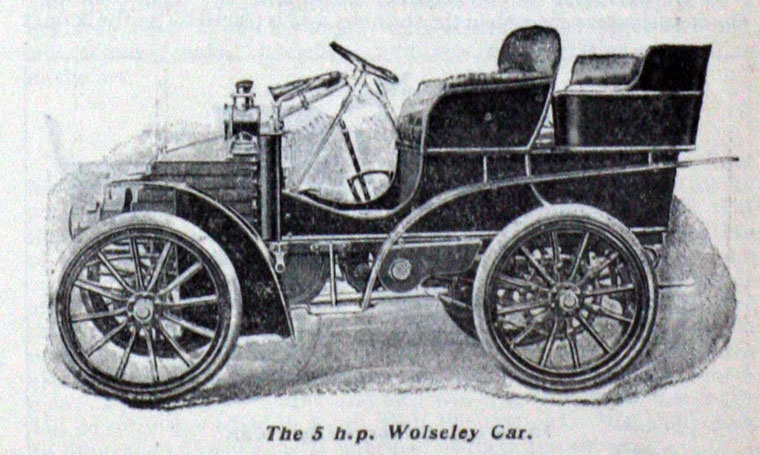
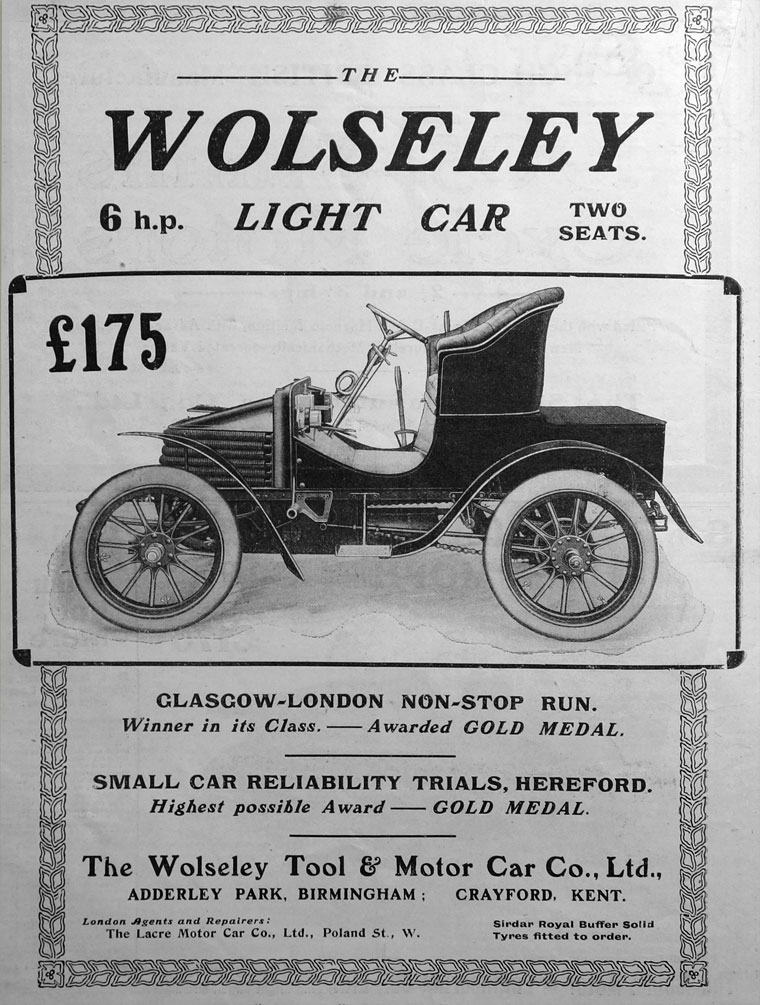
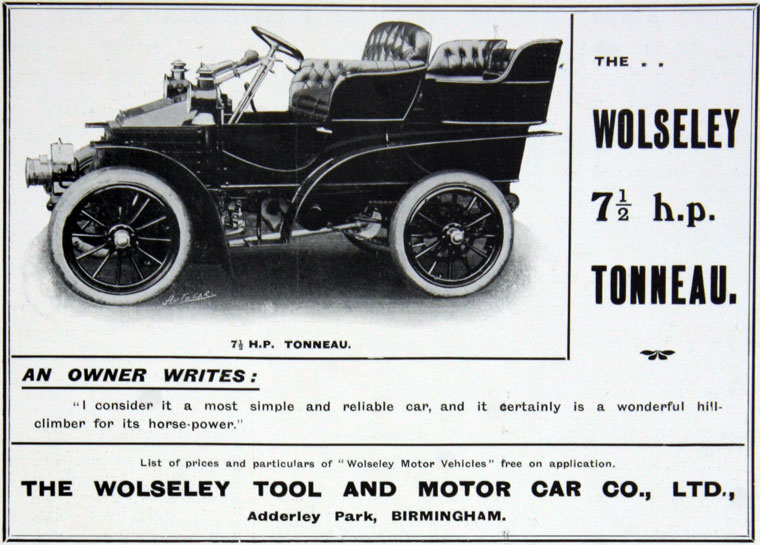

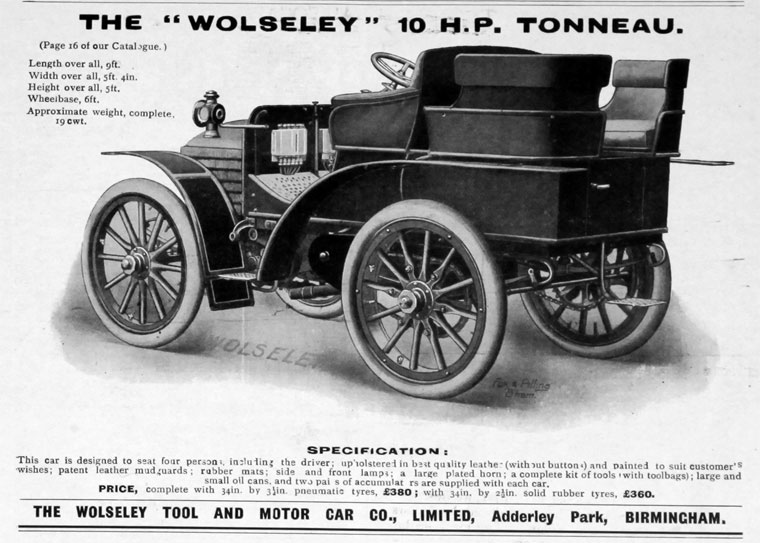
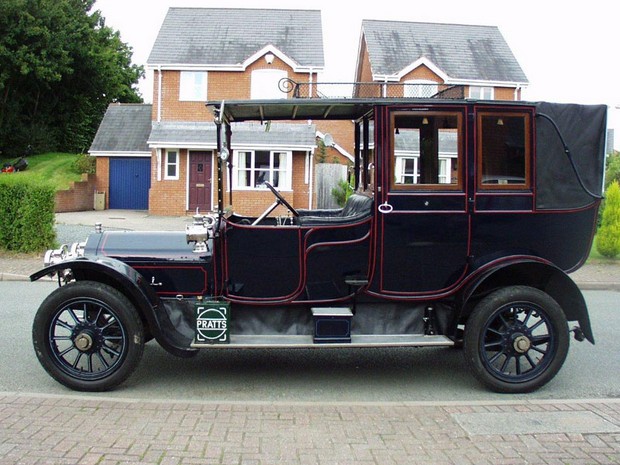
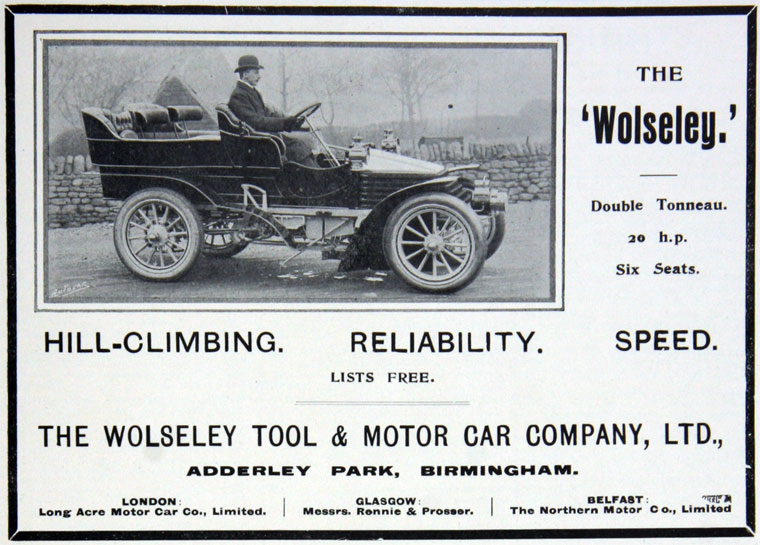








































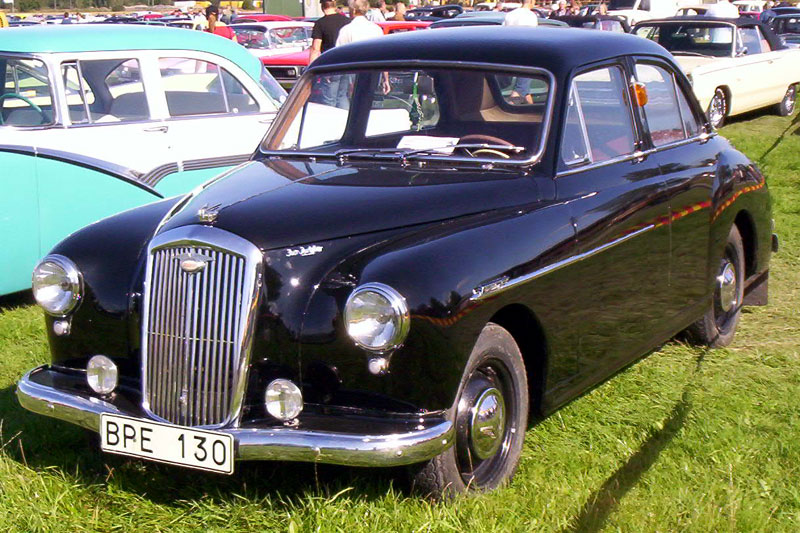













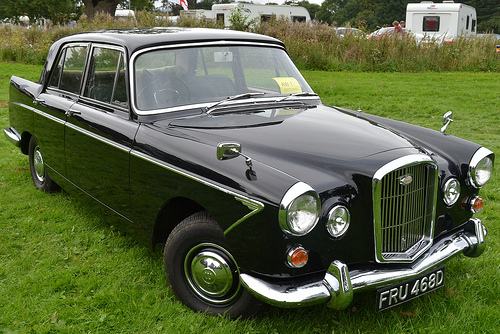


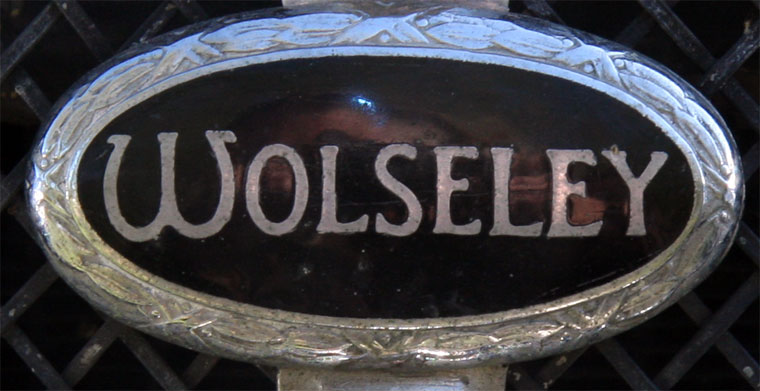
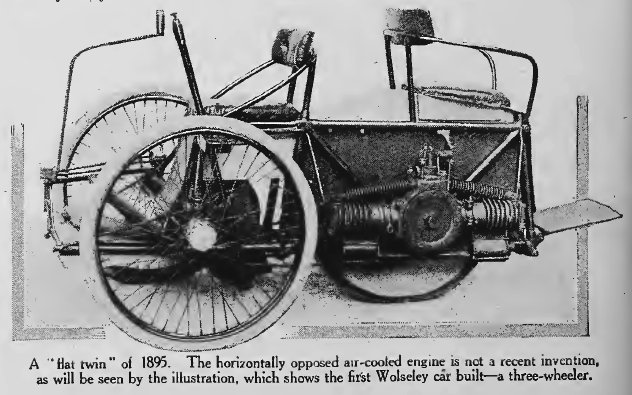
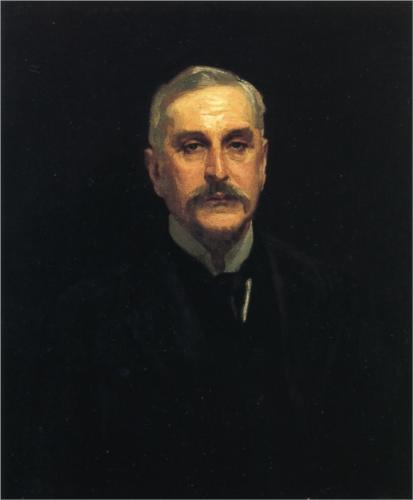







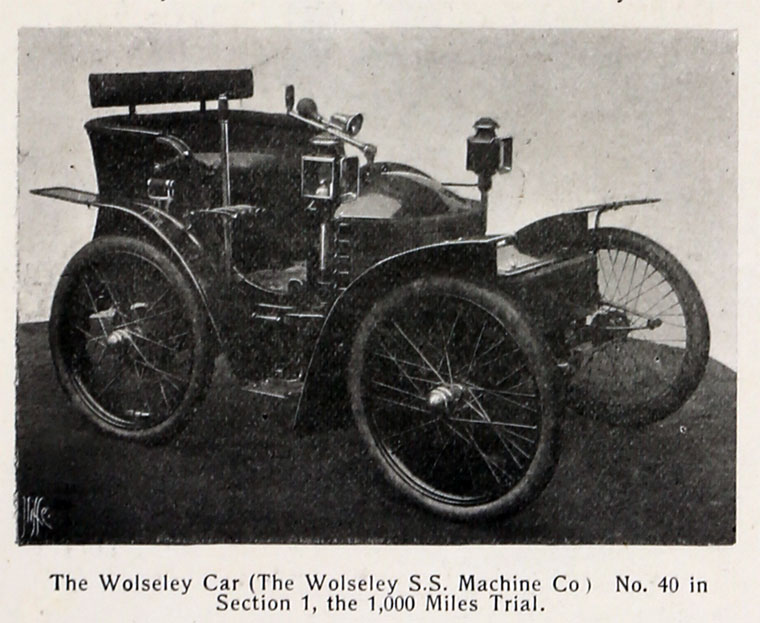

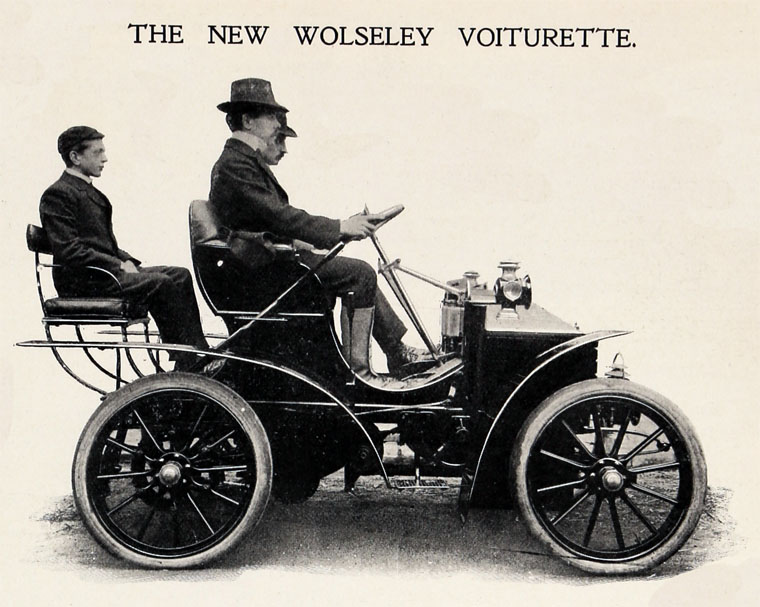







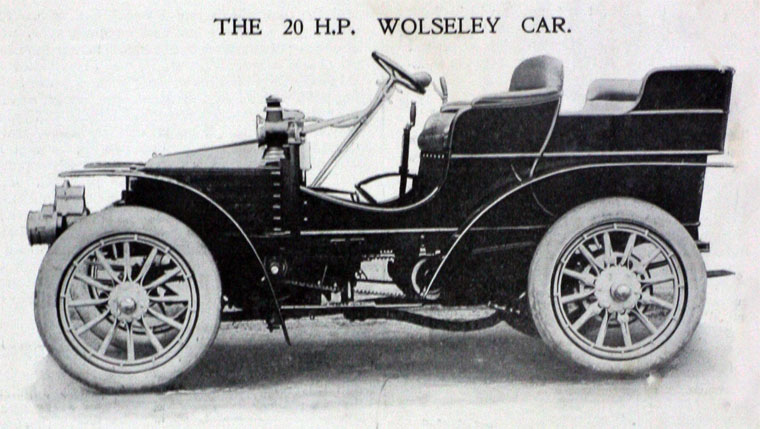
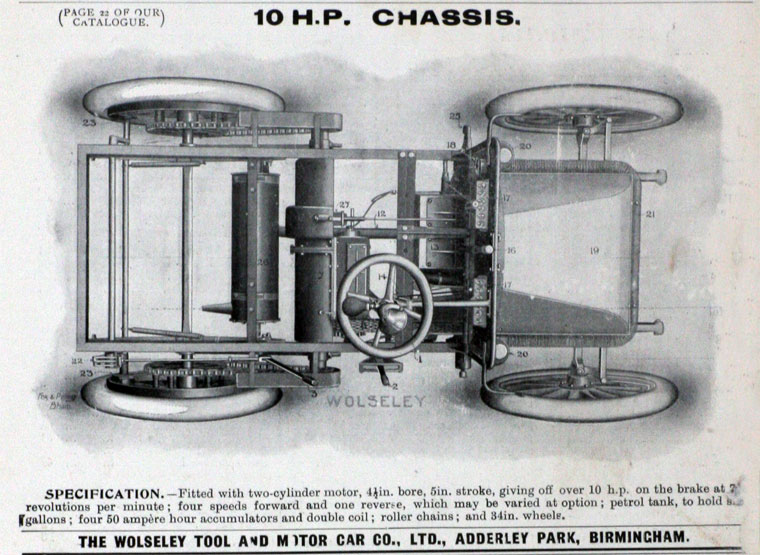

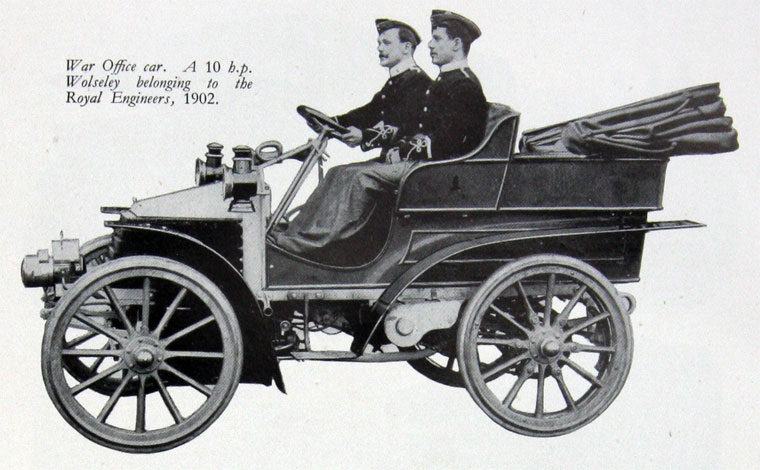
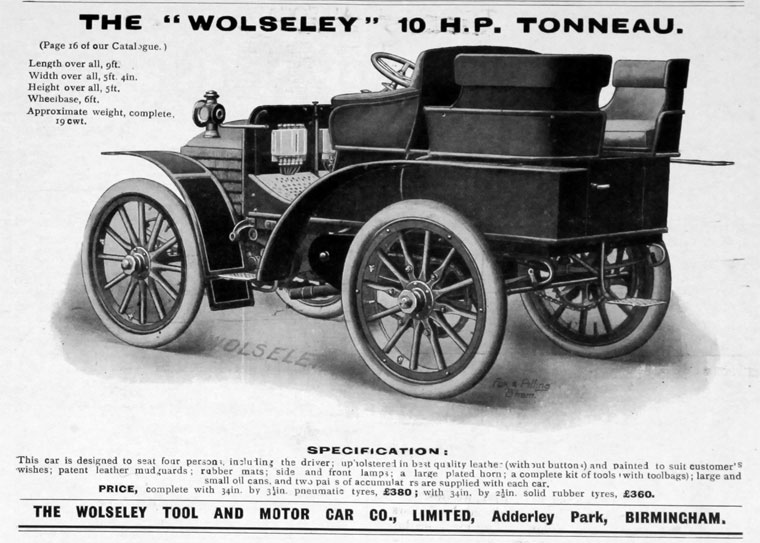
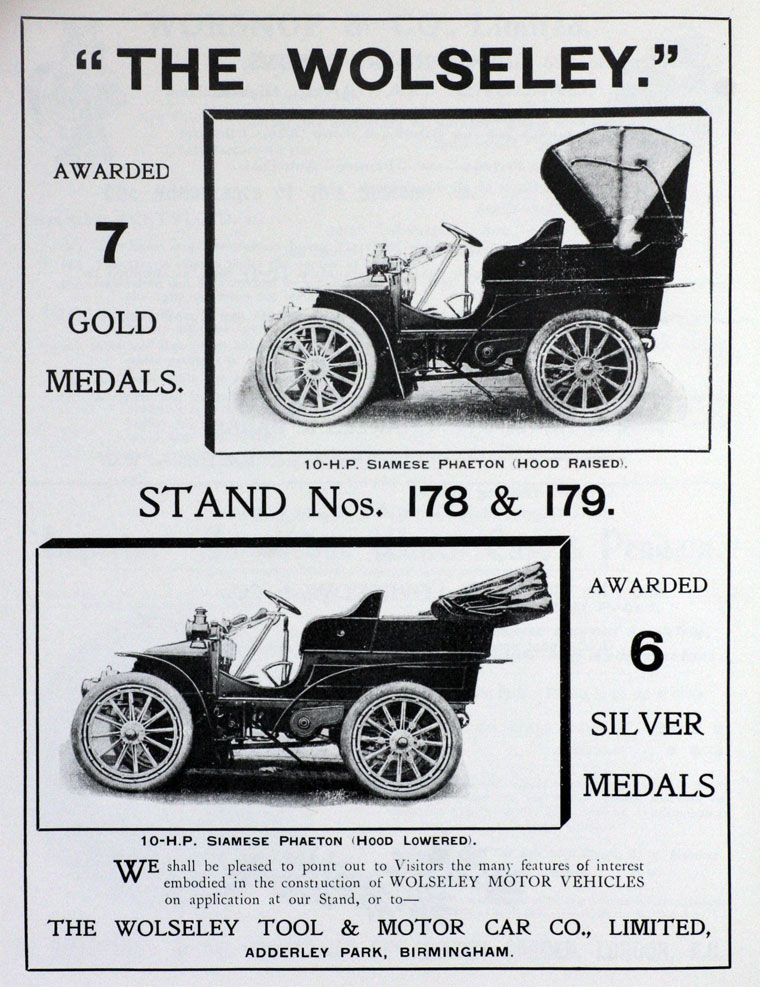










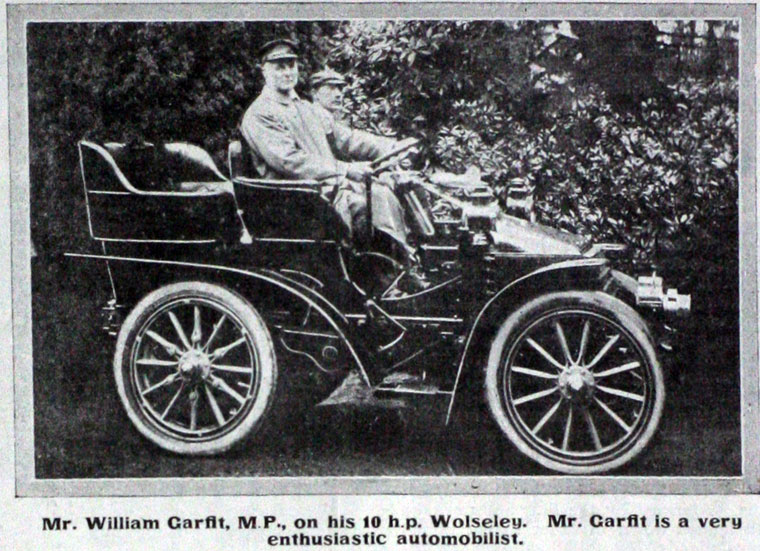







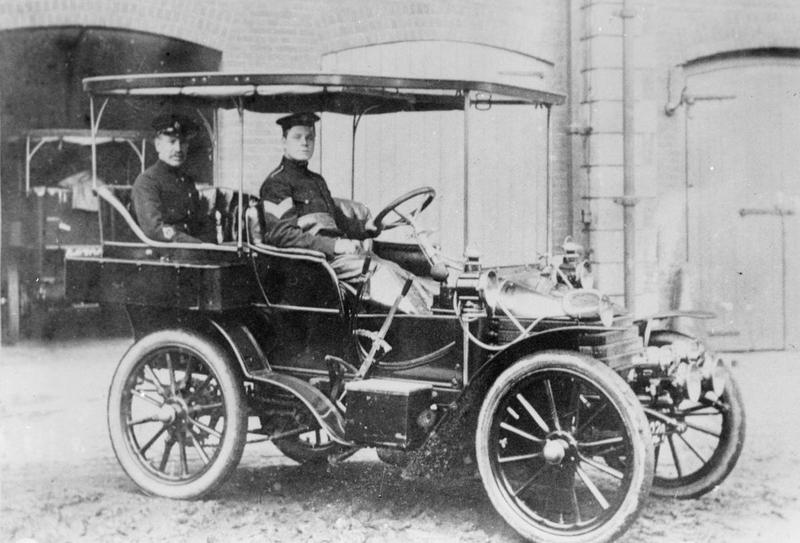


















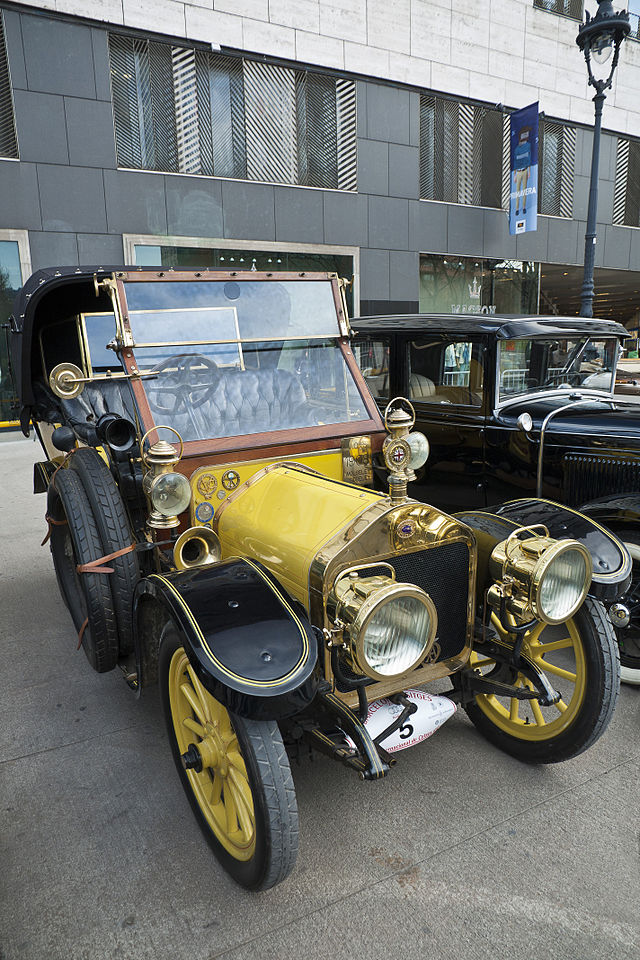






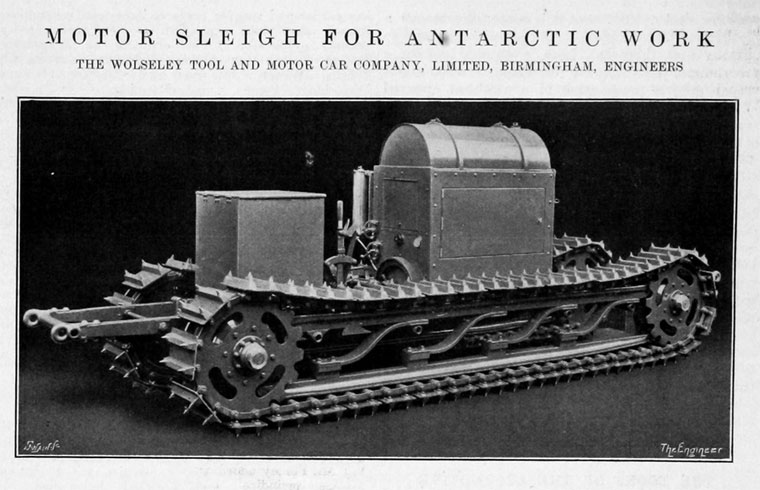


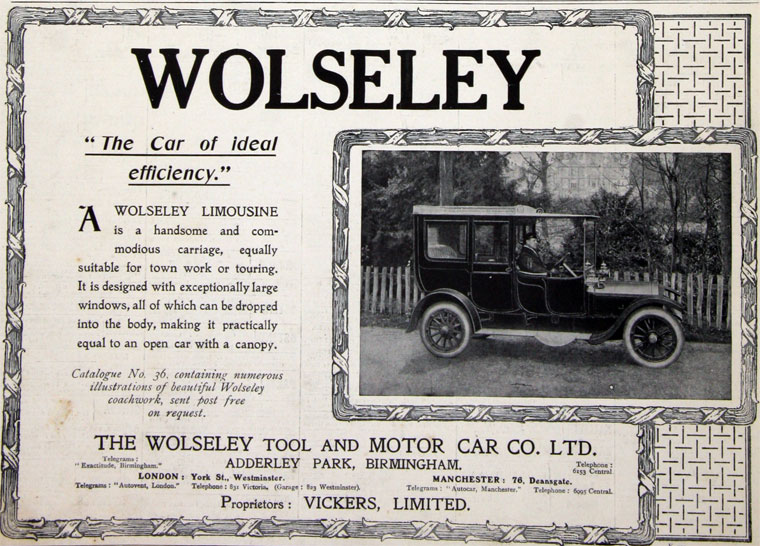
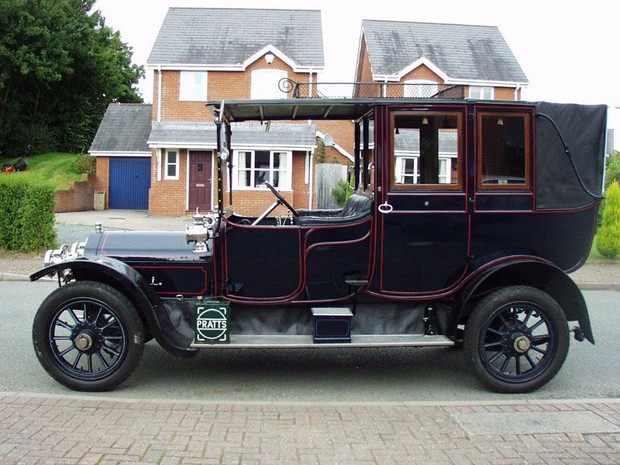



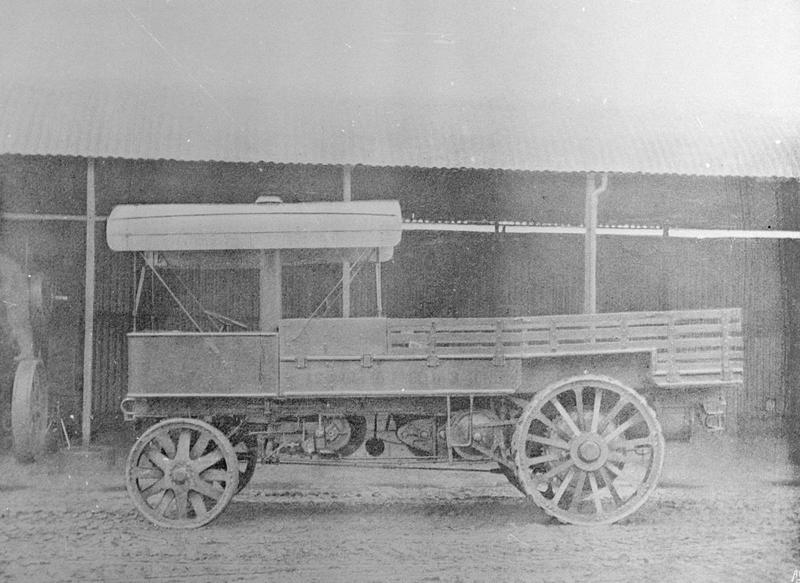




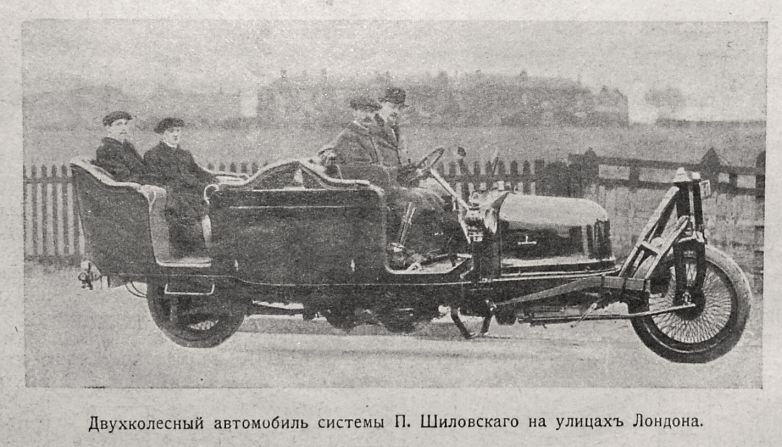

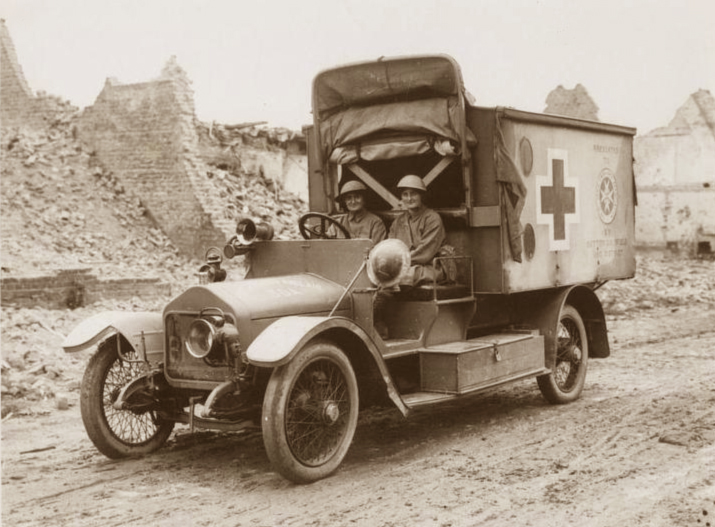
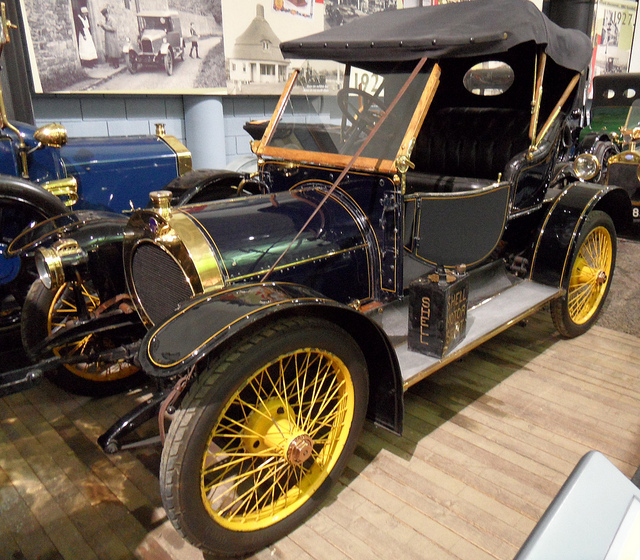

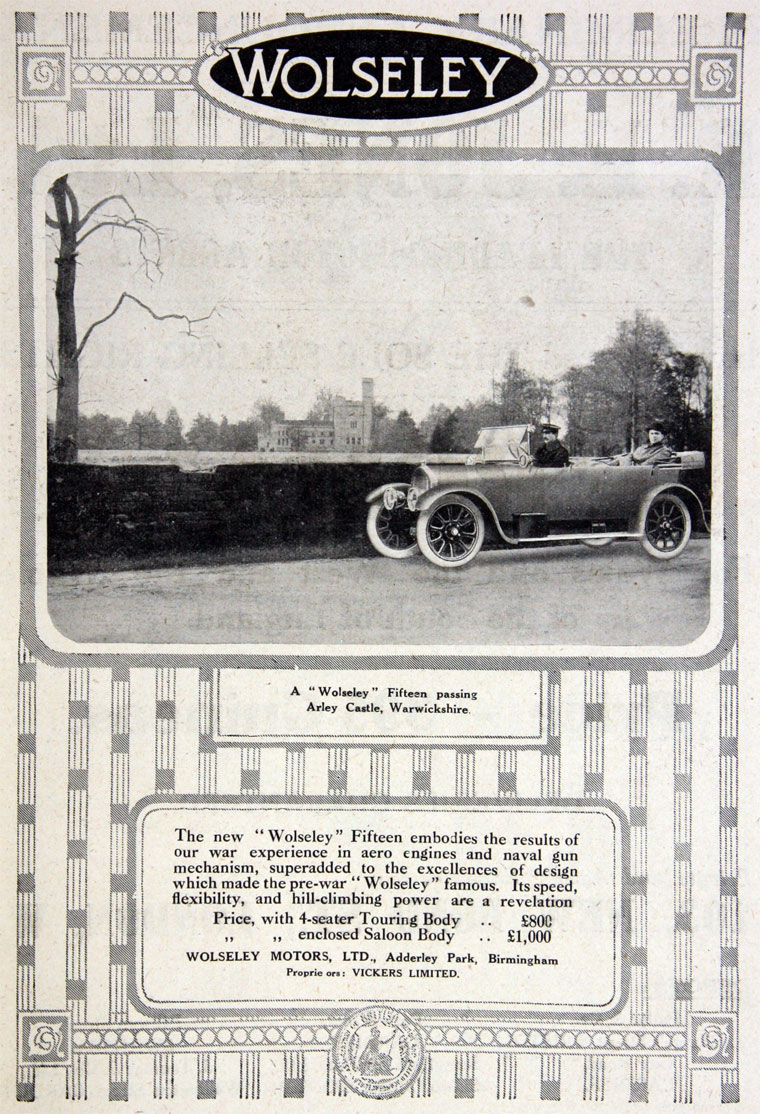



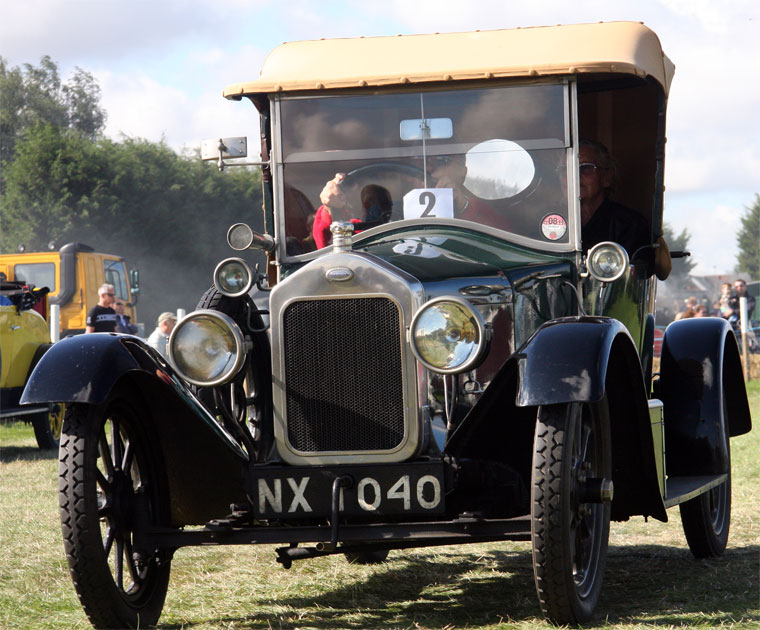




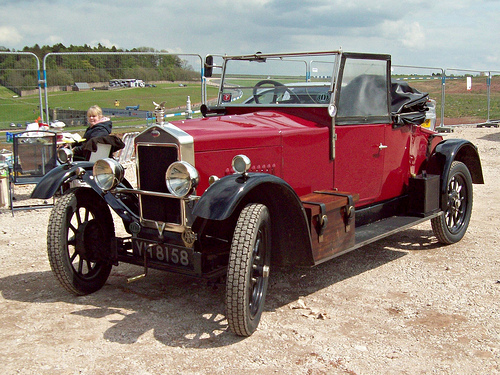

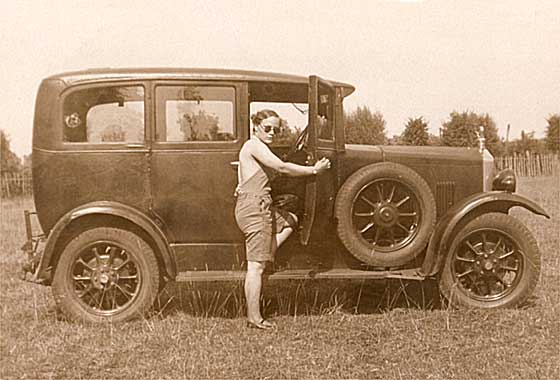











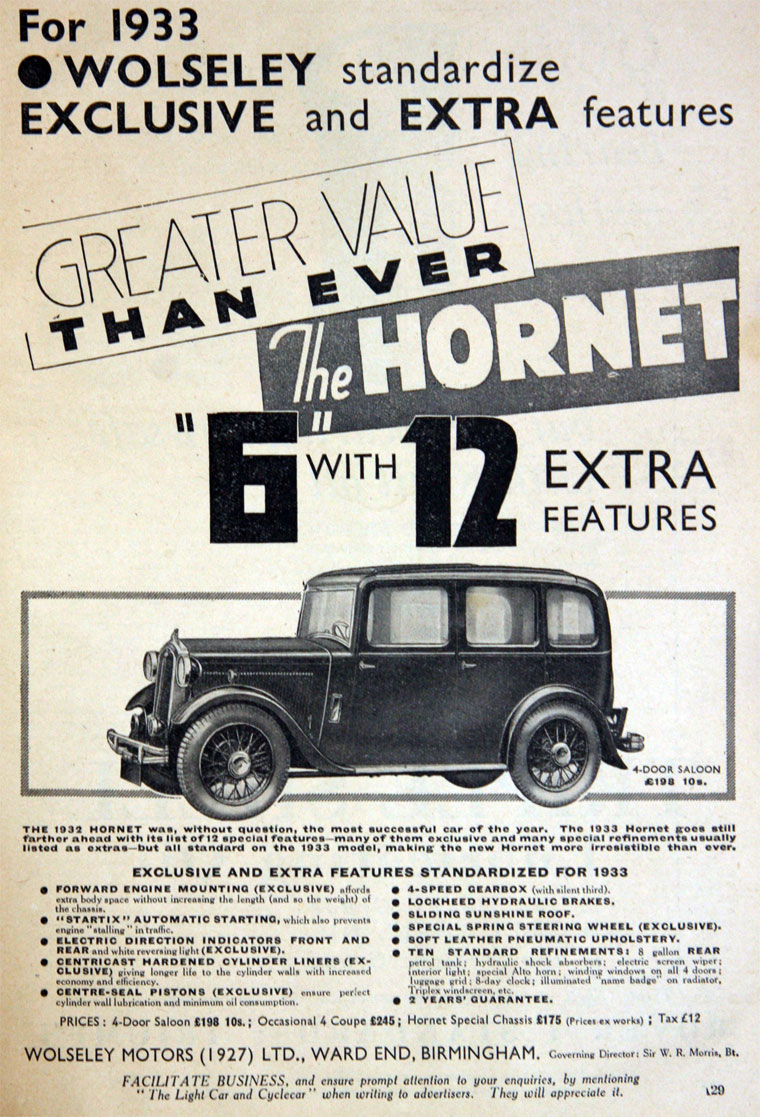


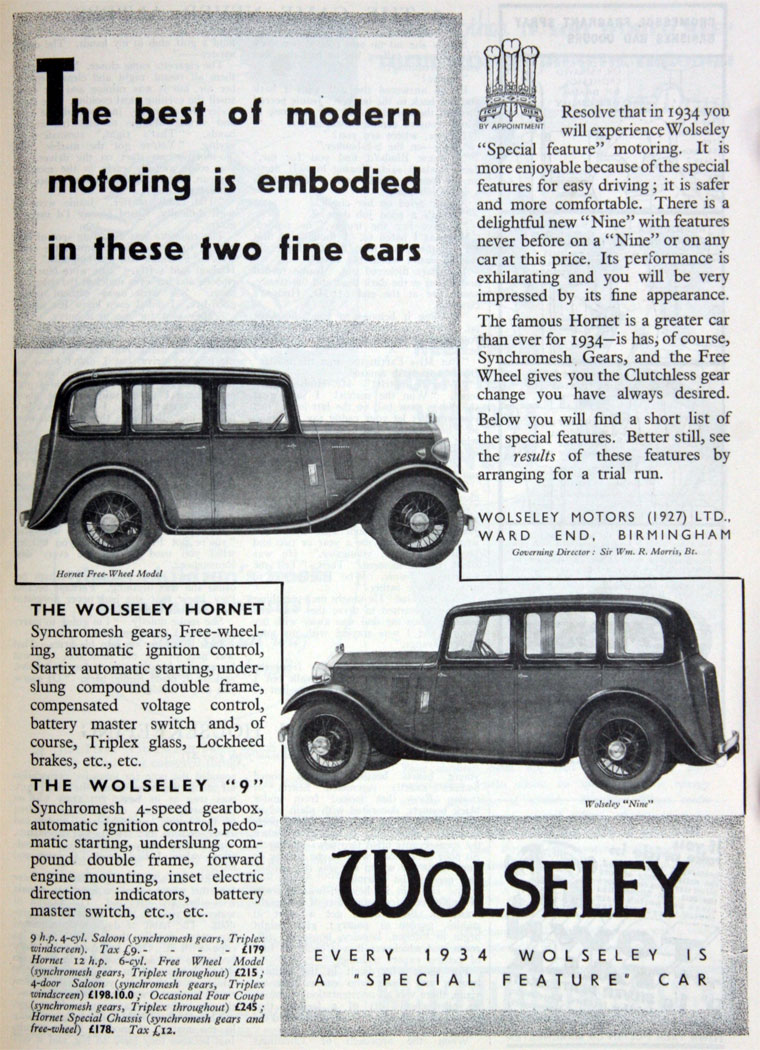


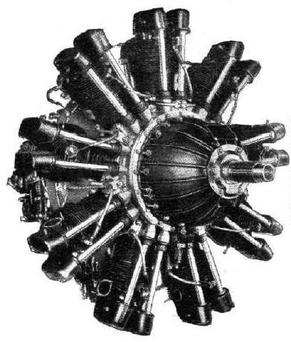
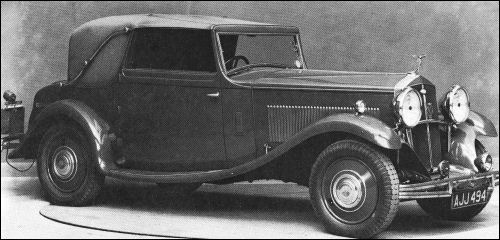





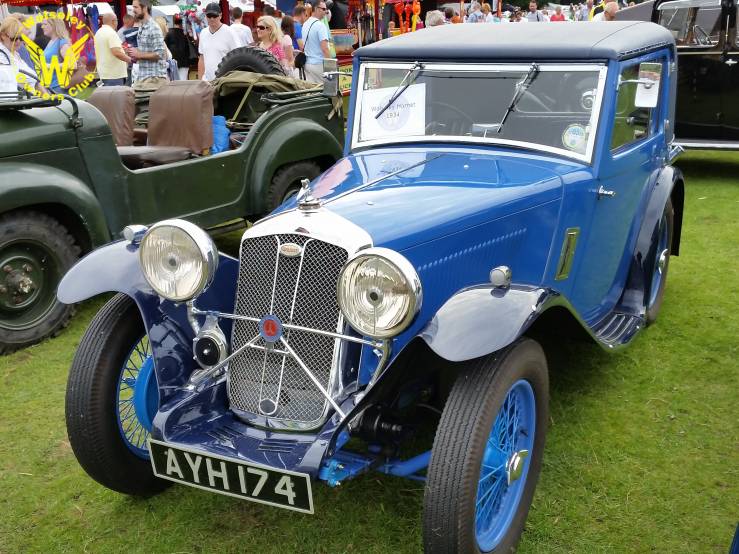

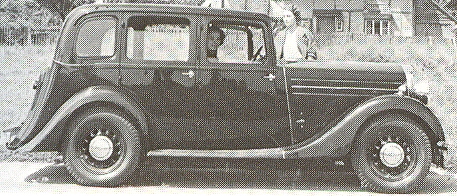











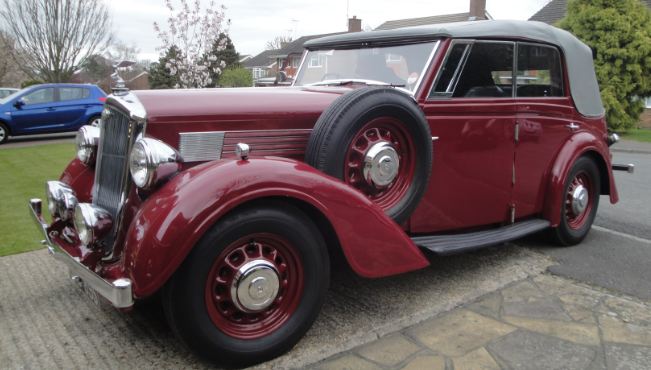


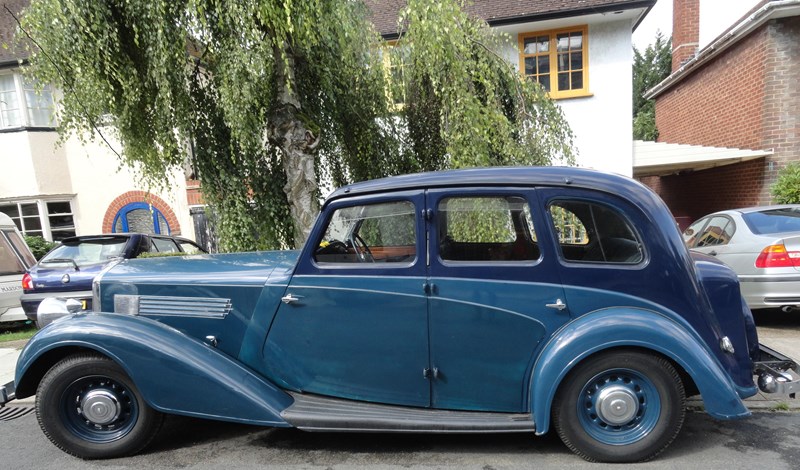
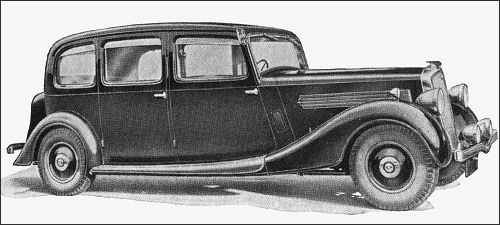






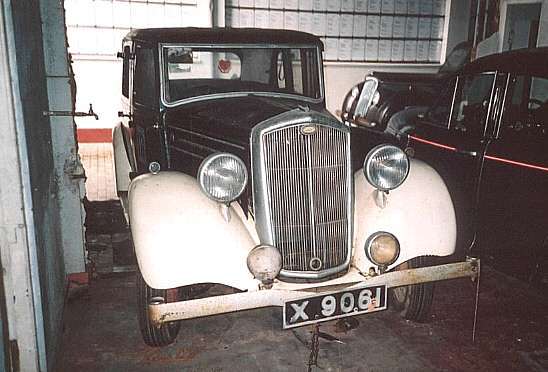
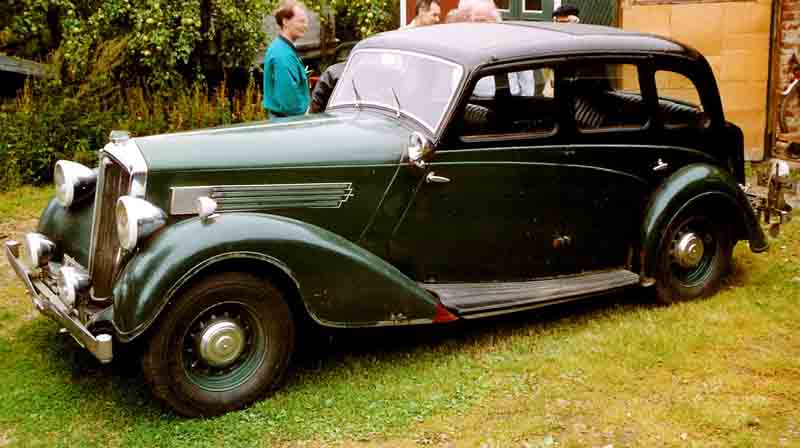

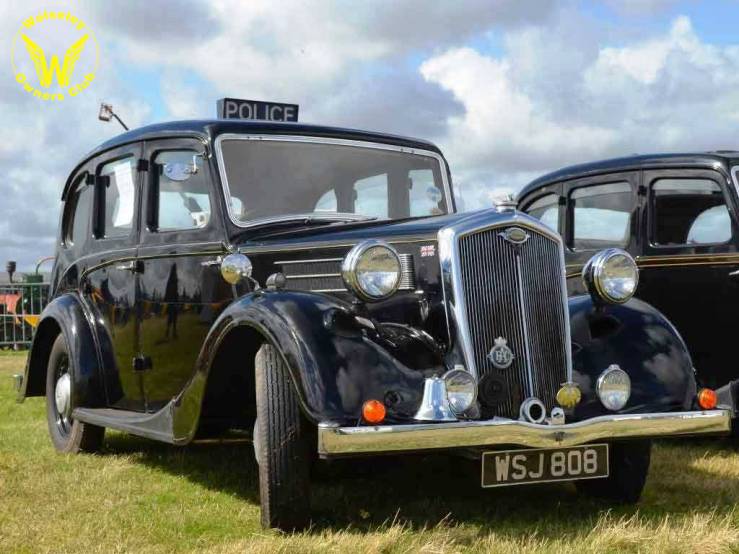






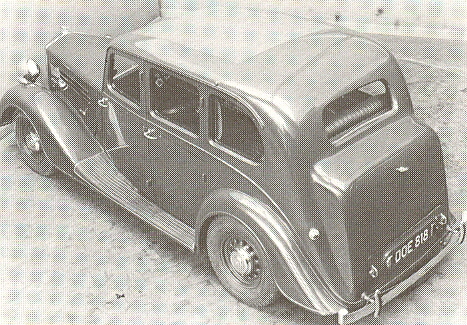

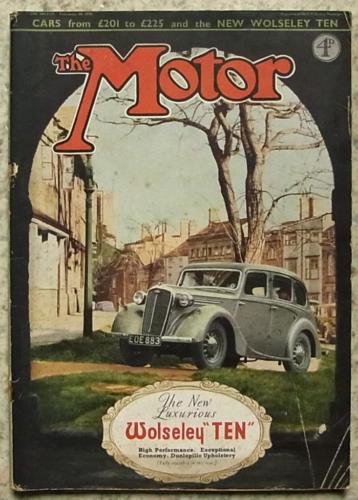

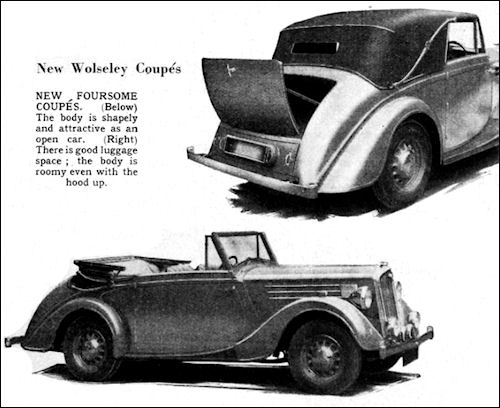


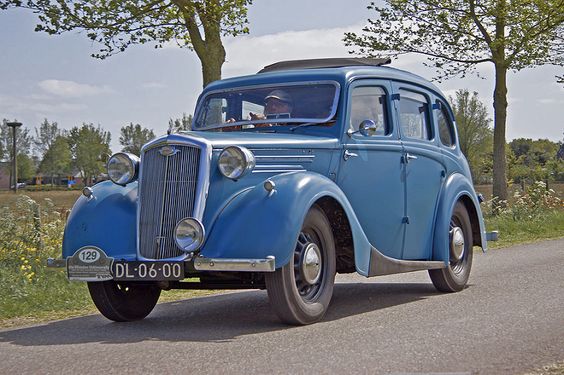








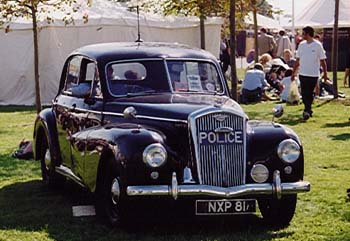






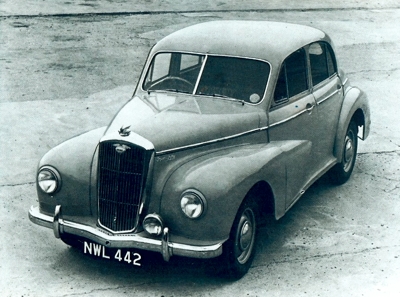




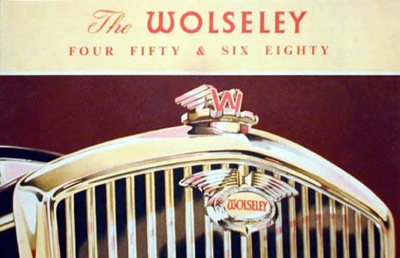














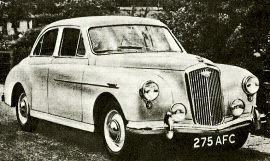
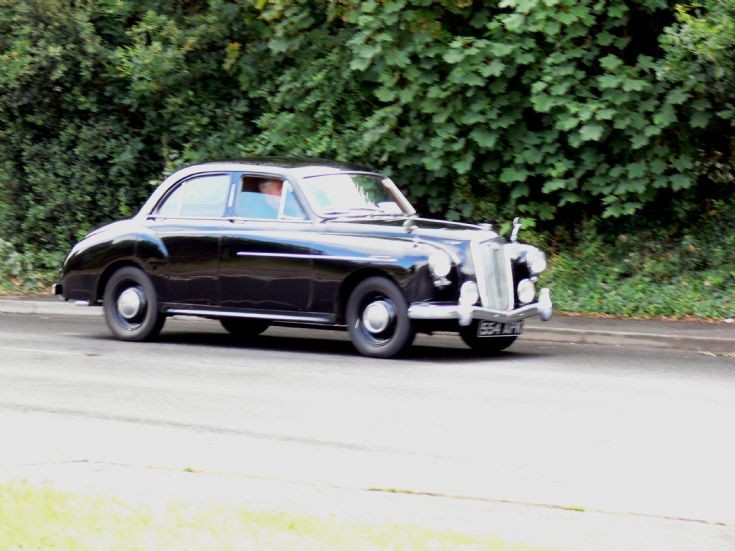
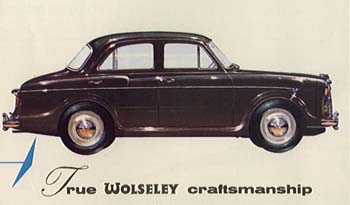

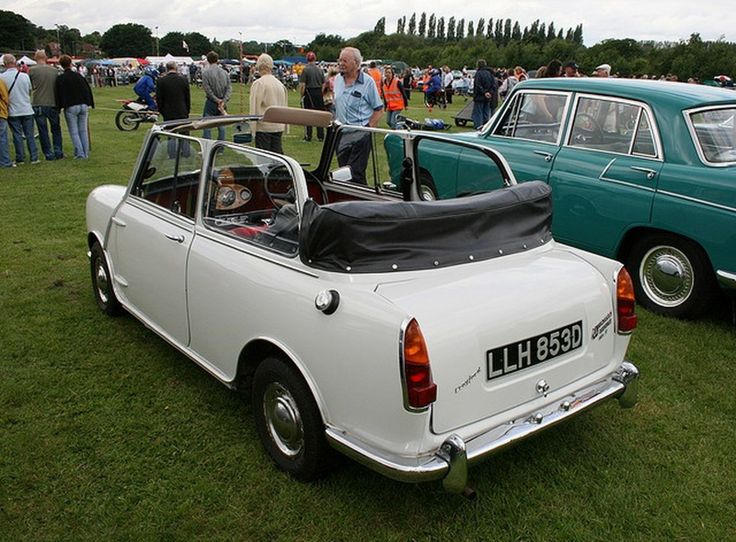




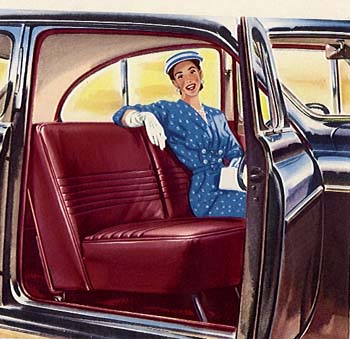
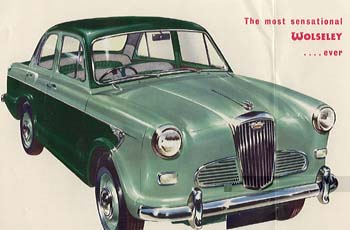






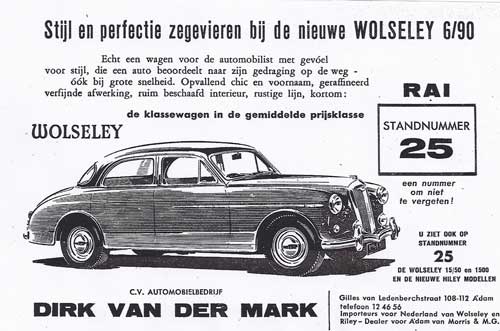









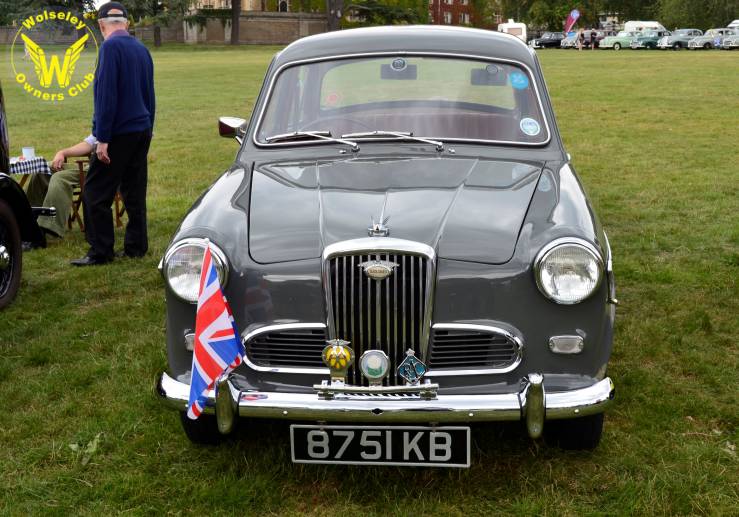





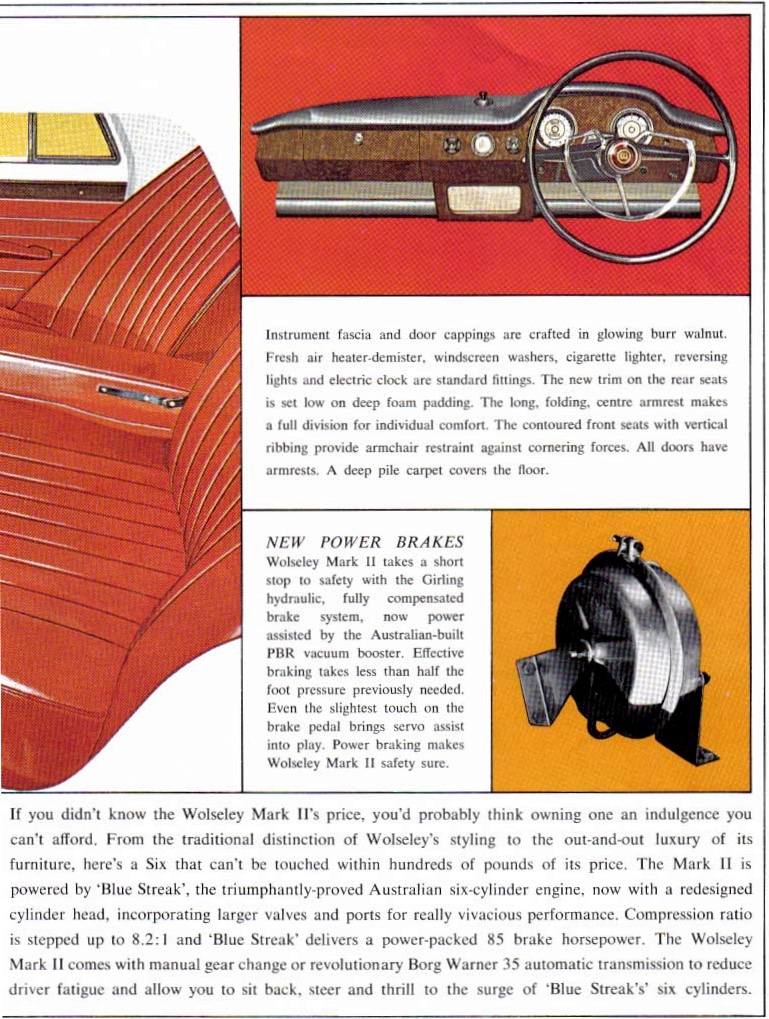
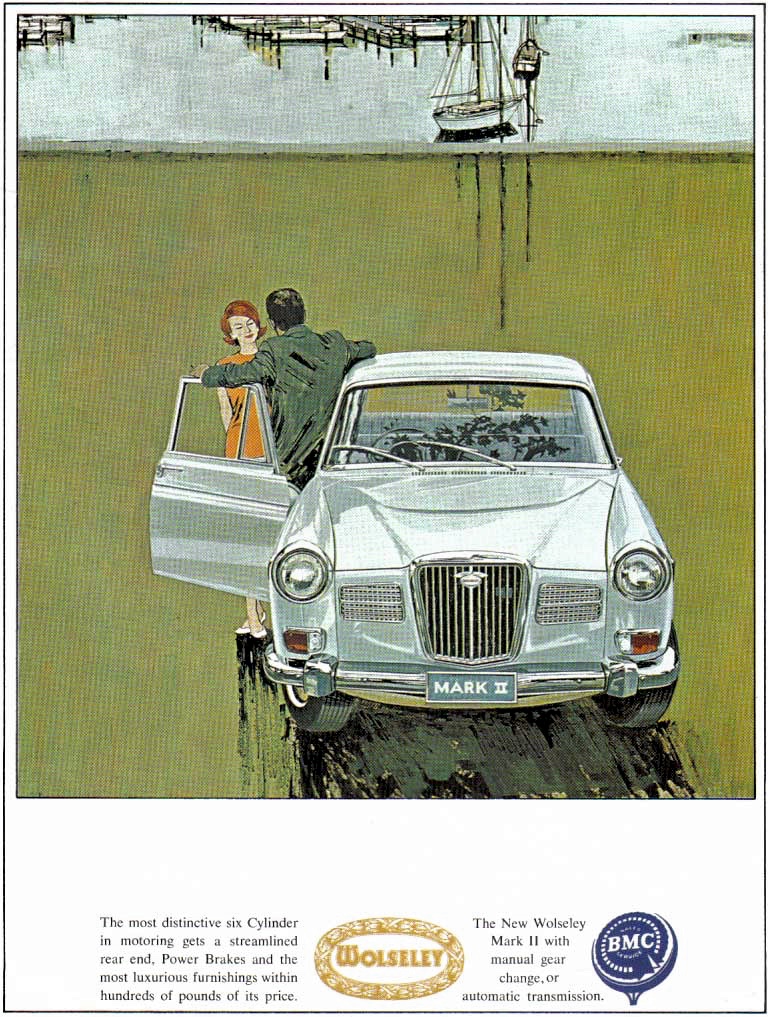

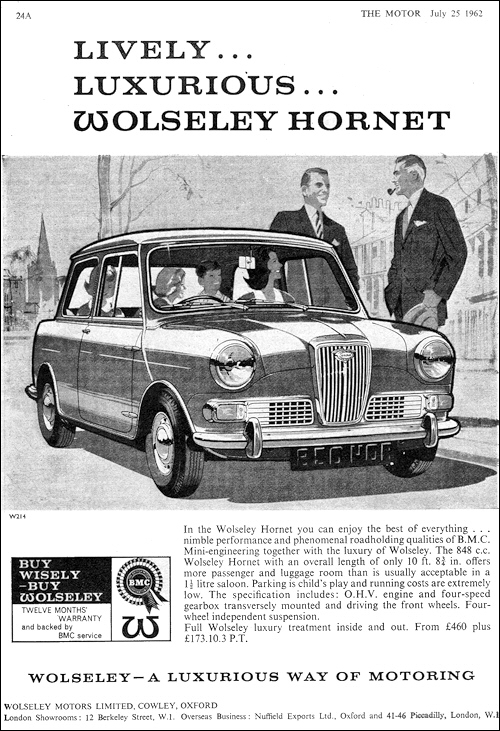
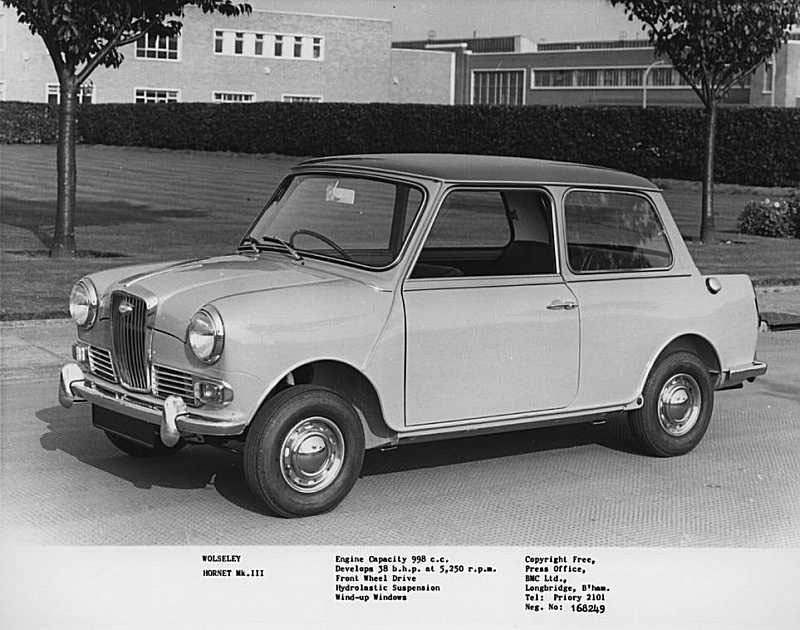

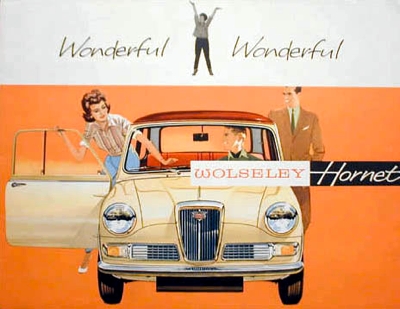


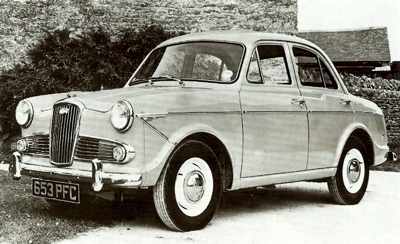


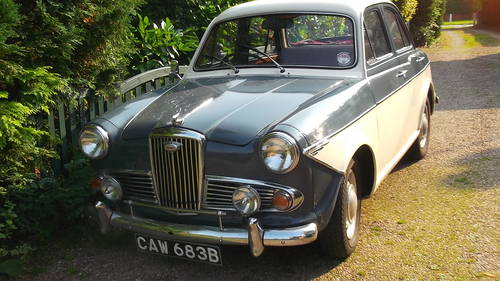



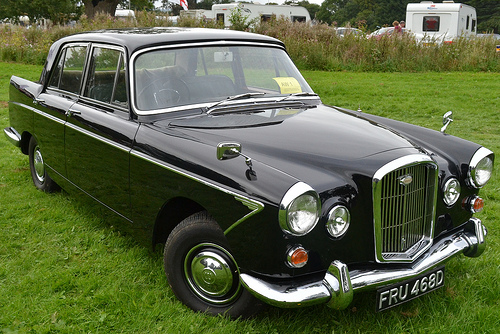



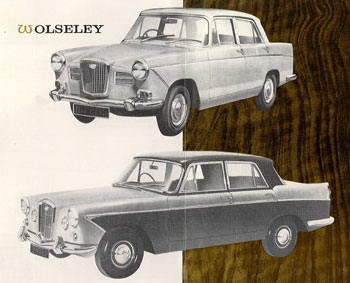


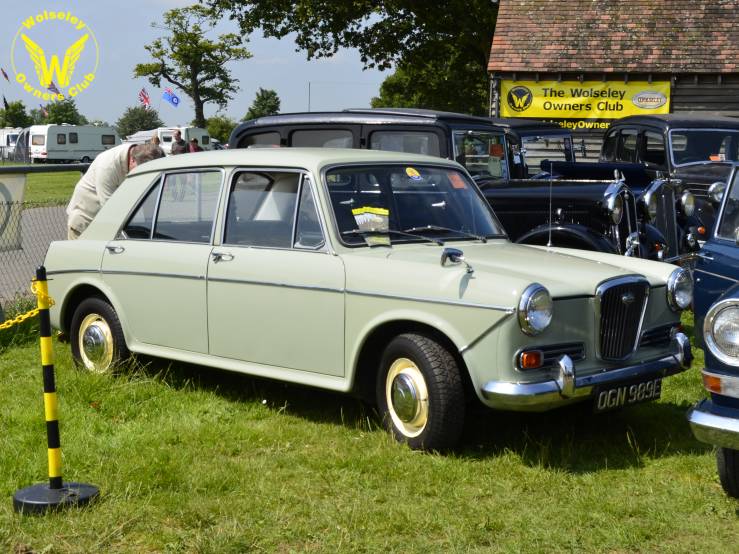




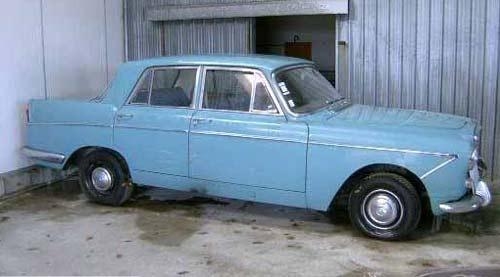








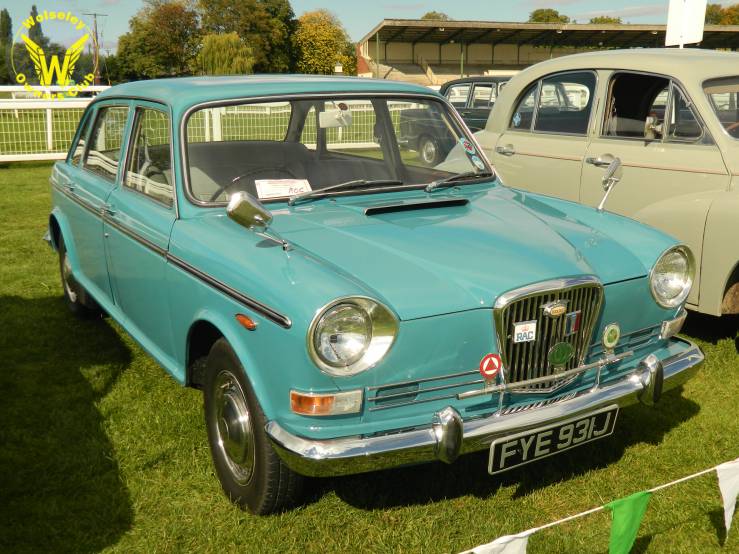





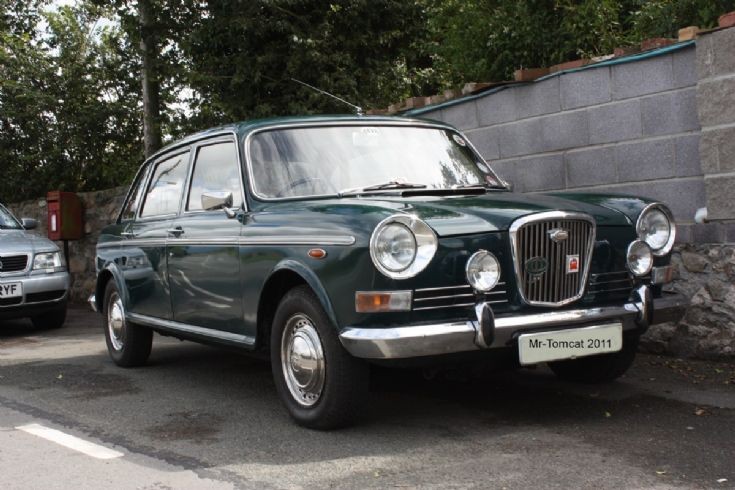

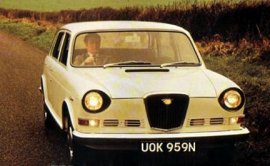

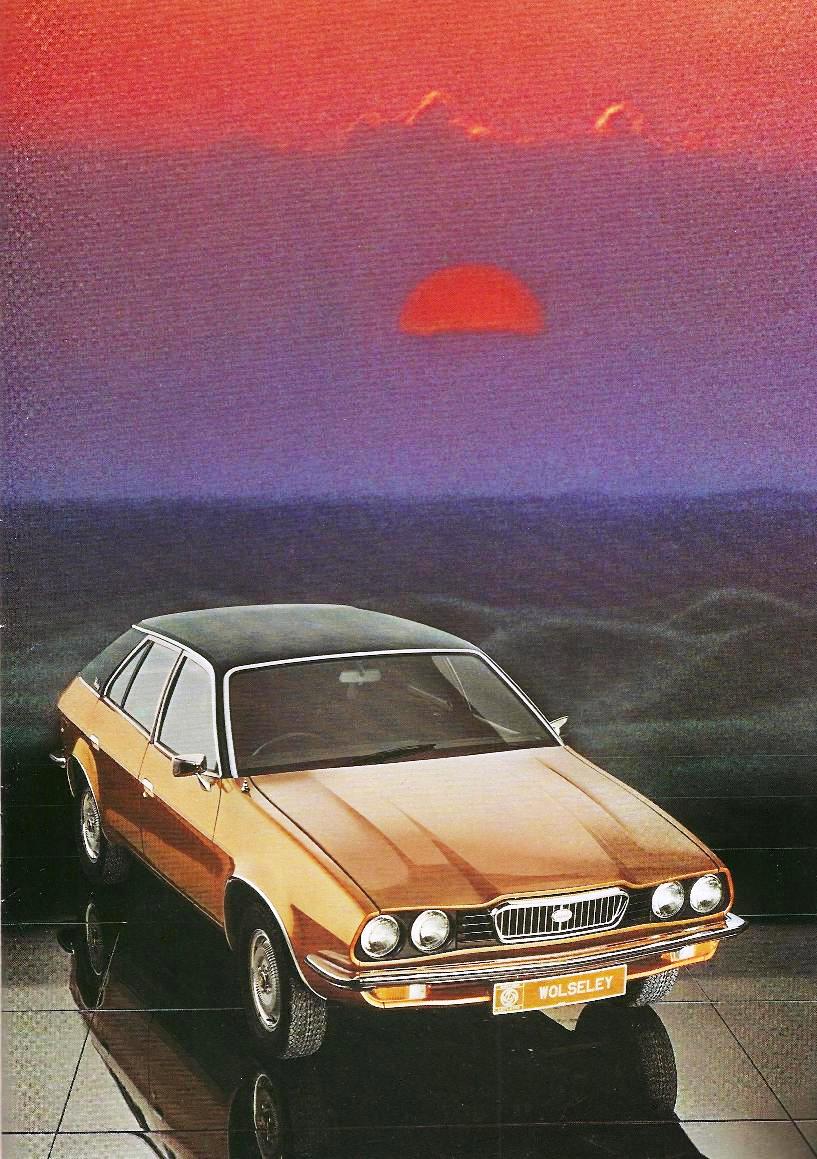


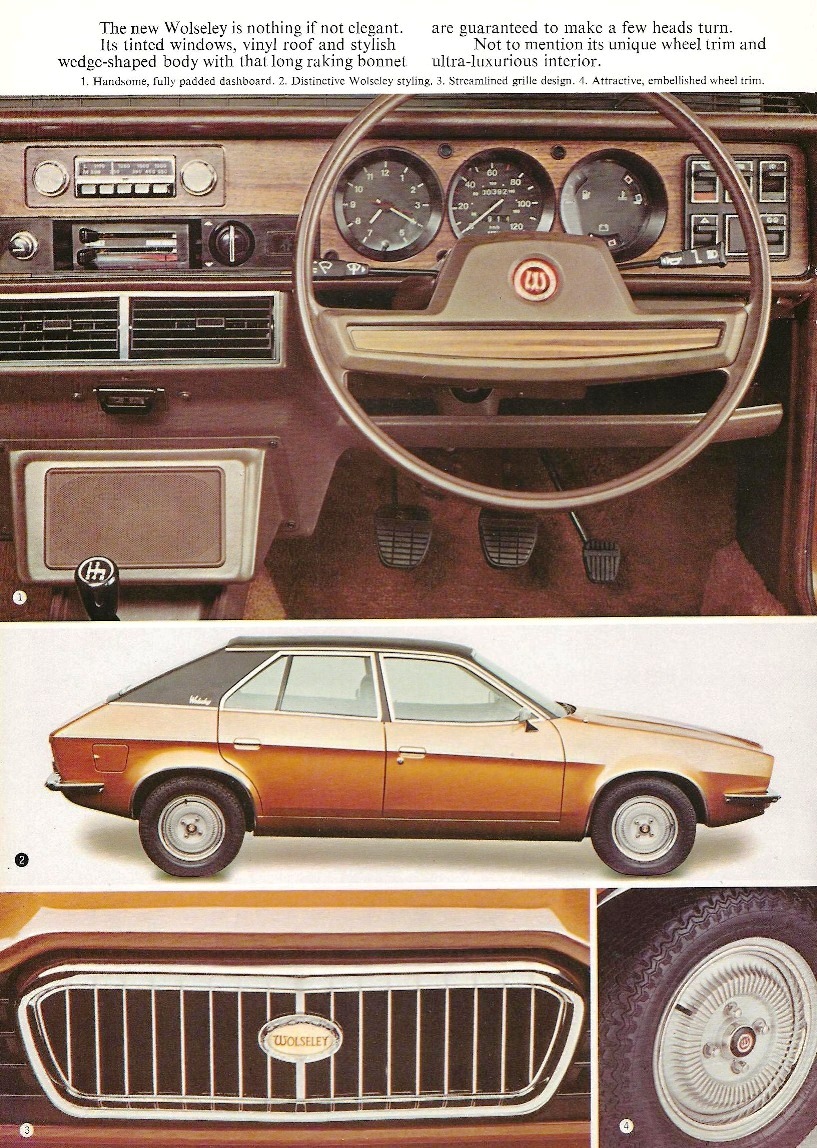



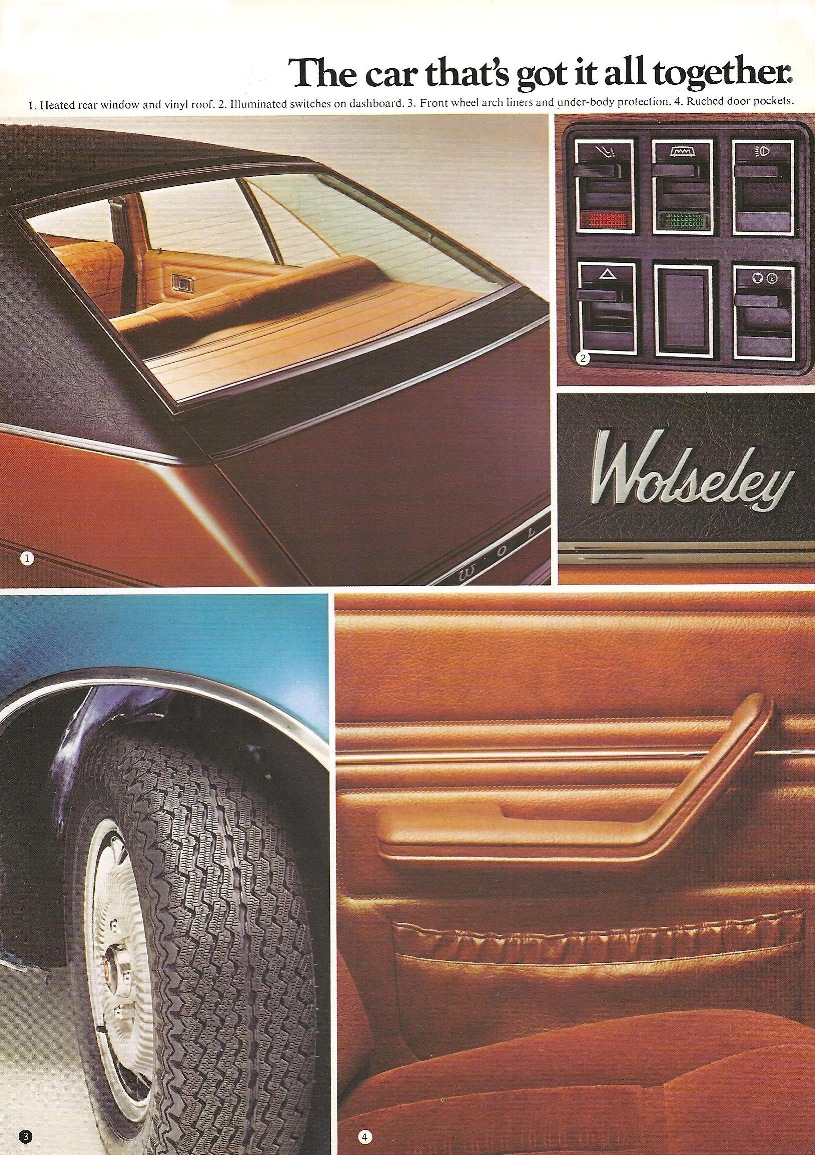












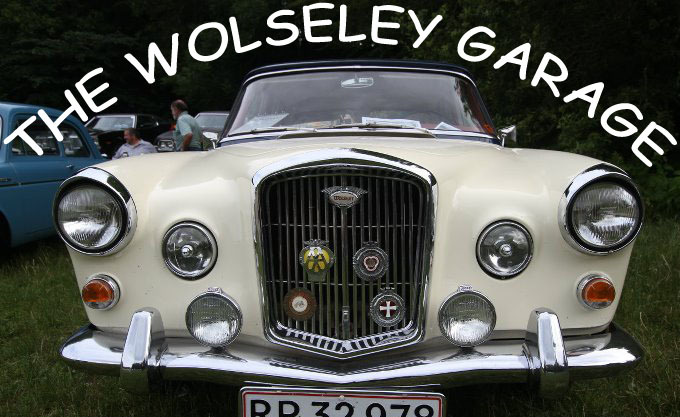



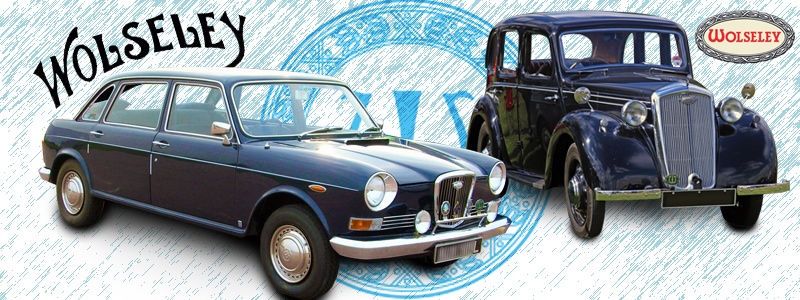
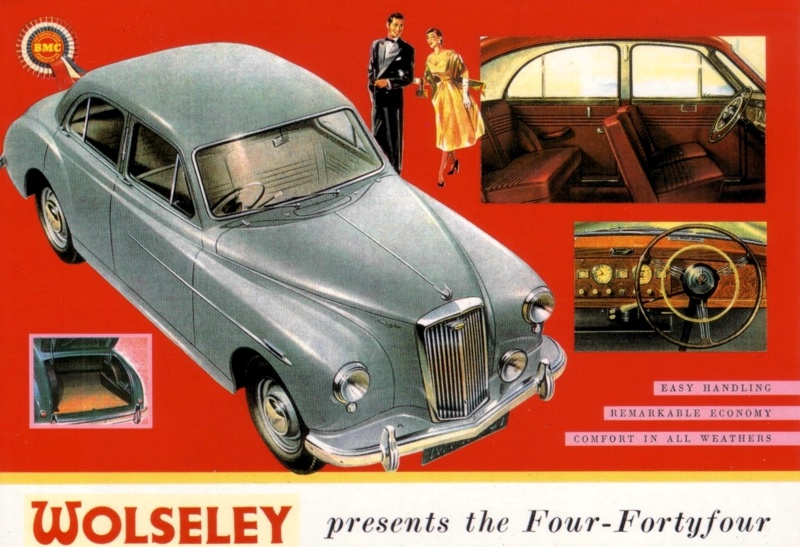
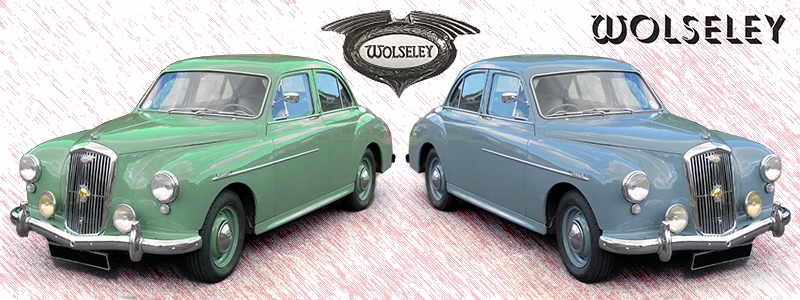























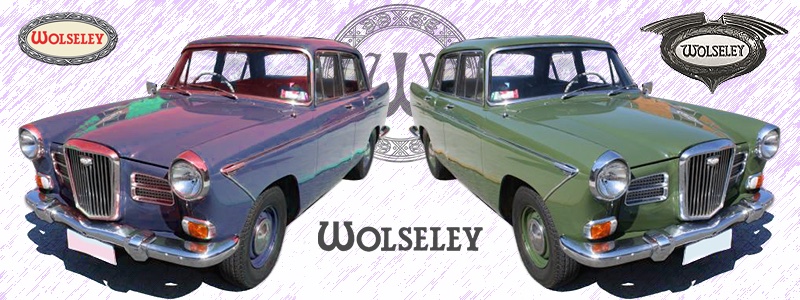
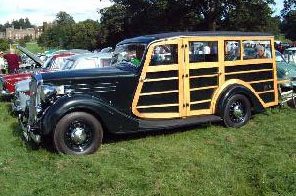


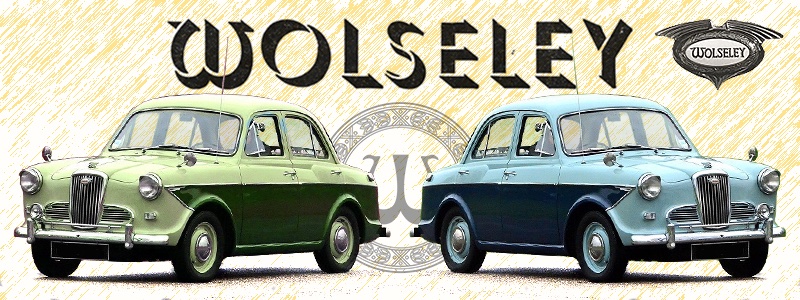






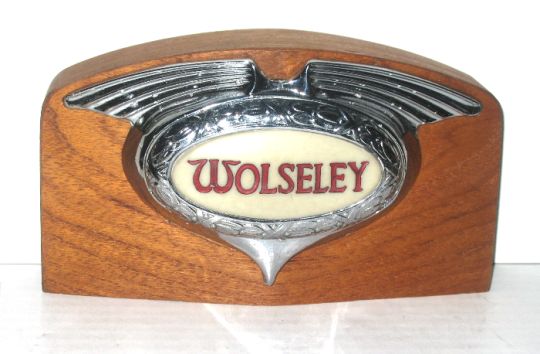



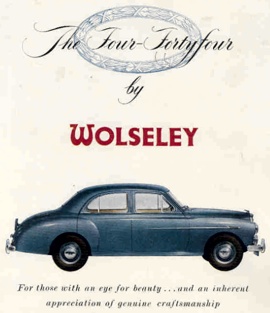
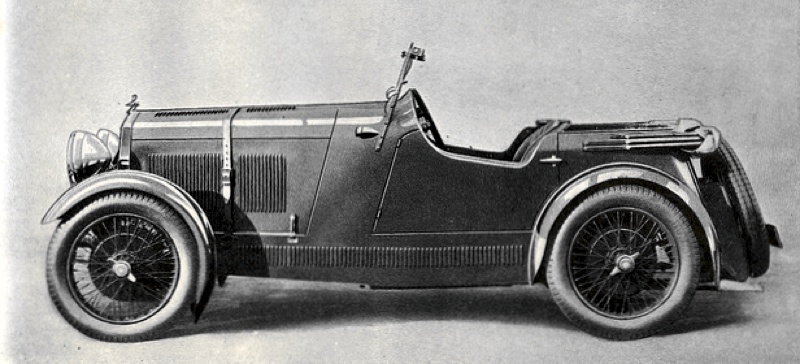







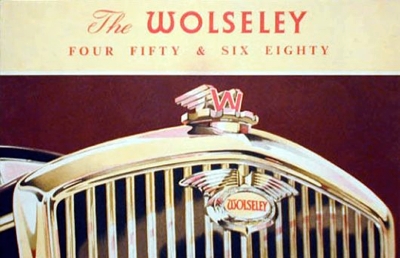


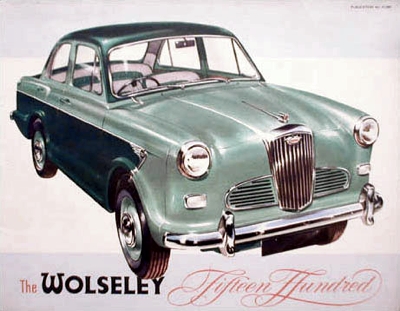
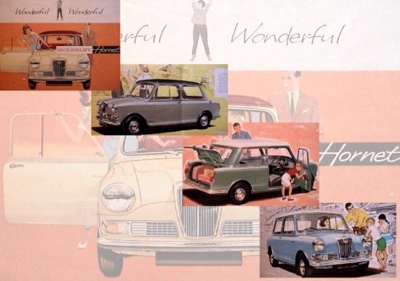


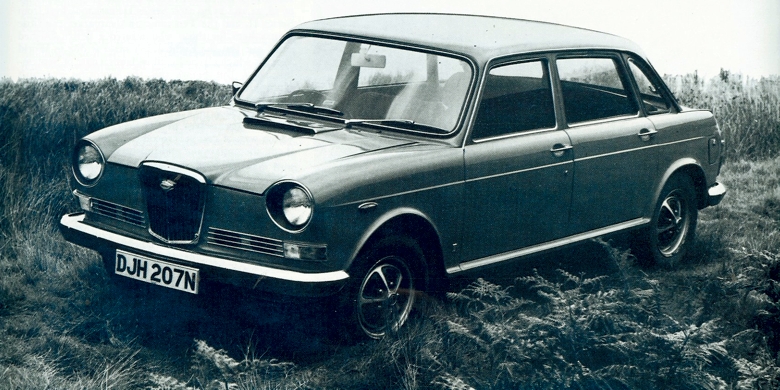



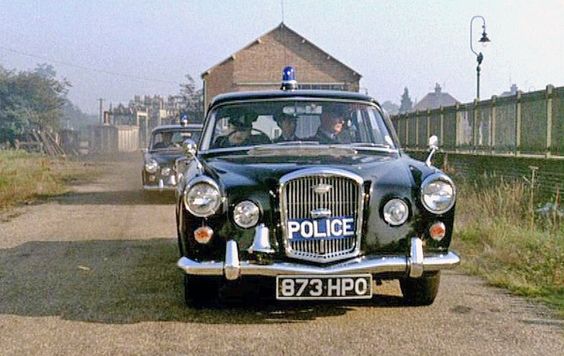




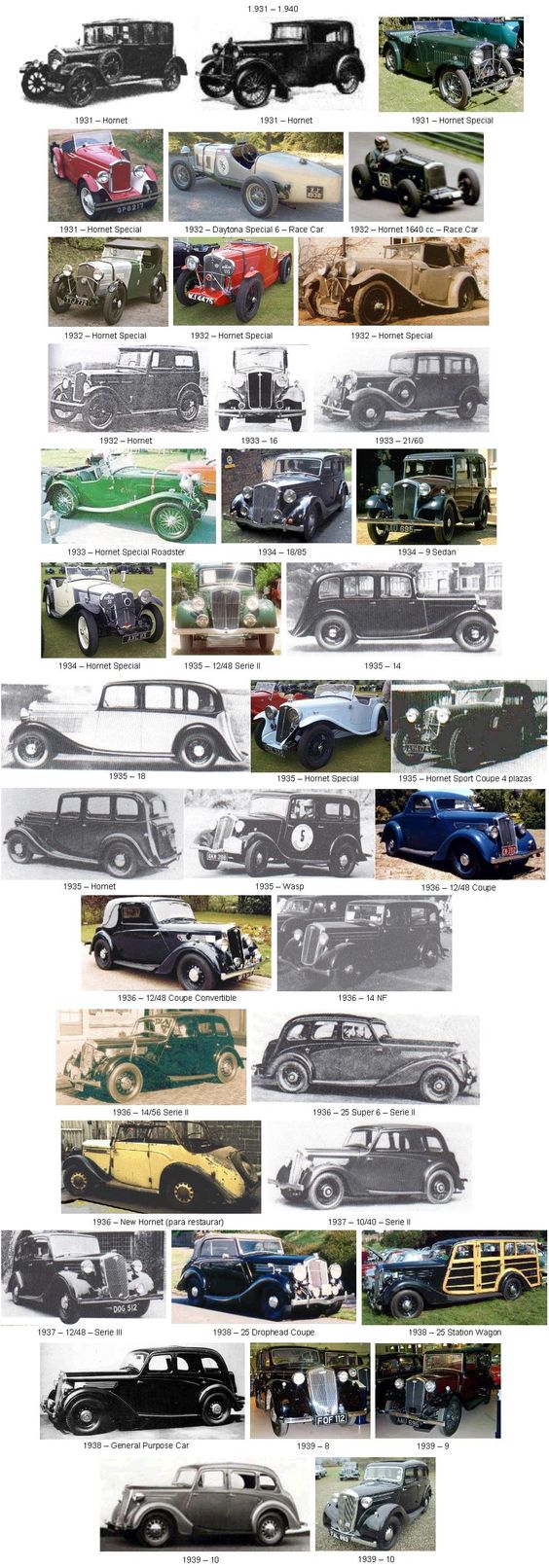




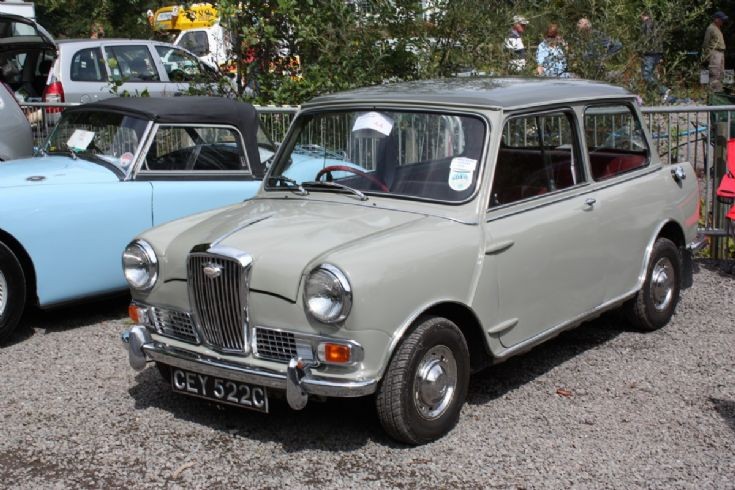






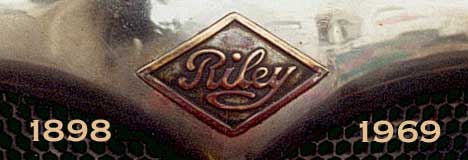

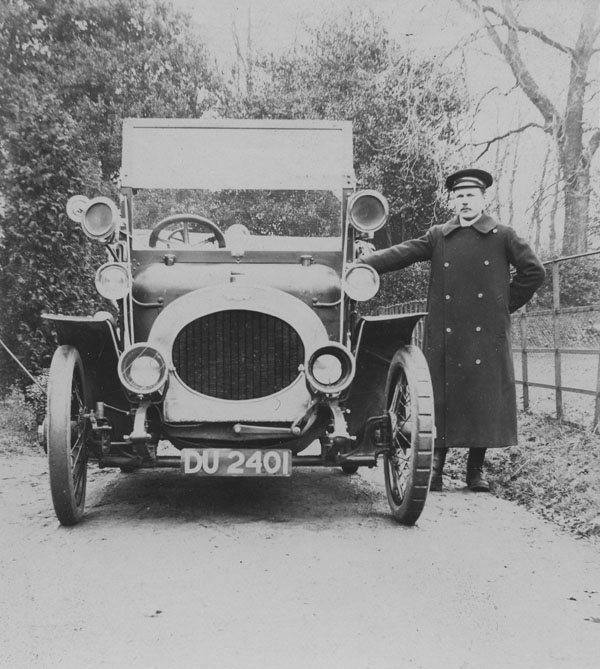

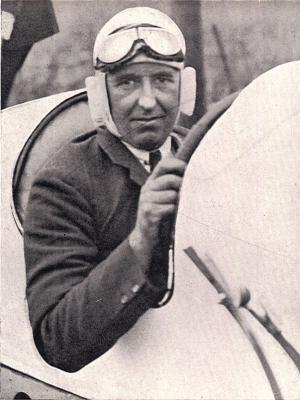
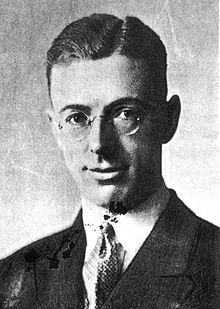


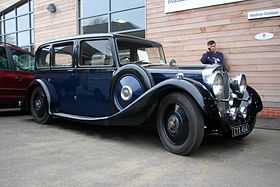

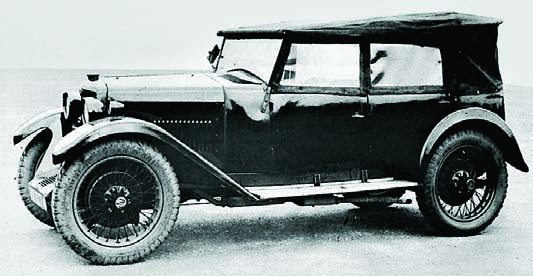














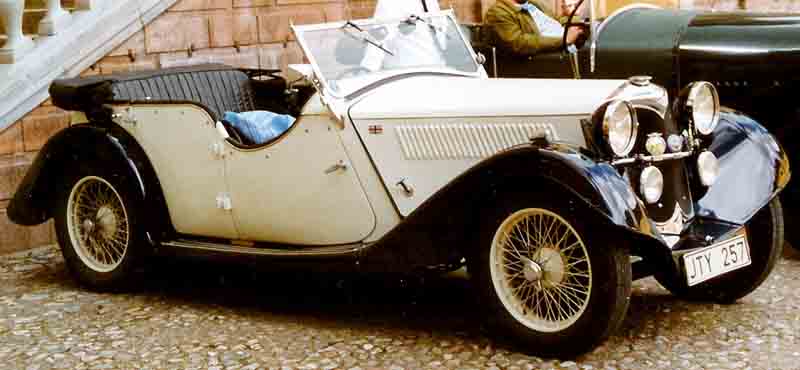










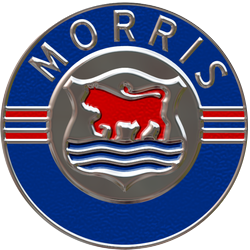


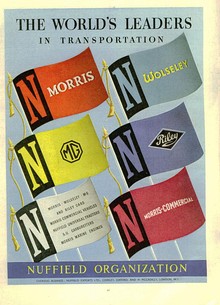

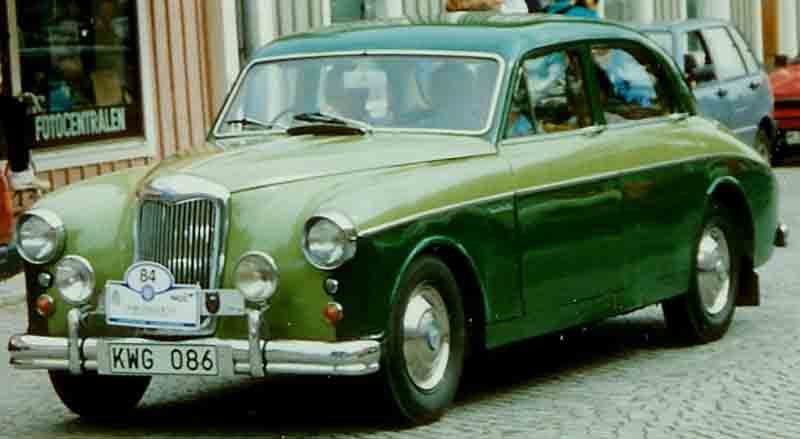

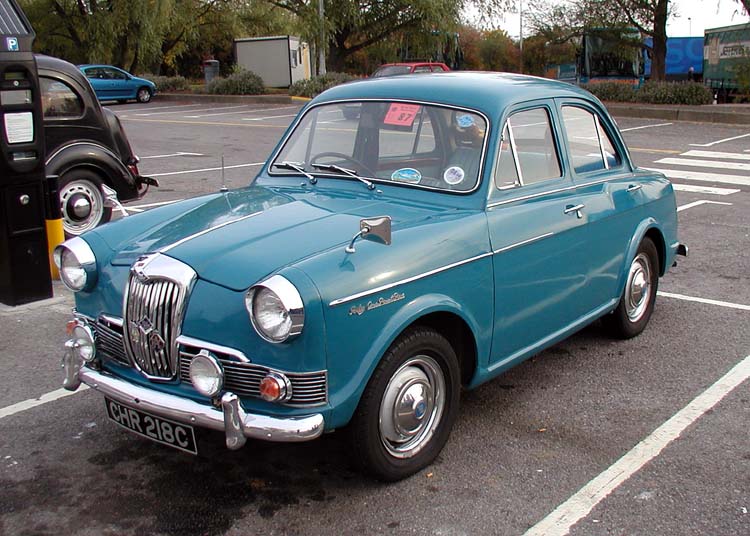



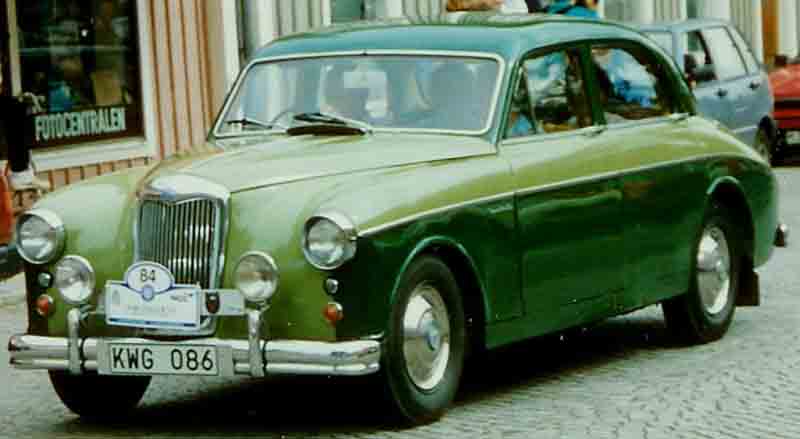
 1957 Riley two-point-six 1957 207 CWL
1957 Riley two-point-six 1957 207 CWL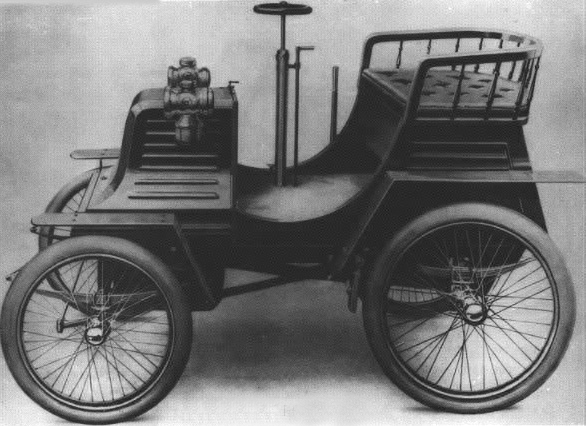
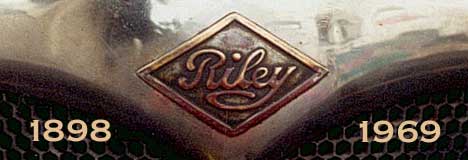





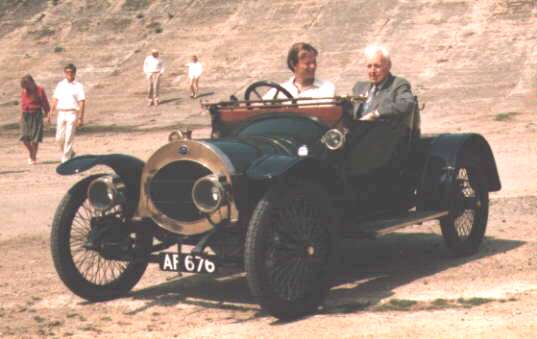

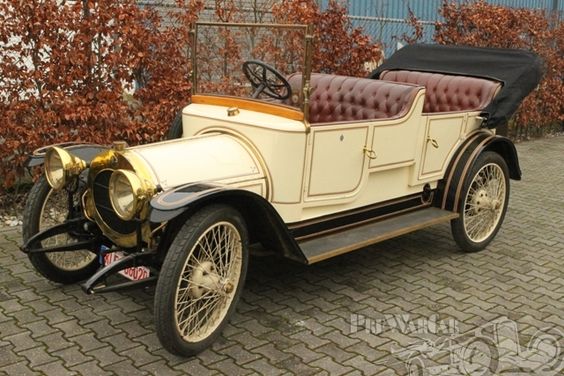

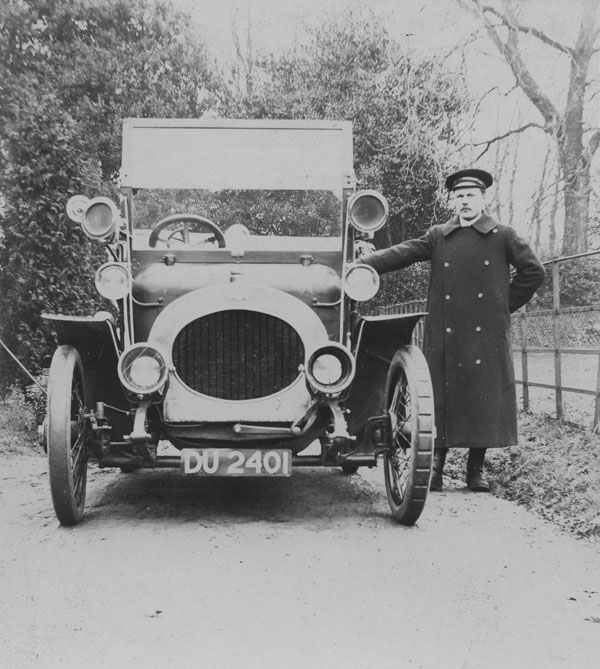



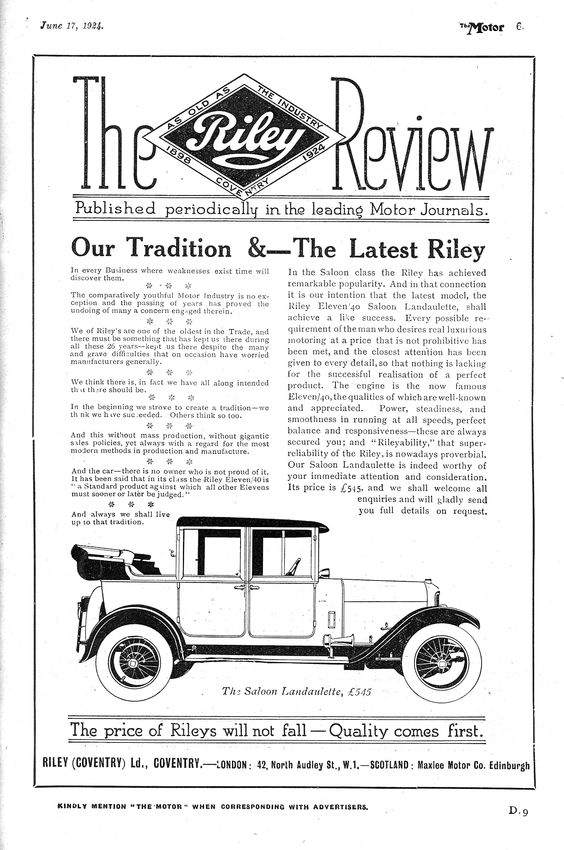






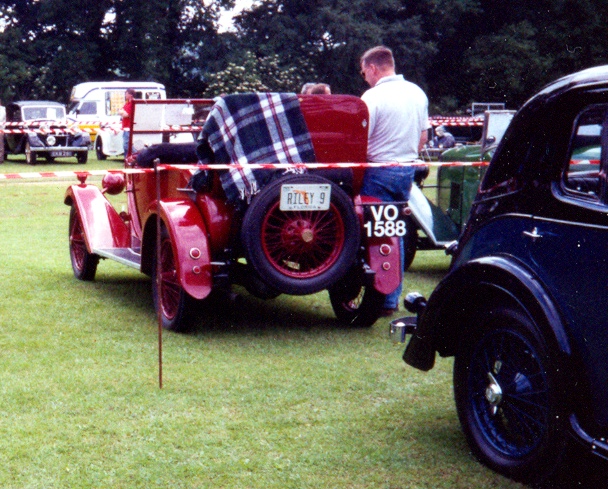



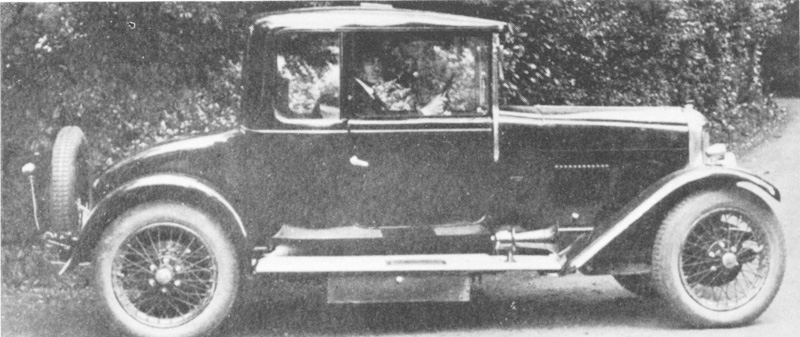




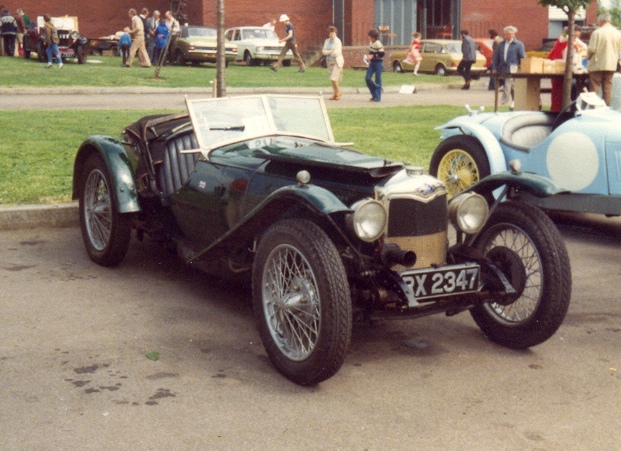

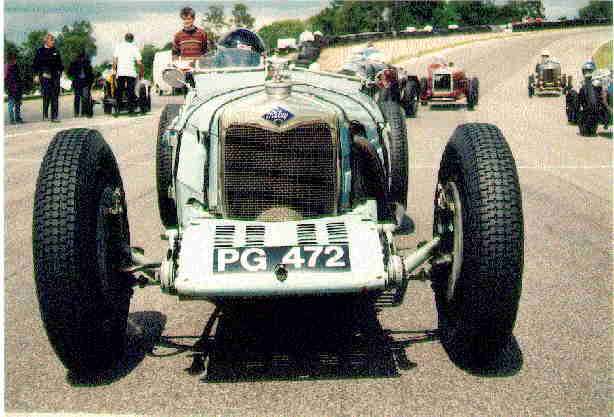



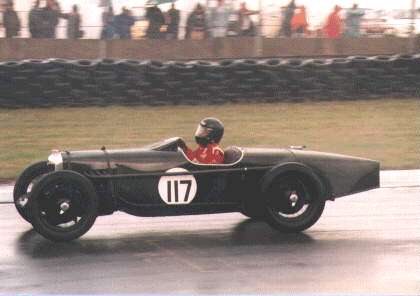

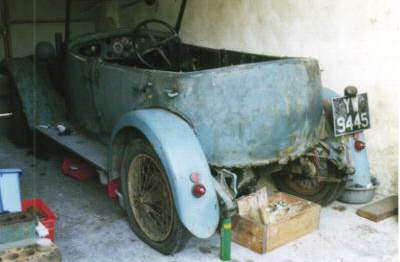



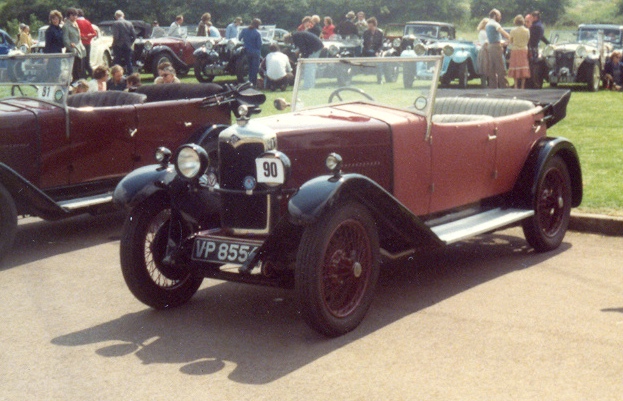
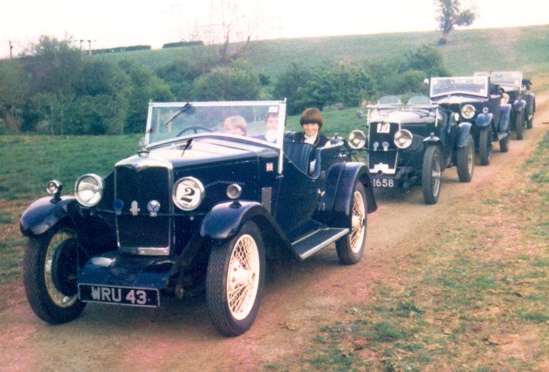
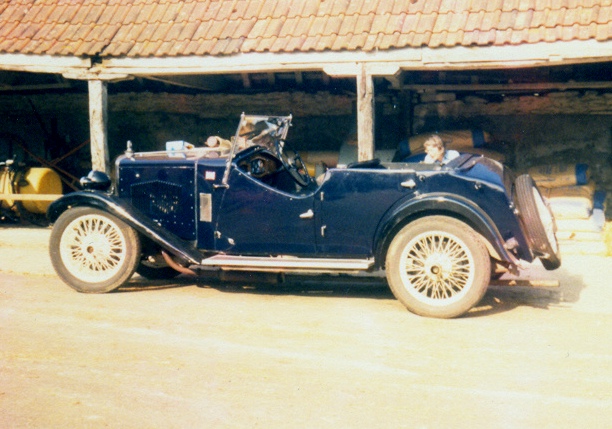
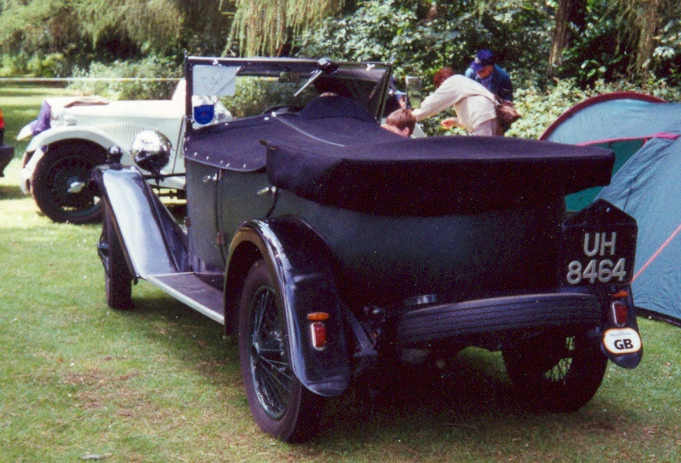


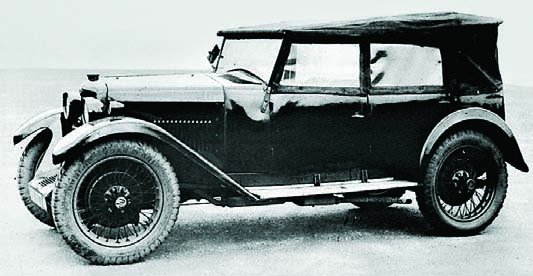
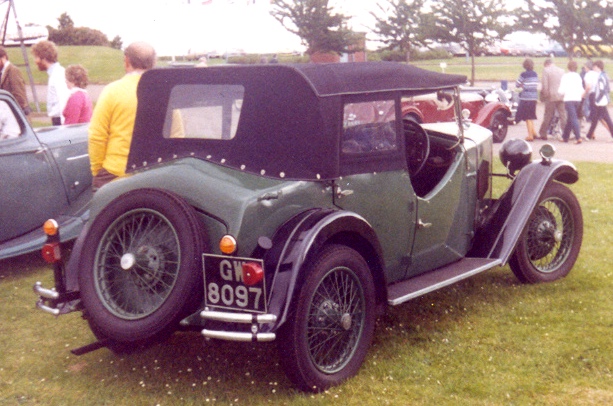





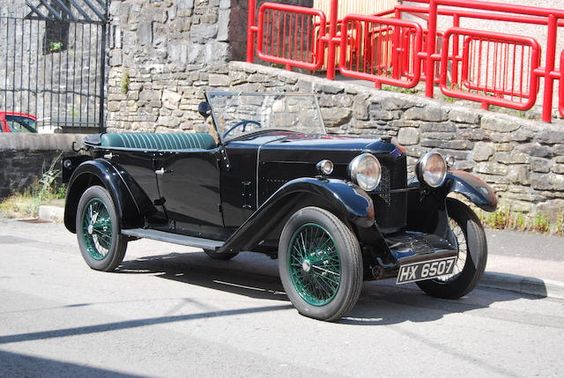






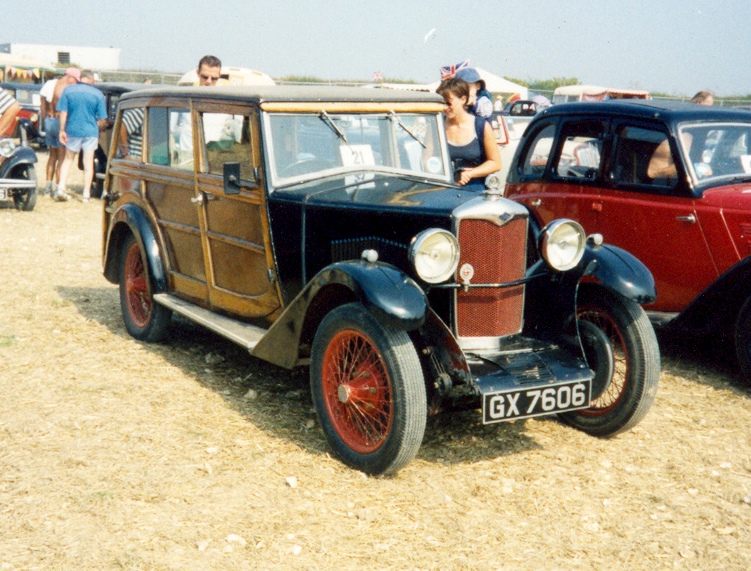
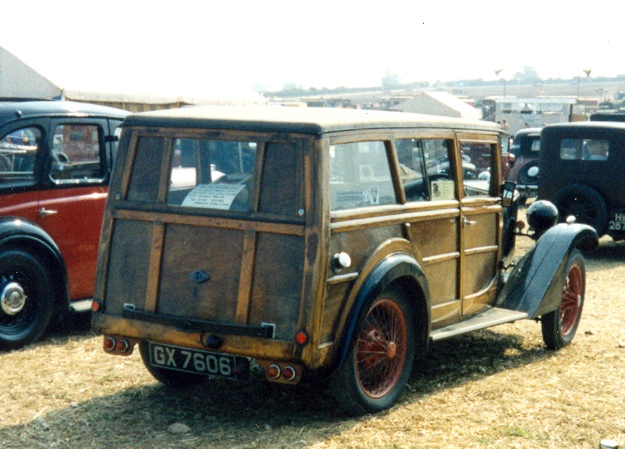
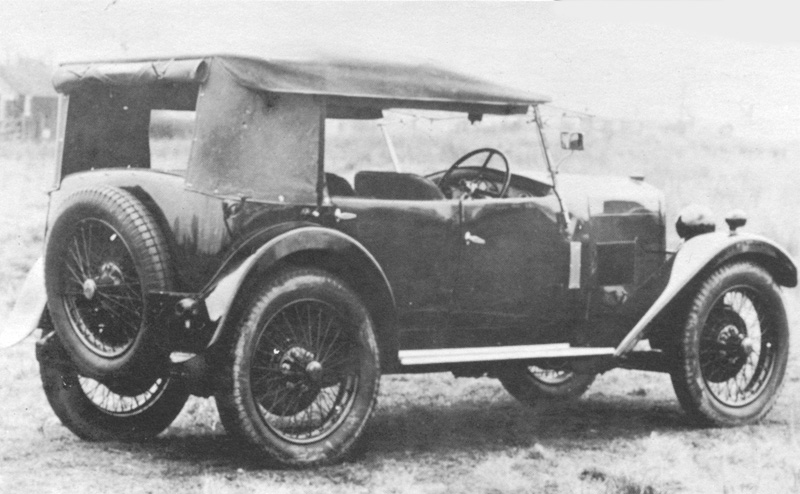












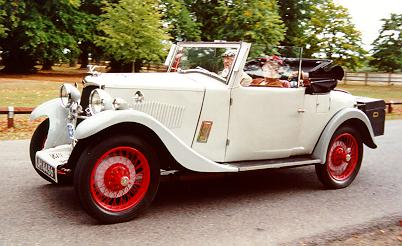













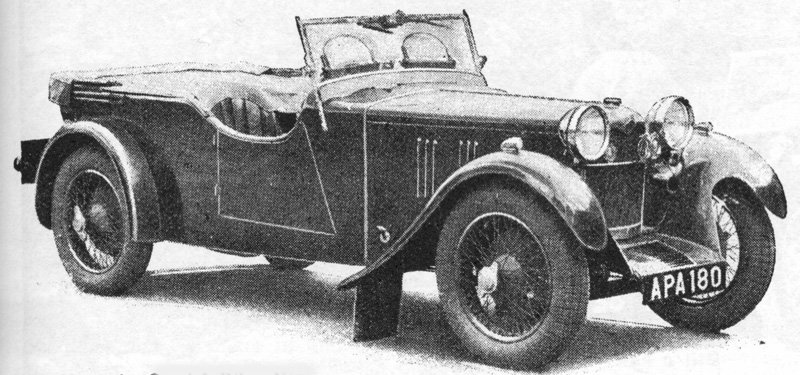












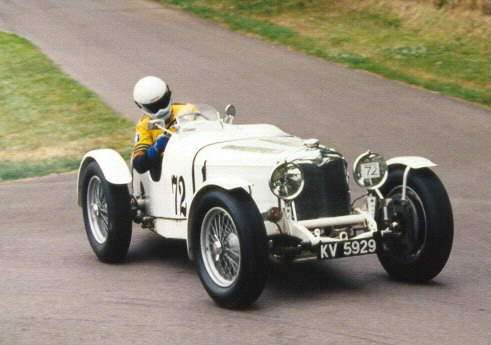




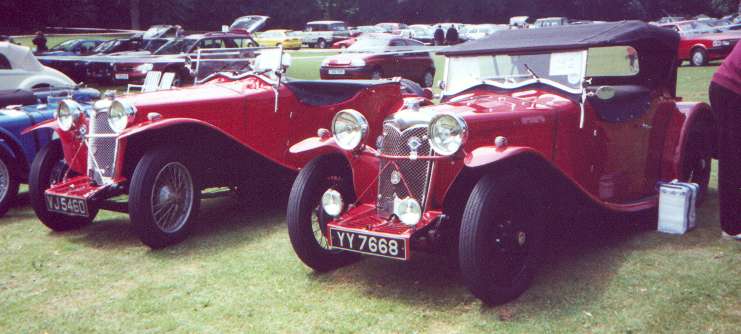




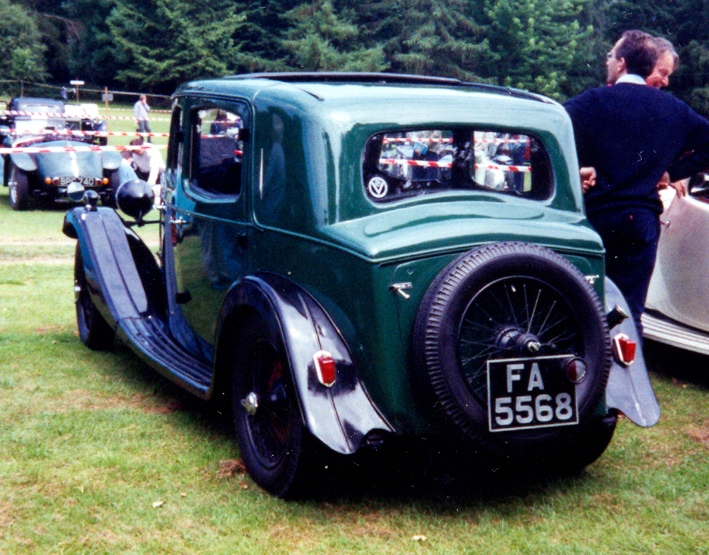
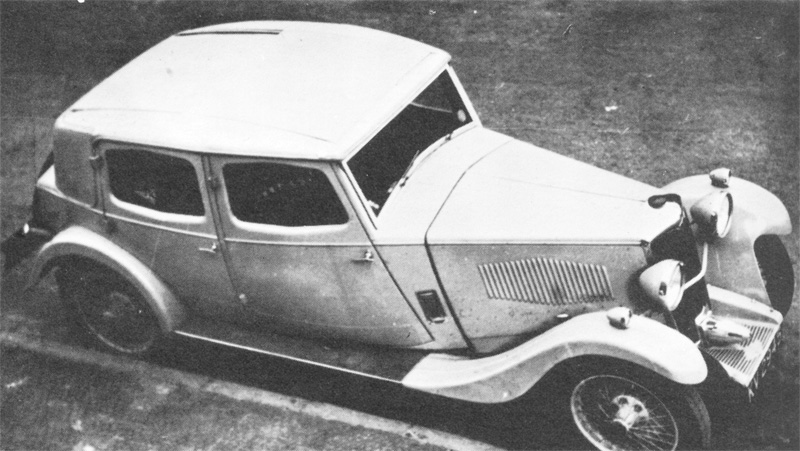
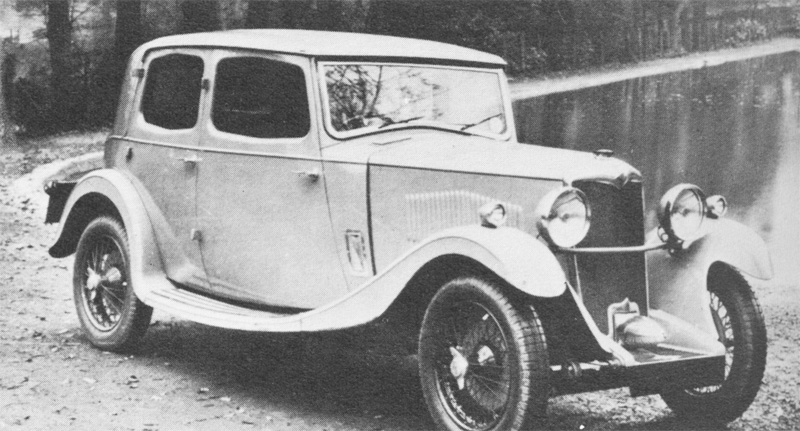




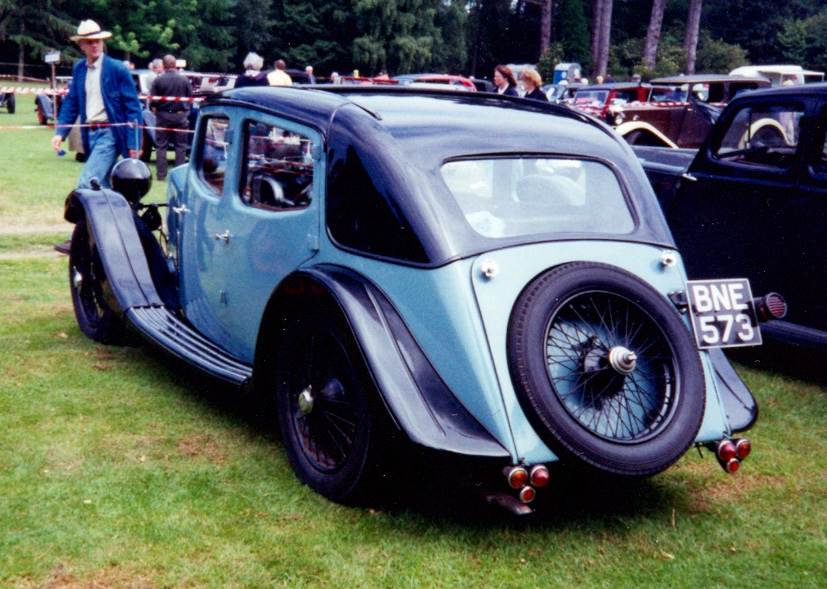







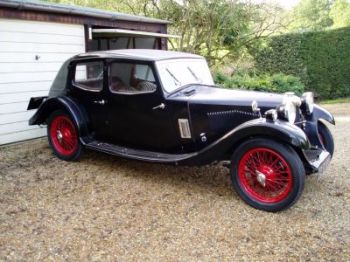


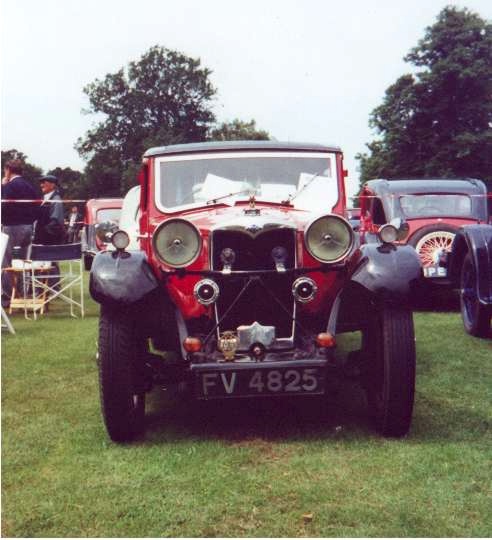










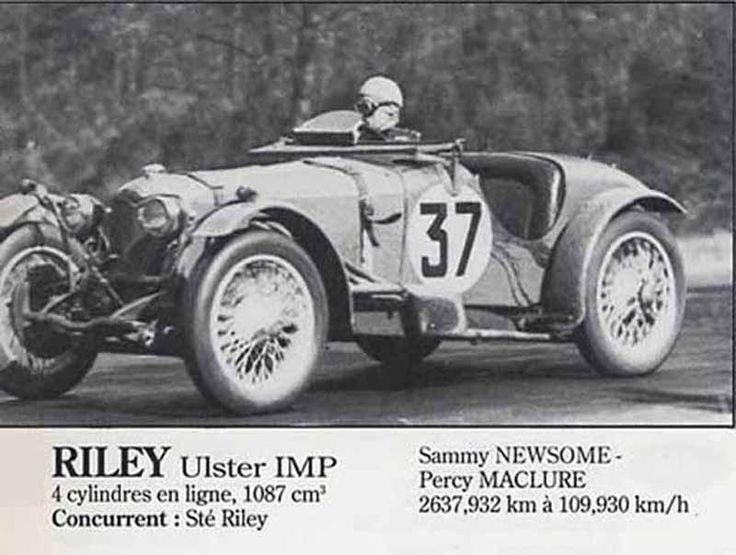
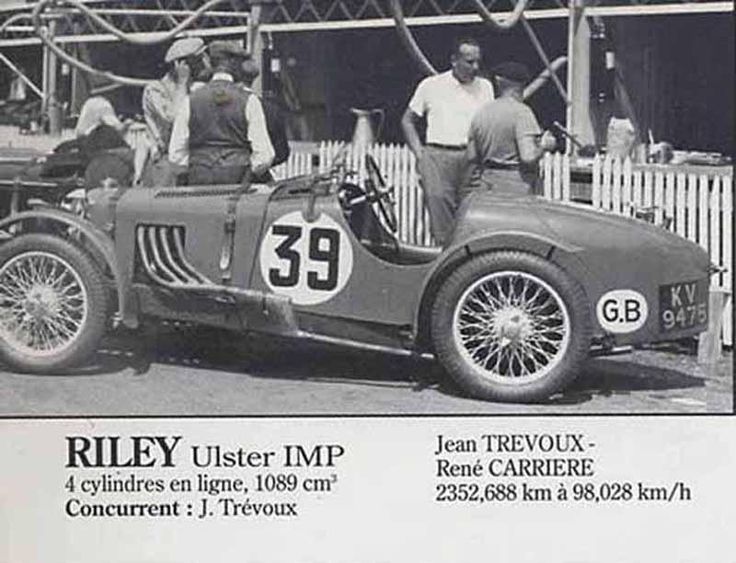








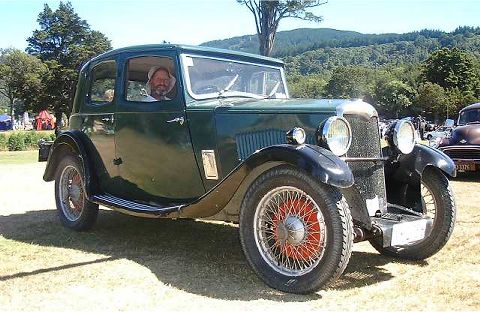












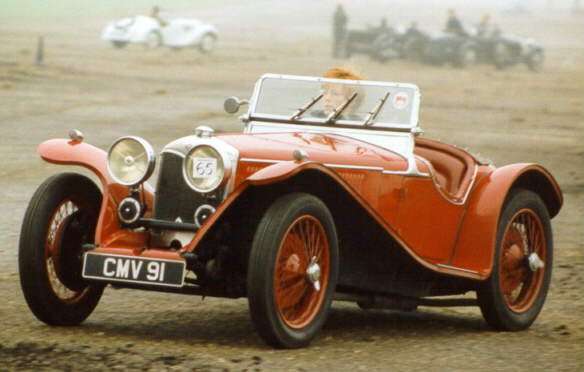

























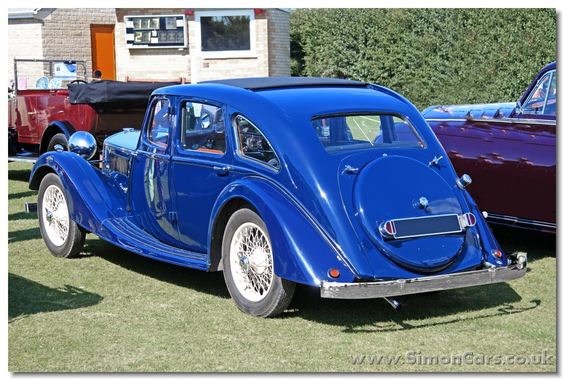


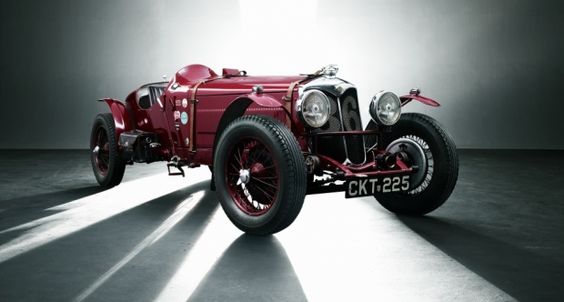


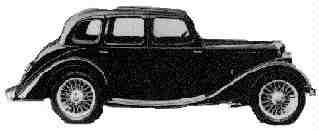
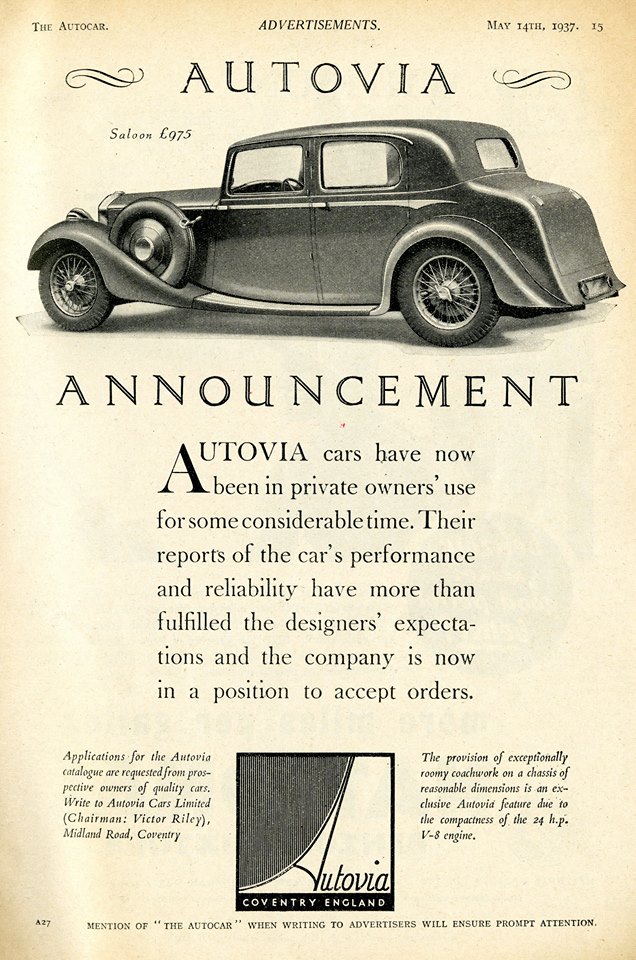
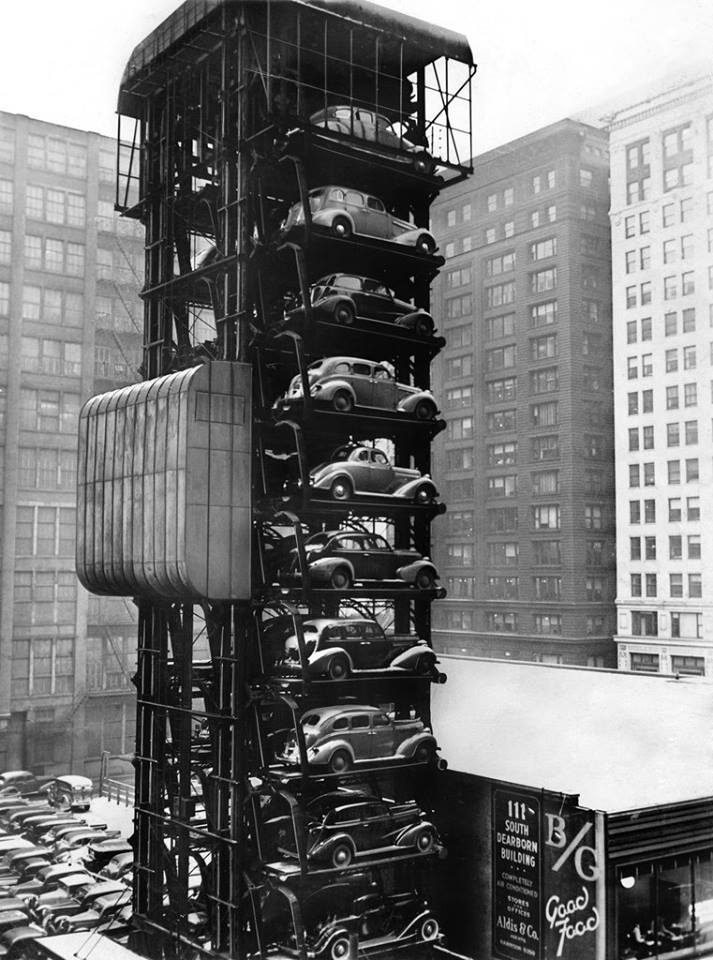






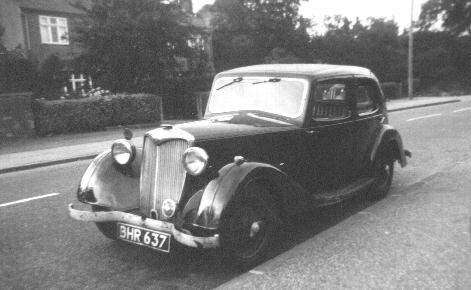






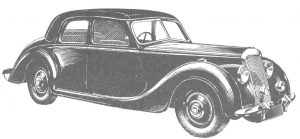
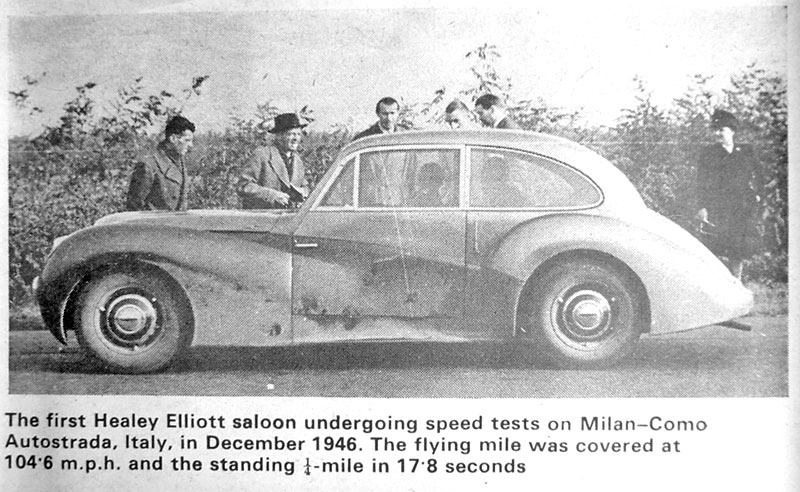
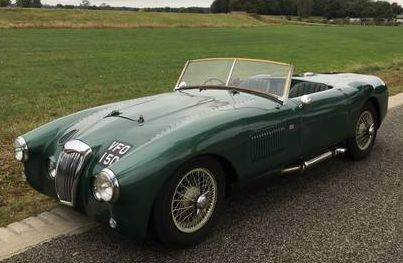





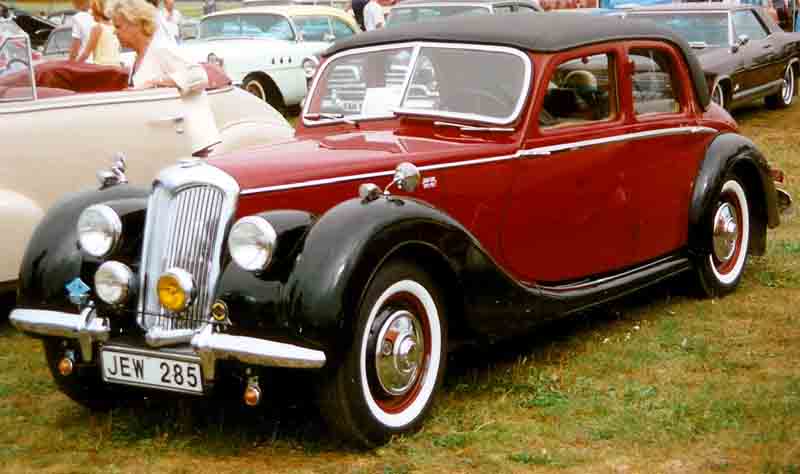














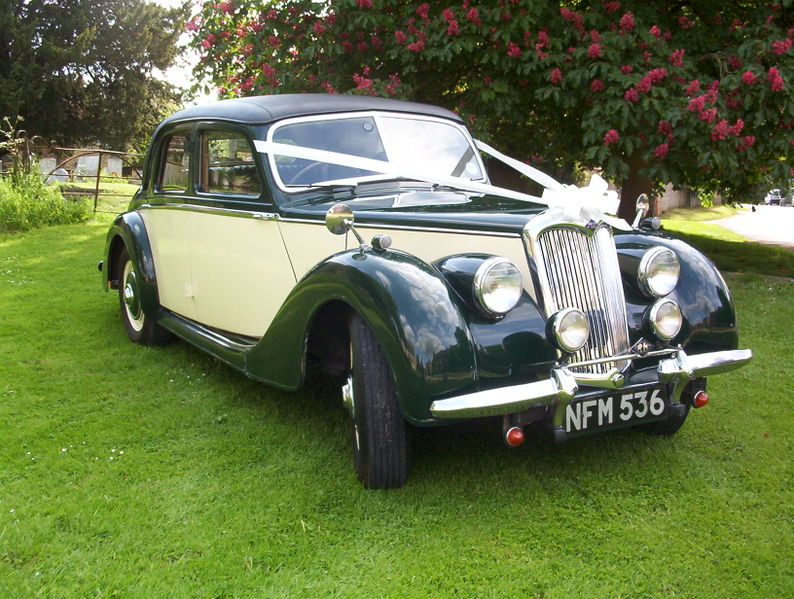







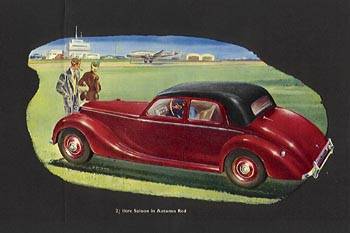
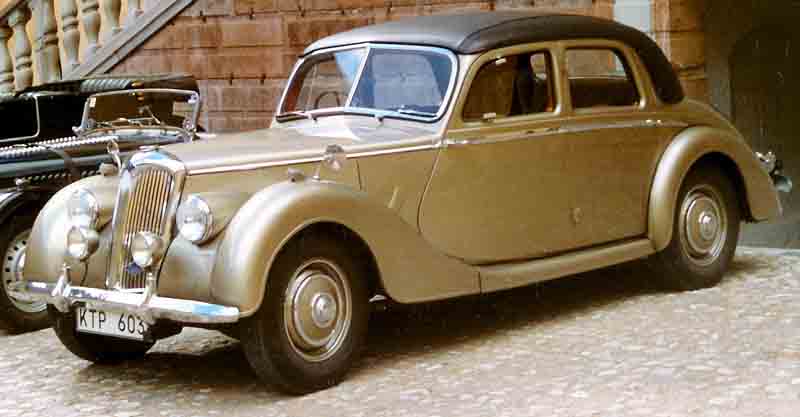





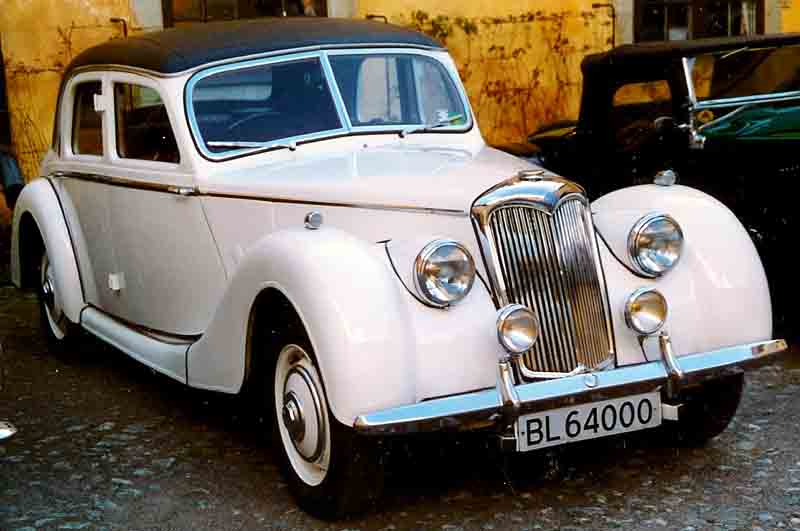

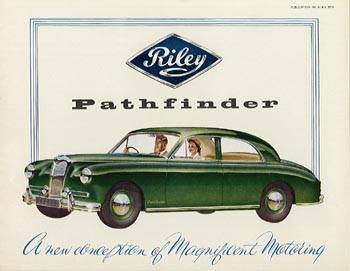

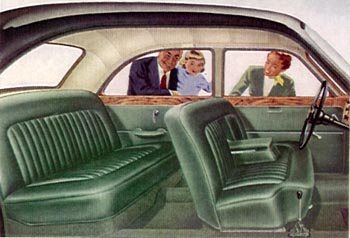
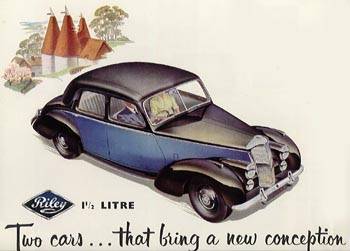




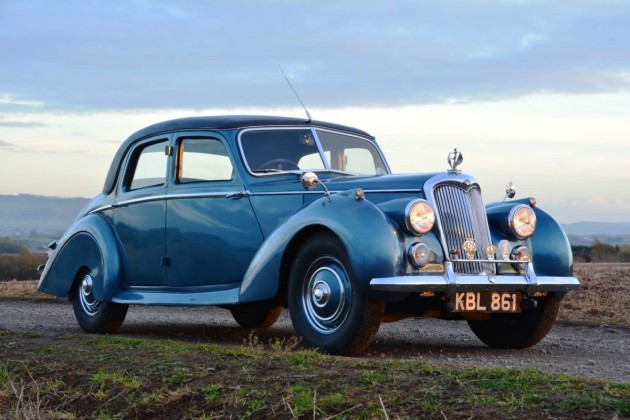
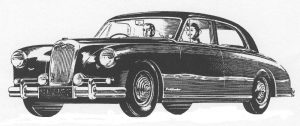





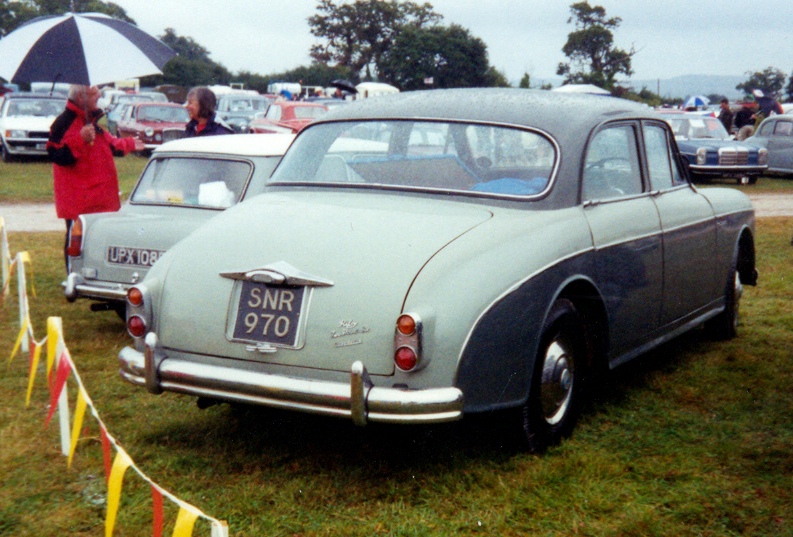



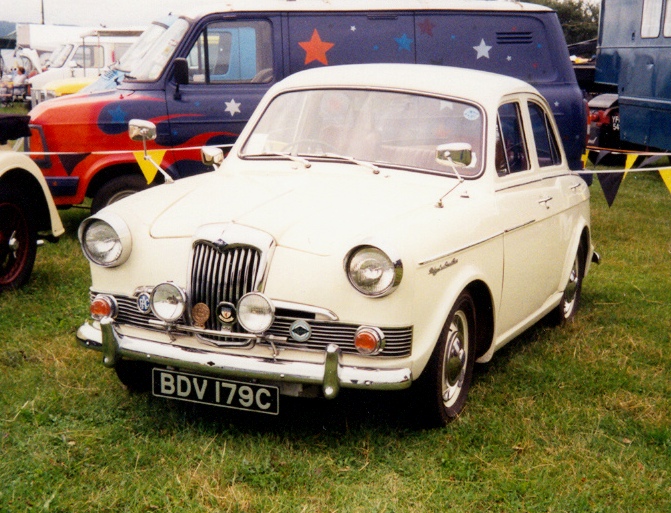
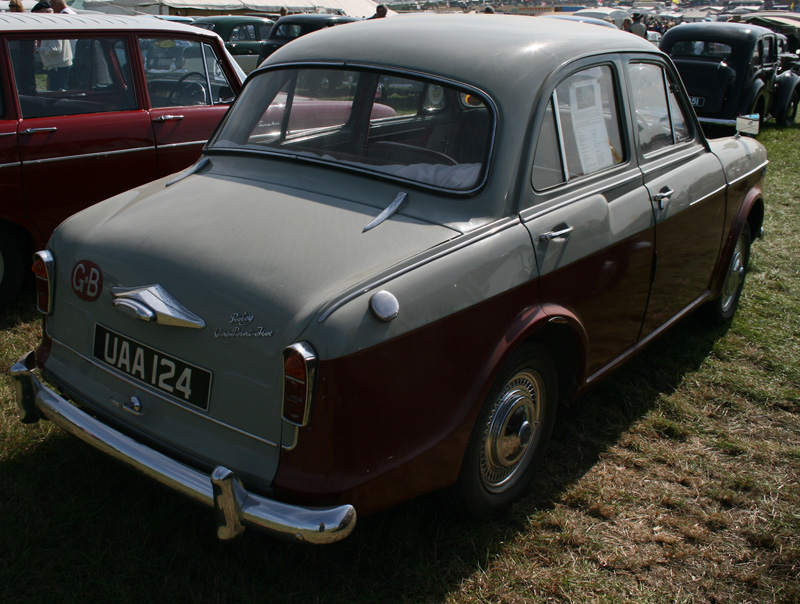



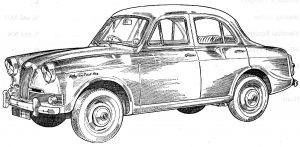

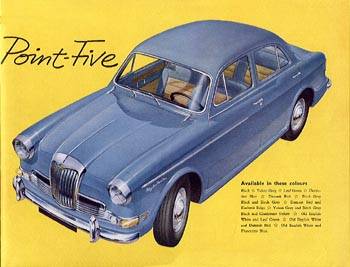
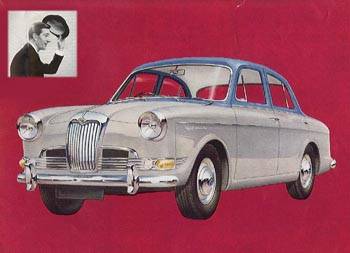
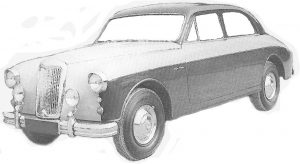




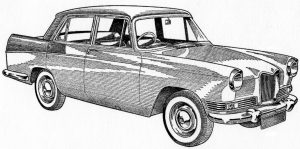













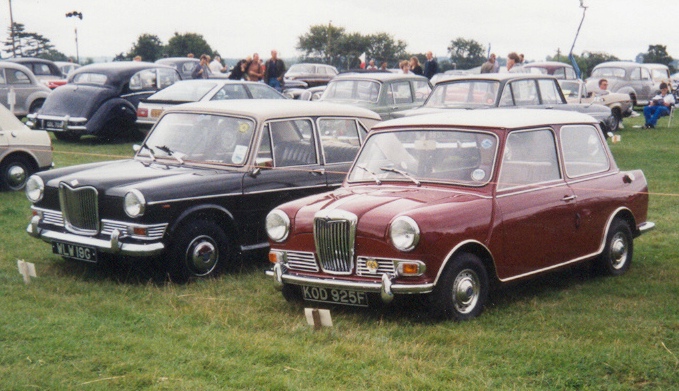

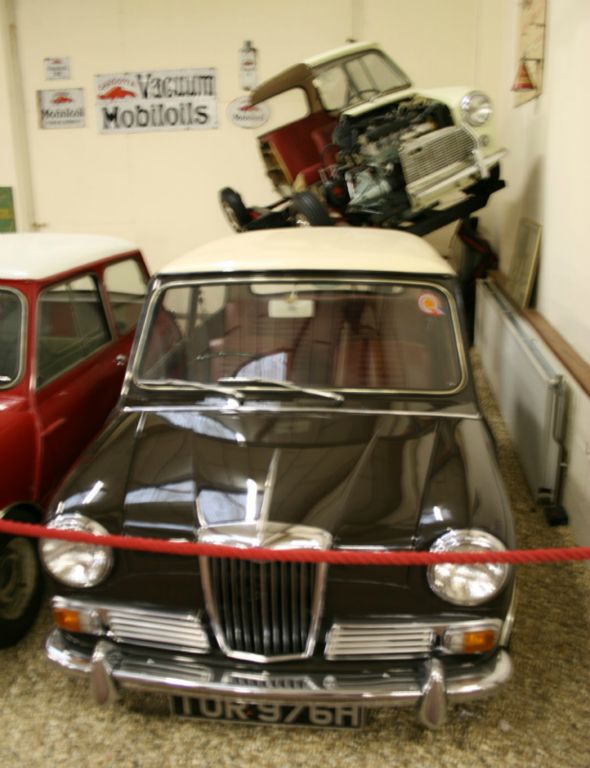


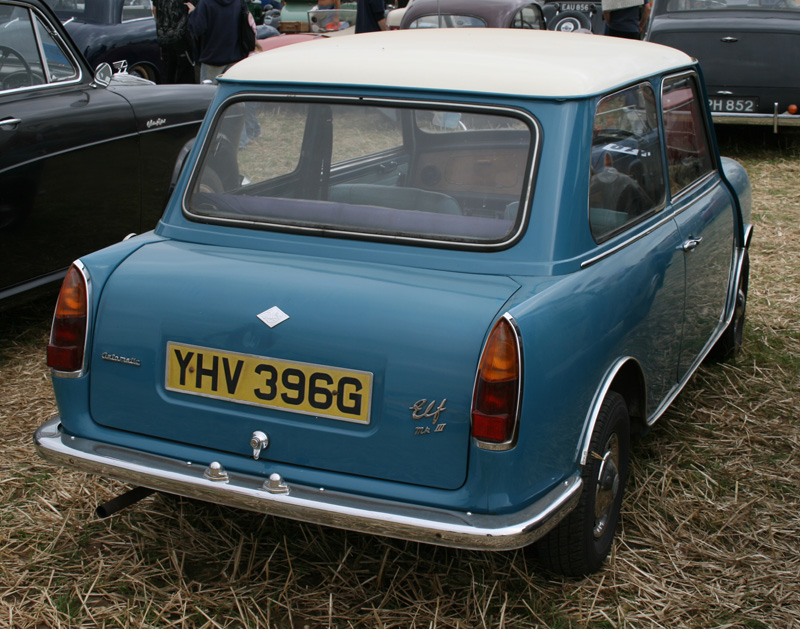








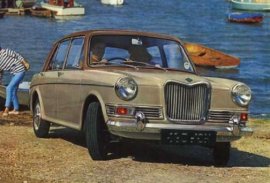
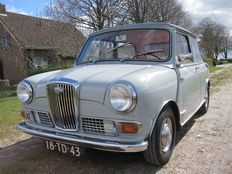
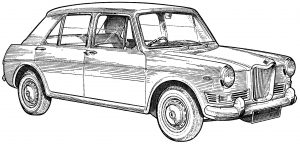
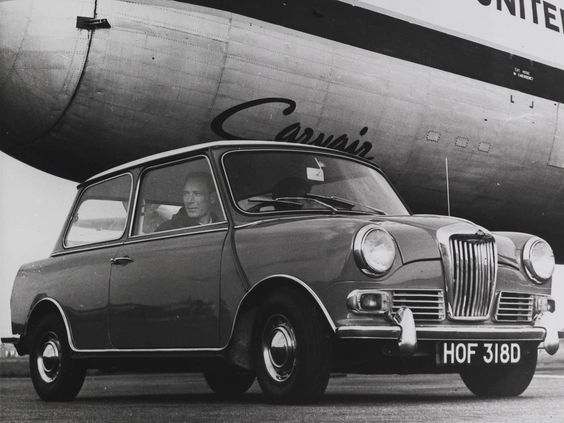




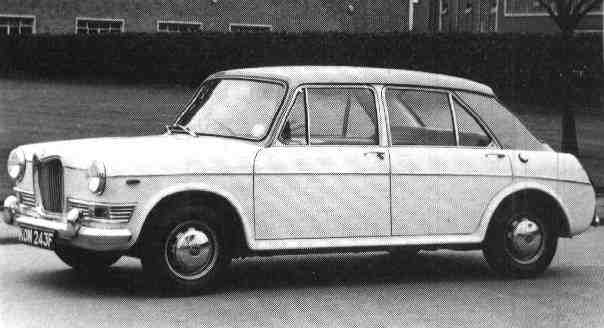
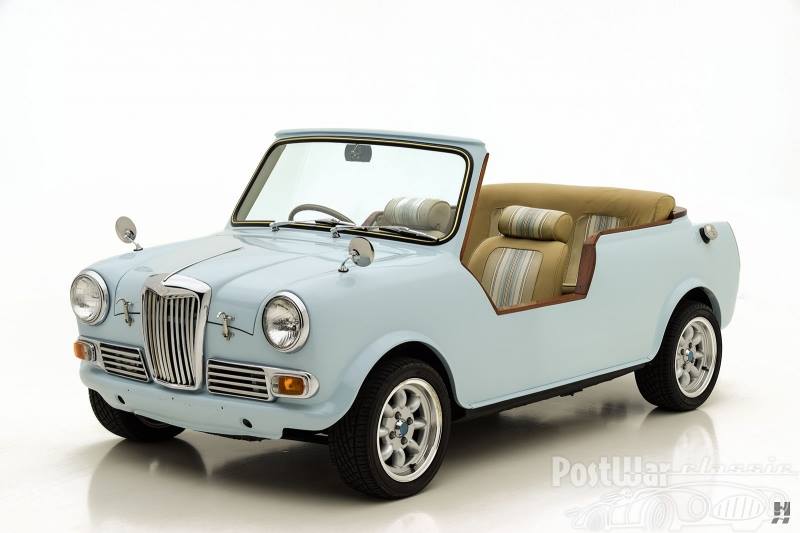


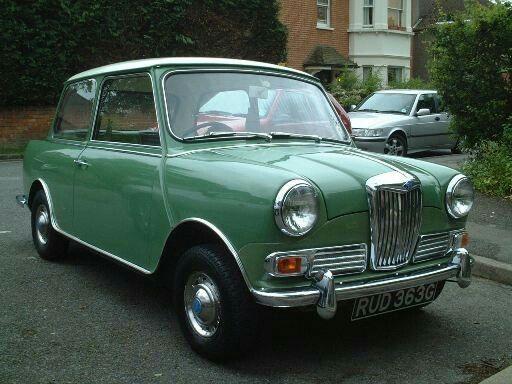







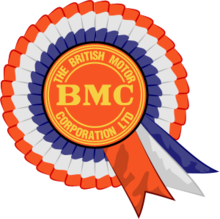


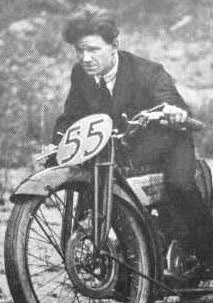



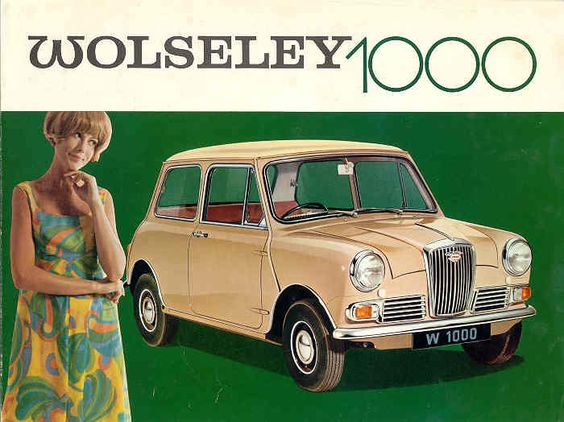
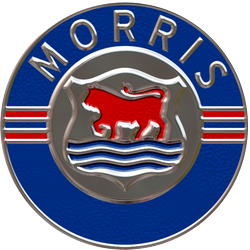
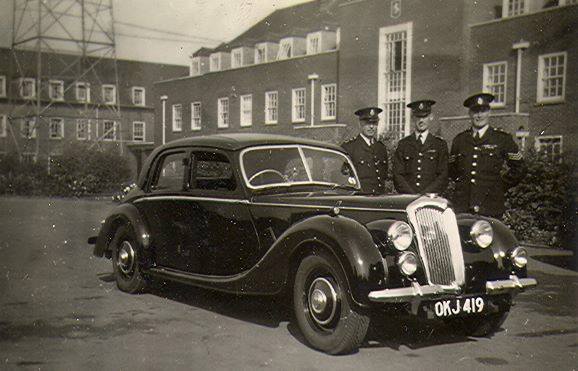
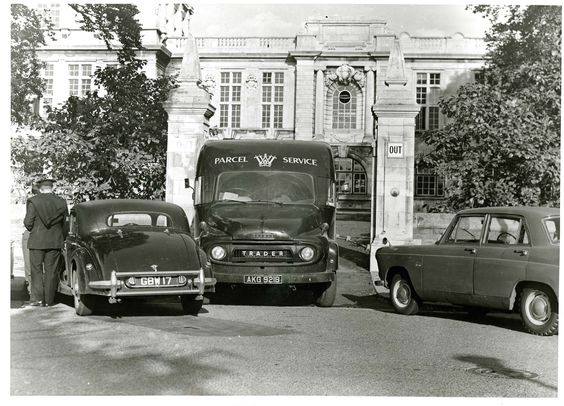



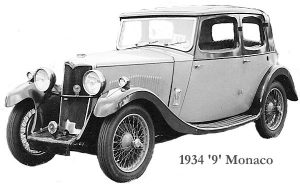













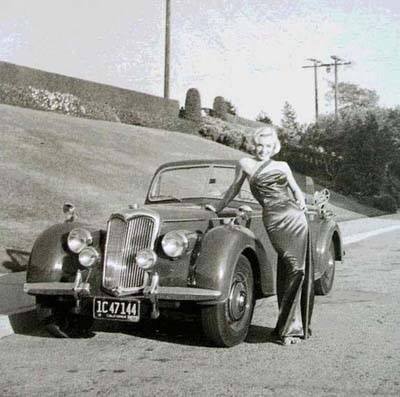




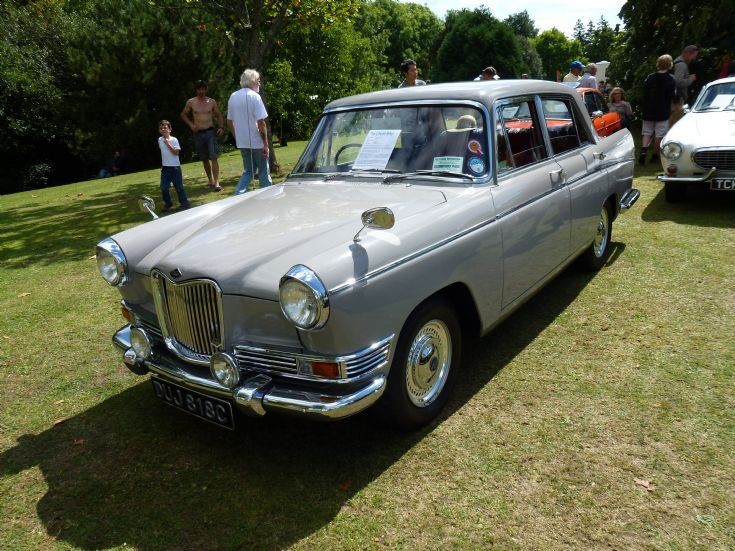

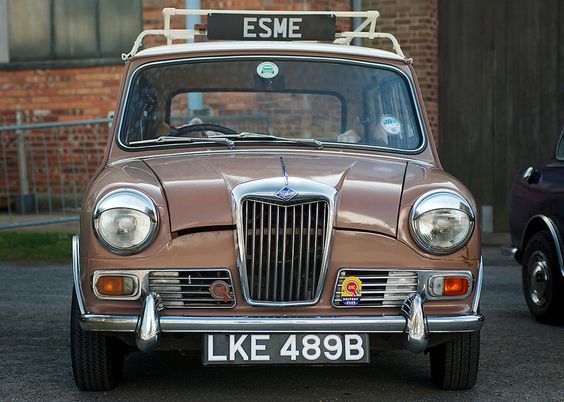
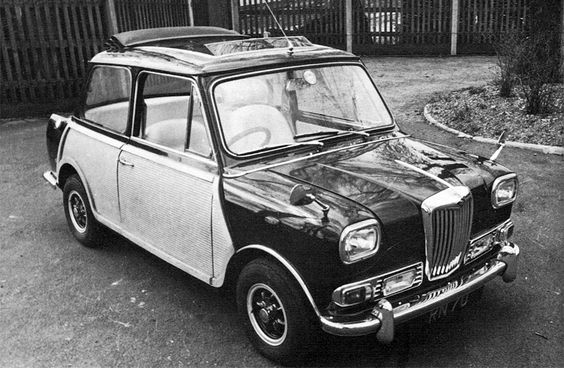
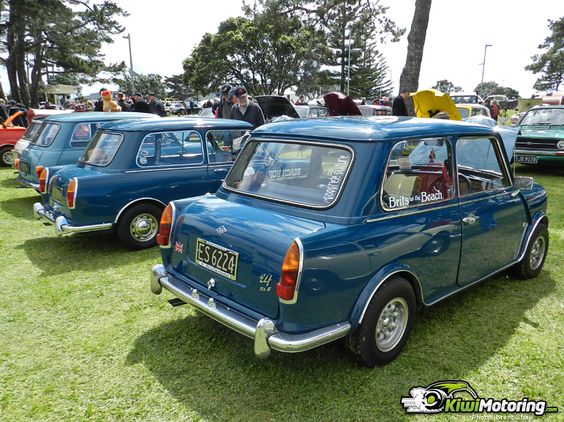

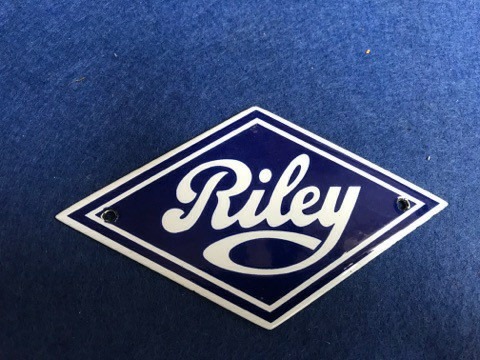

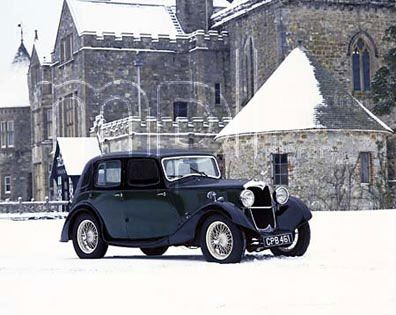







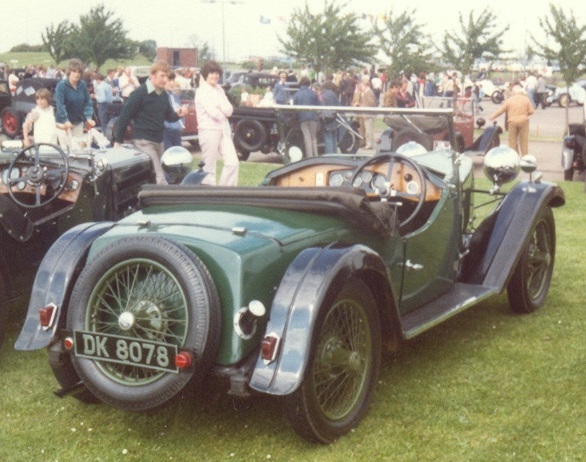


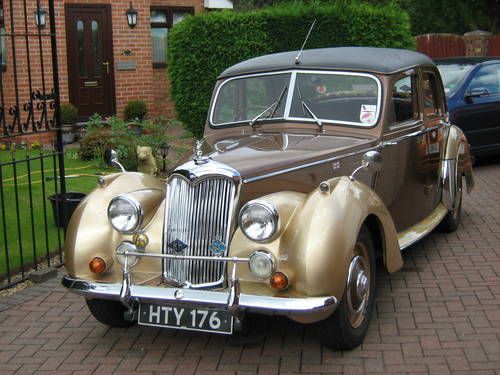
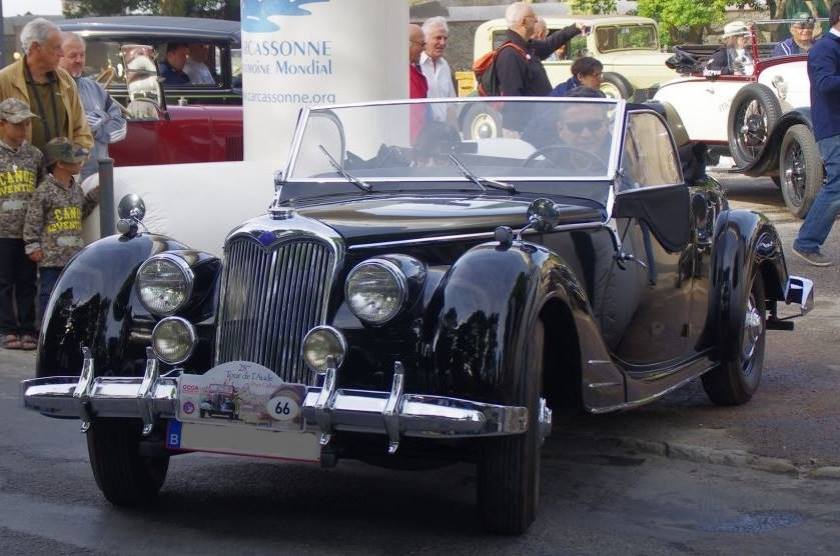



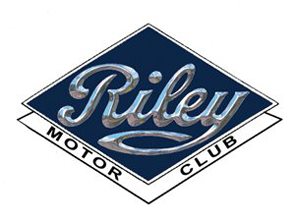



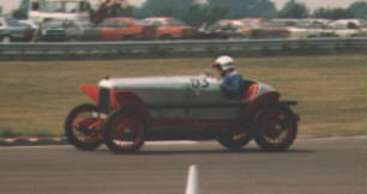

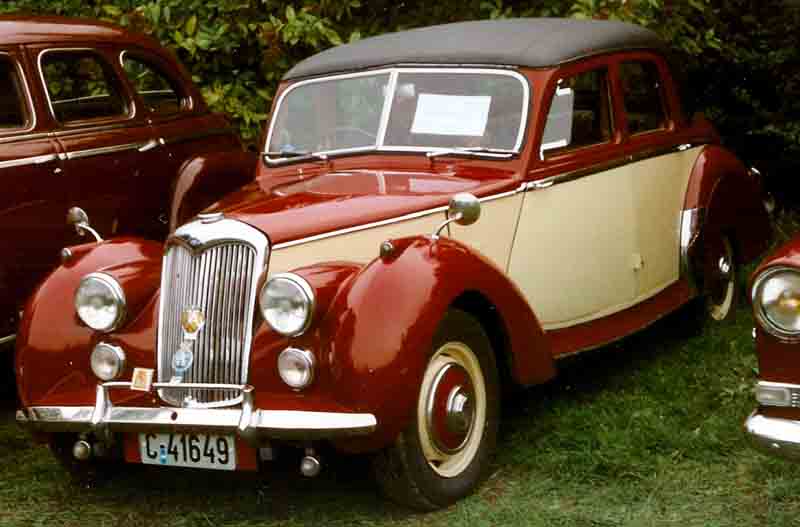

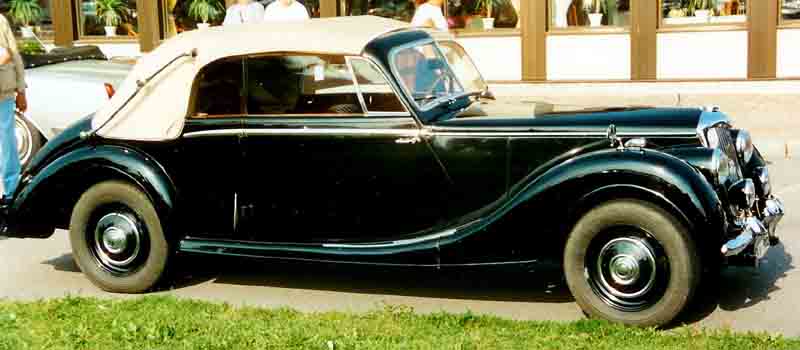

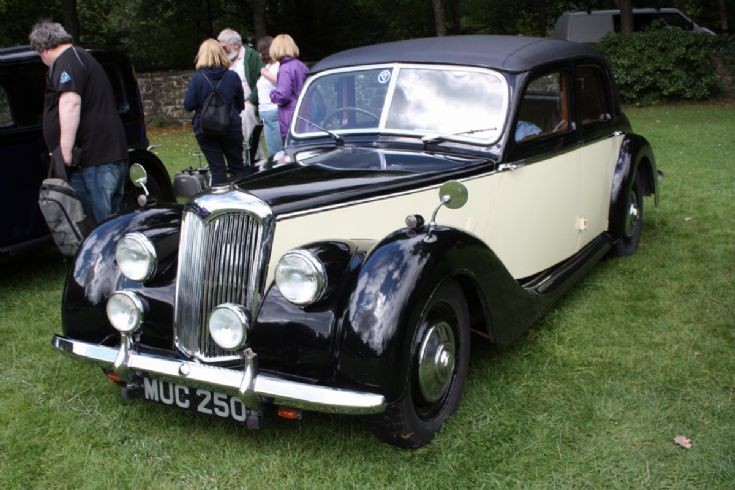















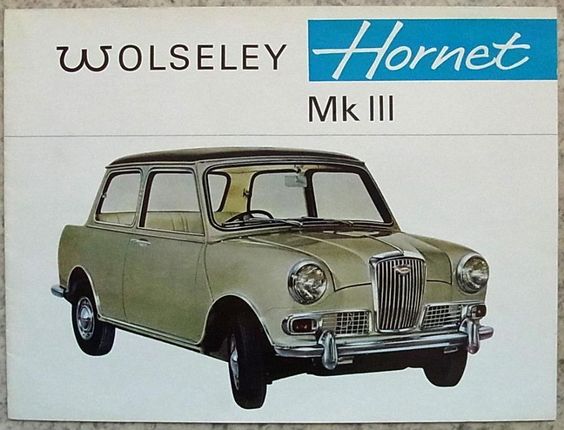






 1970 Bentley T series 1 with chrome bumpers
1970 Bentley T series 1 with chrome bumpers 1992 Rolls-Royce Phantom VI Landaulette
1992 Rolls-Royce Phantom VI Landaulette Second-generation Rolls-Royce Corniche
Second-generation Rolls-Royce Corniche

 1999 Rolls-Royce Silver Seraph
1999 Rolls-Royce Silver Seraph








 2001 Bentley Arnage Red Label
2001 Bentley Arnage Red Label
 2012 Bentley Continental GT (II)
2012 Bentley Continental GT (II)
 2010 Bentley Mulsanne
2010 Bentley Mulsanne



 1930 Bentley Speed Six tourer with original body by coachbuilder Hooper
1930 Bentley Speed Six tourer with original body by coachbuilder Hooper  1930 Speed Six Mulliner drophead coupé 1930
1930 Speed Six Mulliner drophead coupé 1930  1930 Bentley 8 Litre limousine by Mulliner
1930 Bentley 8 Litre limousine by Mulliner 




 1936 Bentley 4¼-litre 4-door sports saloon
1936 Bentley 4¼-litre 4-door sports saloon 







 Bentley Mark VI early production (DVLA) first registered 28 October 1947, 4257cc
Bentley Mark VI early production (DVLA) first registered 28 October 1947, 4257cc
 1954 Bentley R-Type Continental HJ Mulliner Sports Saloon – chassis BC2LC
1954 Bentley R-Type Continental HJ Mulliner Sports Saloon – chassis BC2LC 

 Bentley S2
Bentley S2













 1984 Bentley Mulsanne Turbo
1984 Bentley Mulsanne Turbo



 Bentley Continental S (1994-95)
Bentley Continental S (1994-95) Bentley Continental T
Bentley Continental T  2001 Bentley Continental R Mulliner
2001 Bentley Continental R Mulliner 
 1998 Bentley-Brooklands-R-Mulliner-Car-12-of-100-WCH66811-3
1998 Bentley-Brooklands-R-Mulliner-Car-12-of-100-WCH66811-3 





































































































































































































































































































































































































































































































































































































































































































































































































































































































































































































































































































































































































































































































































































































































































































































































































 #######
#######